Milady Chapter 5 Overview
1/86
There's no tags or description
Looks like no tags are added yet.
Name | Mastery | Learn | Test | Matching | Spaced |
|---|
No study sessions yet.
87 Terms
Clean
A mechanical process (scrubbing) using soap and water or detergent and water to remove all visible dirt, debris and many disease-causing germs.
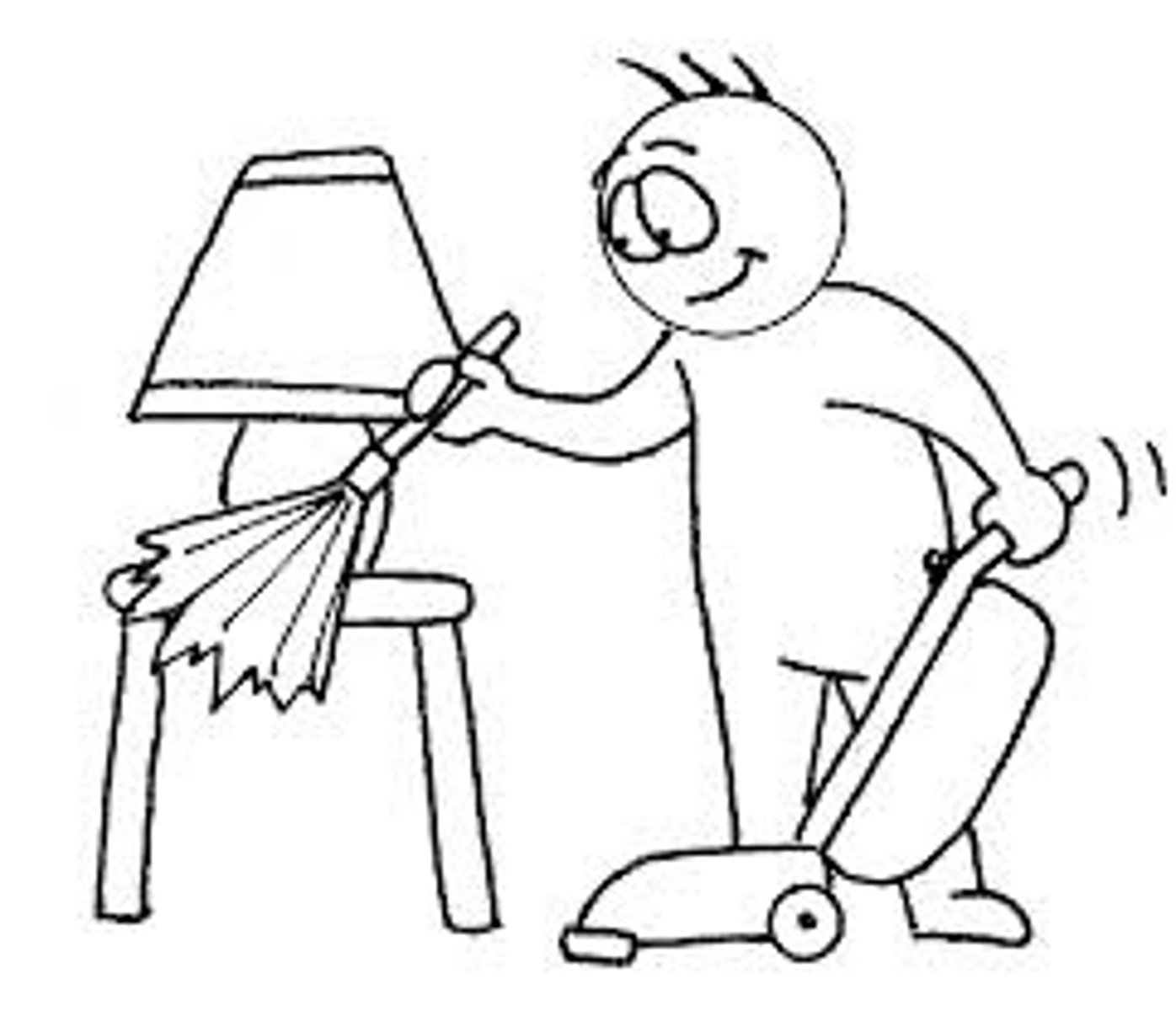
Sanitizing
A chemical process for reducing the number of disease-causing germs on cleaned surfaces to a safe level.
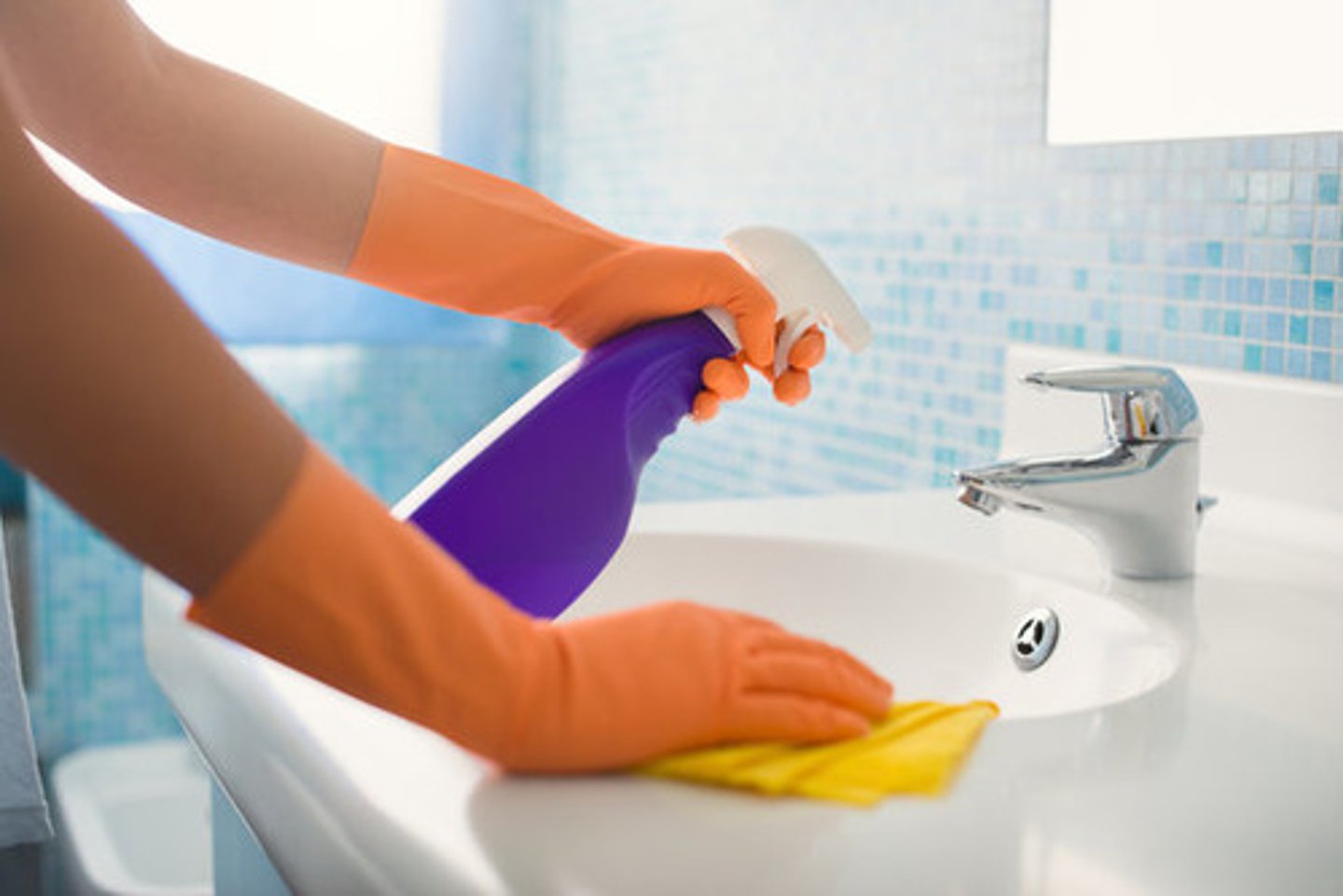
Disinfection
A chemical process that uses specific products to destroy harmful organisms on environmental surfaces.
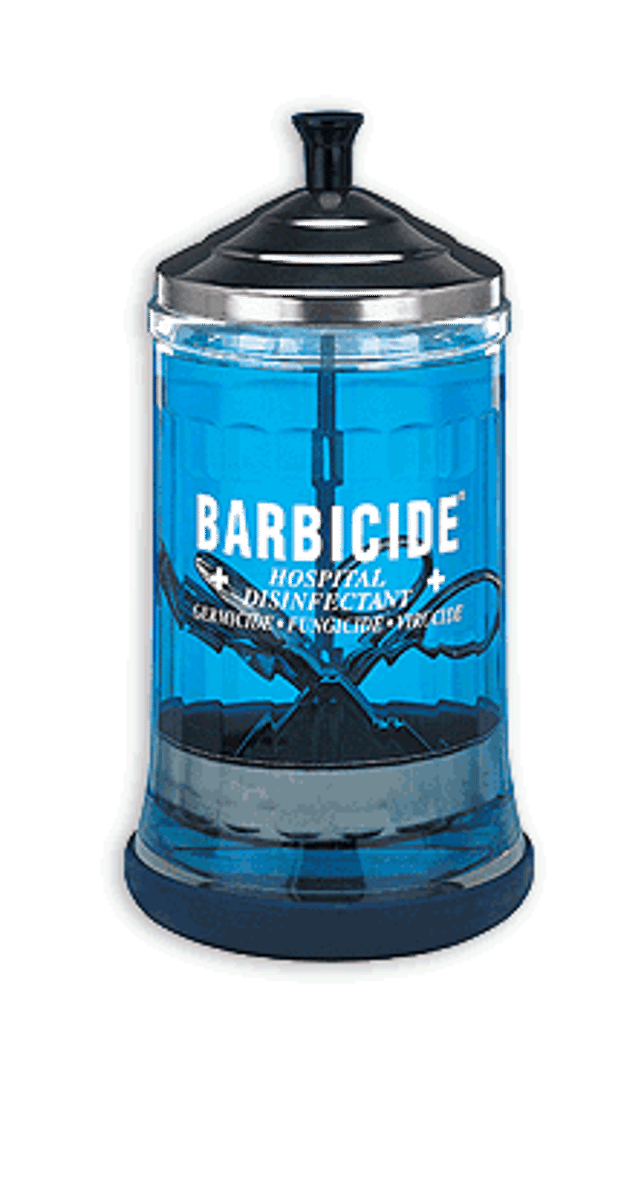
OSHA
Occupational Safety and Health Administration - regulates and enforces safety and health standards to protect employees in the workplace.

MSDS or SDS
Material Safety Data Sheet/Safety Data Sheet - required by law to be present on all chemical products.
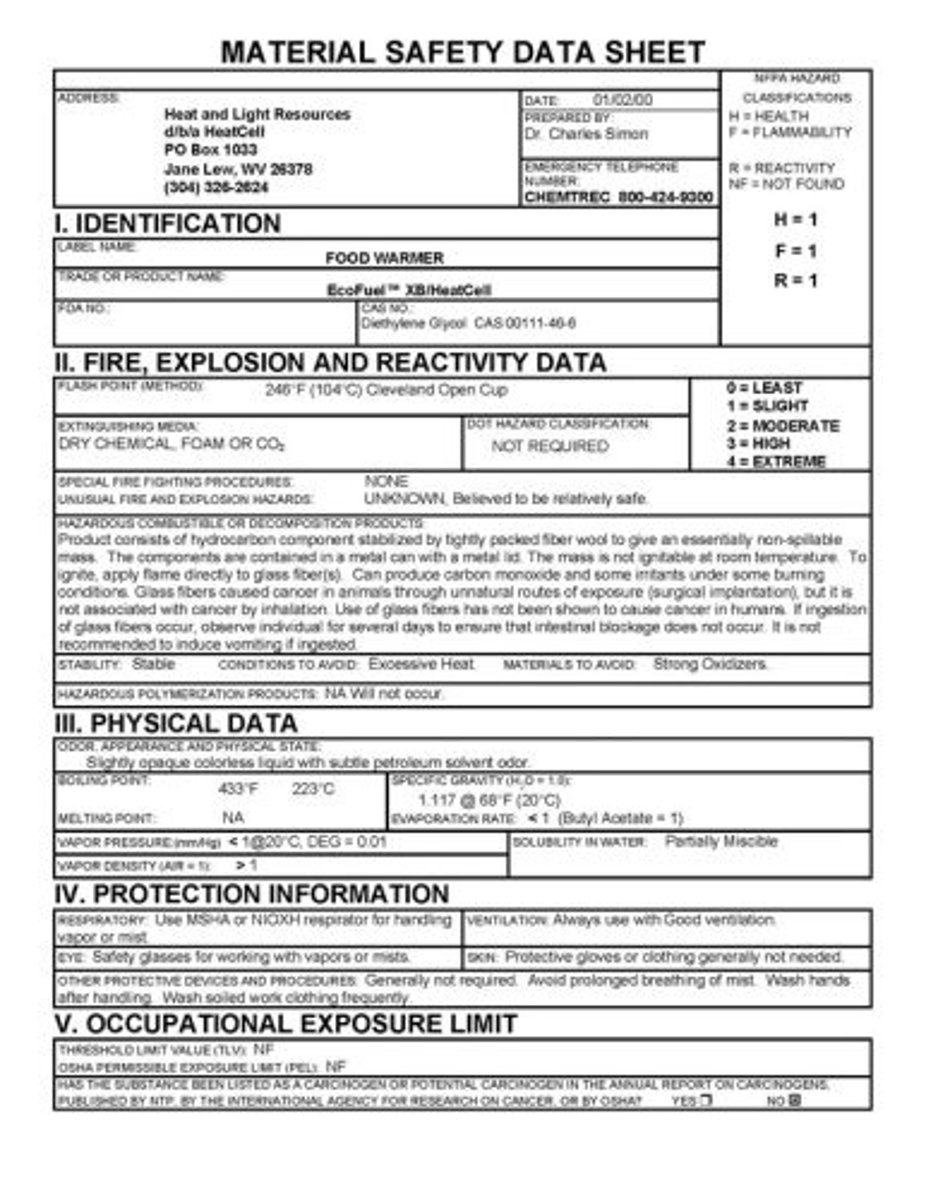
Listed on the MSDS/SDS
Identification
Hazard Identification
Composition/Ingredients
First-aid
Fire-fighting measures
Accidental release measures
Handling and Storage
Exposure controls/Personal Protection
Physical and Chemical Properties
Stability and reactivity
Toxicology Information
Ecological Information
Disposal Consideration
Transport Information
Regulatory Information
Revision Date
EPA
Environmental Protection Agency - registers all types of disinfectants sold and used in the United States
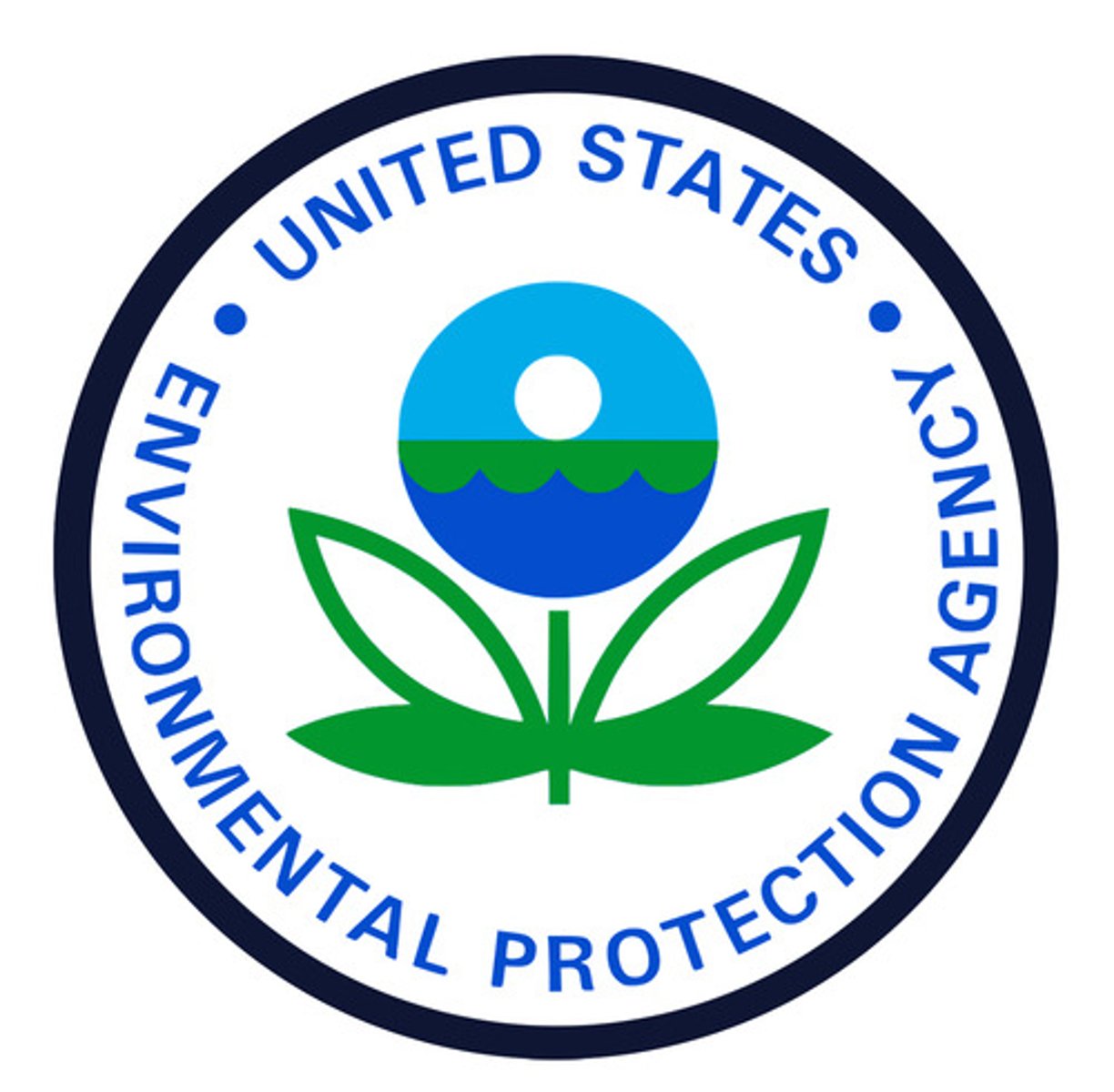
Disinfectants
chemical products that destroy most bacteria (excluding spores), fungi, and viruses on surfaces.
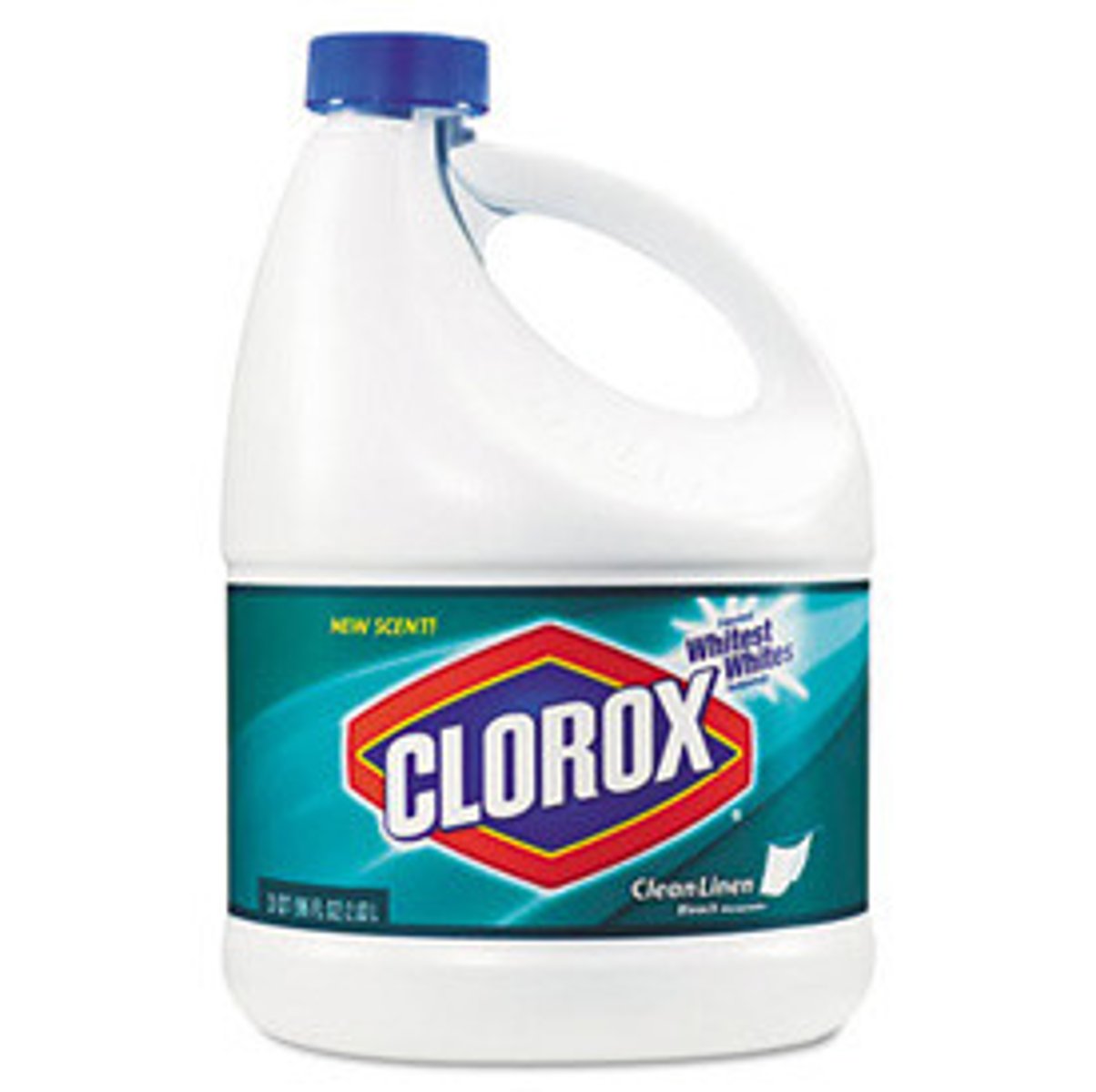
Hospital Disinfectants
Designated by the EPA as being effective enough to be used in a hospital setting
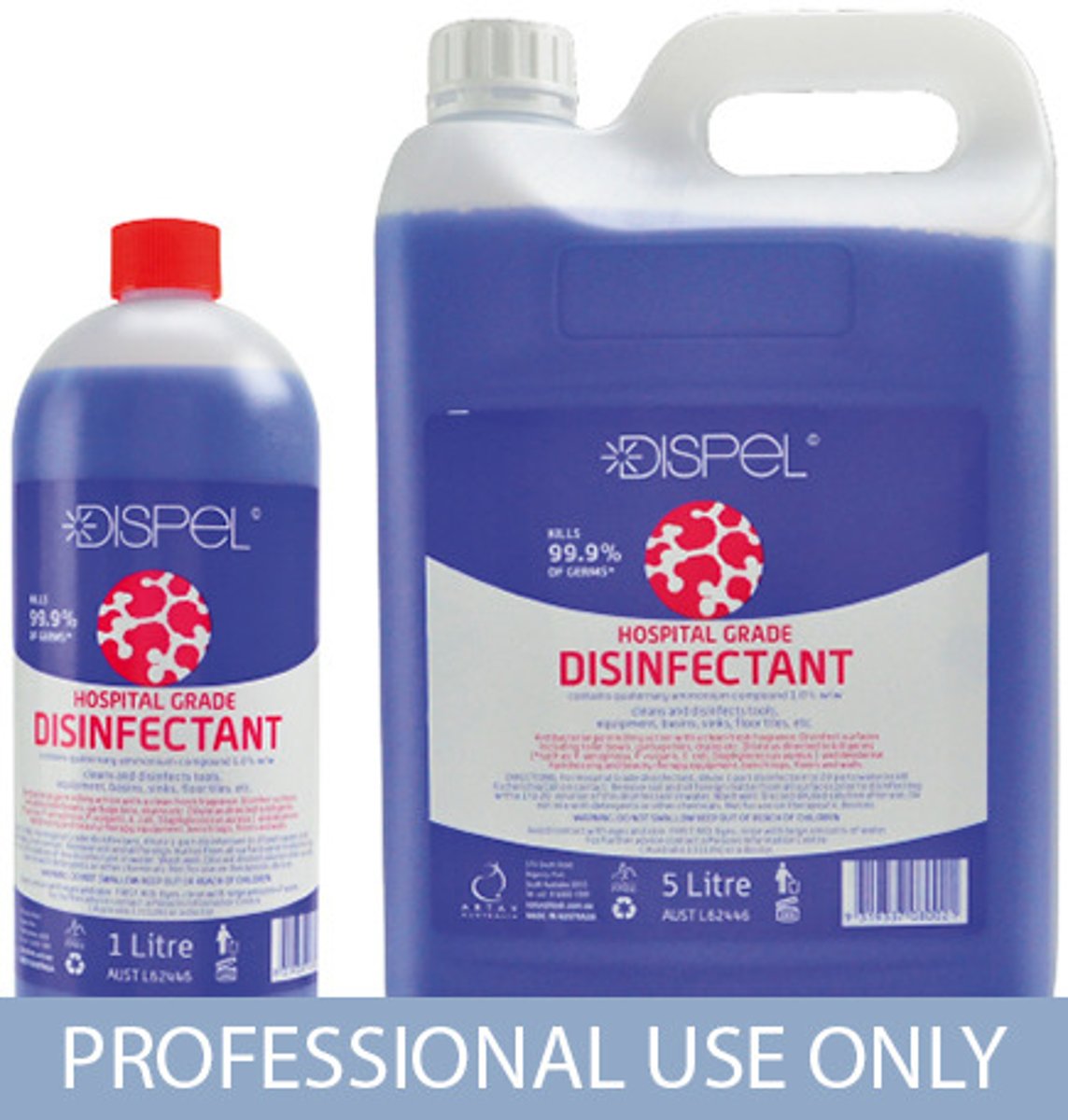
Nonporous
Made/constructed of material that has no pores or openings and cannot absorb liquid
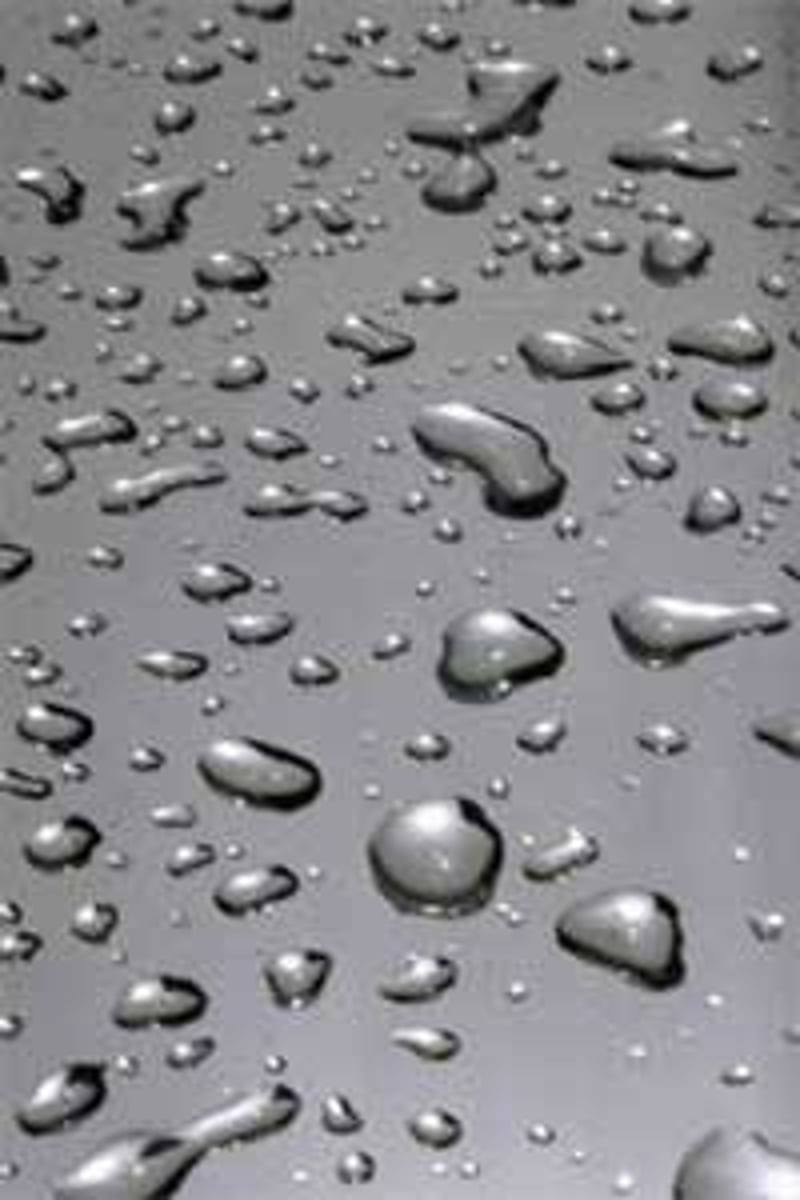
Disease
Abnormal condition of all or part of the body, or its systems or organs, which makes the body incapable of carrying on normal functions
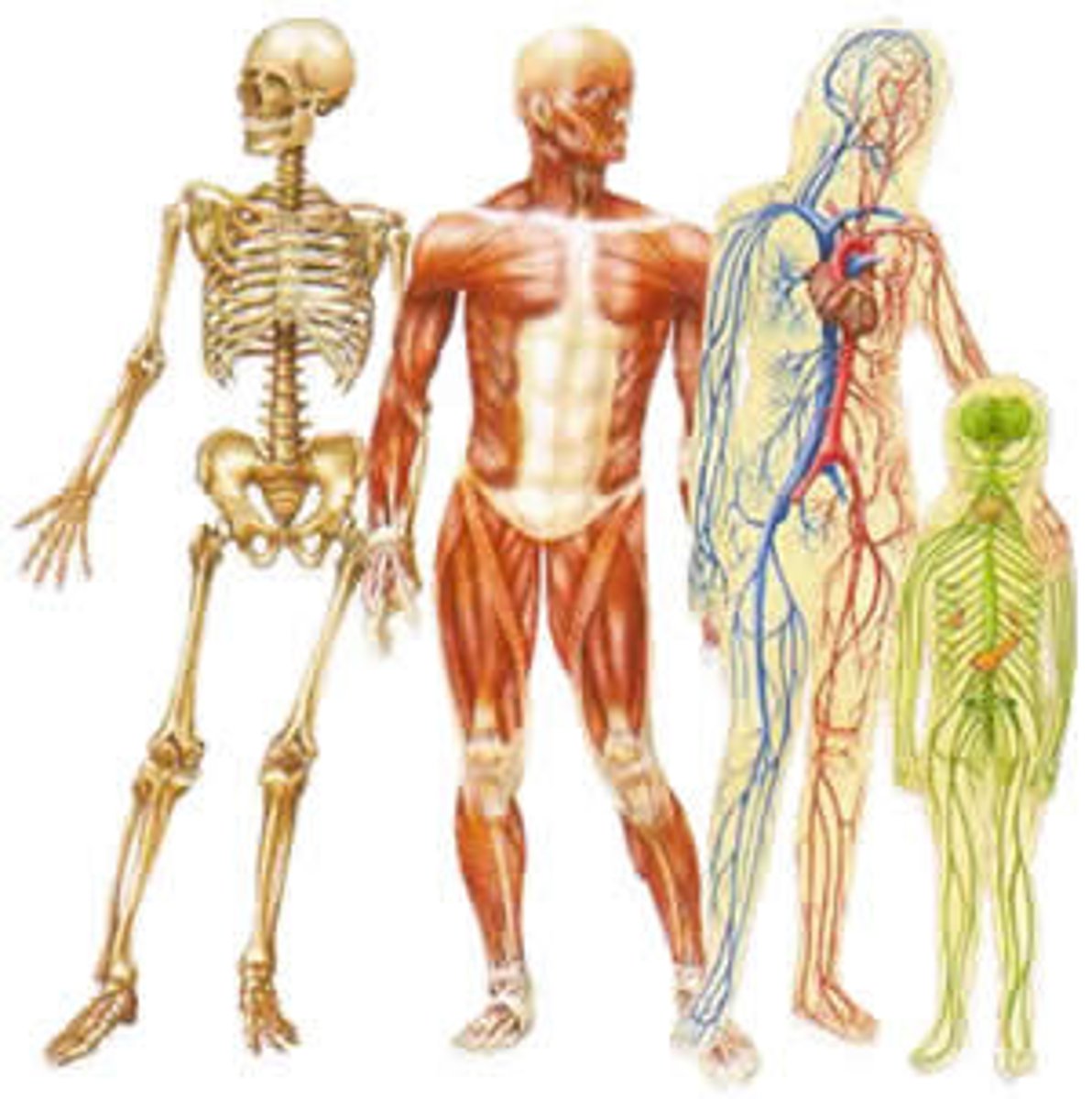
Tuberculocidal Disinfectants
Proven to kill the bacteria that causes tuberculosis in addition to the pathogens destroyed through the use of hospital disinfectants.
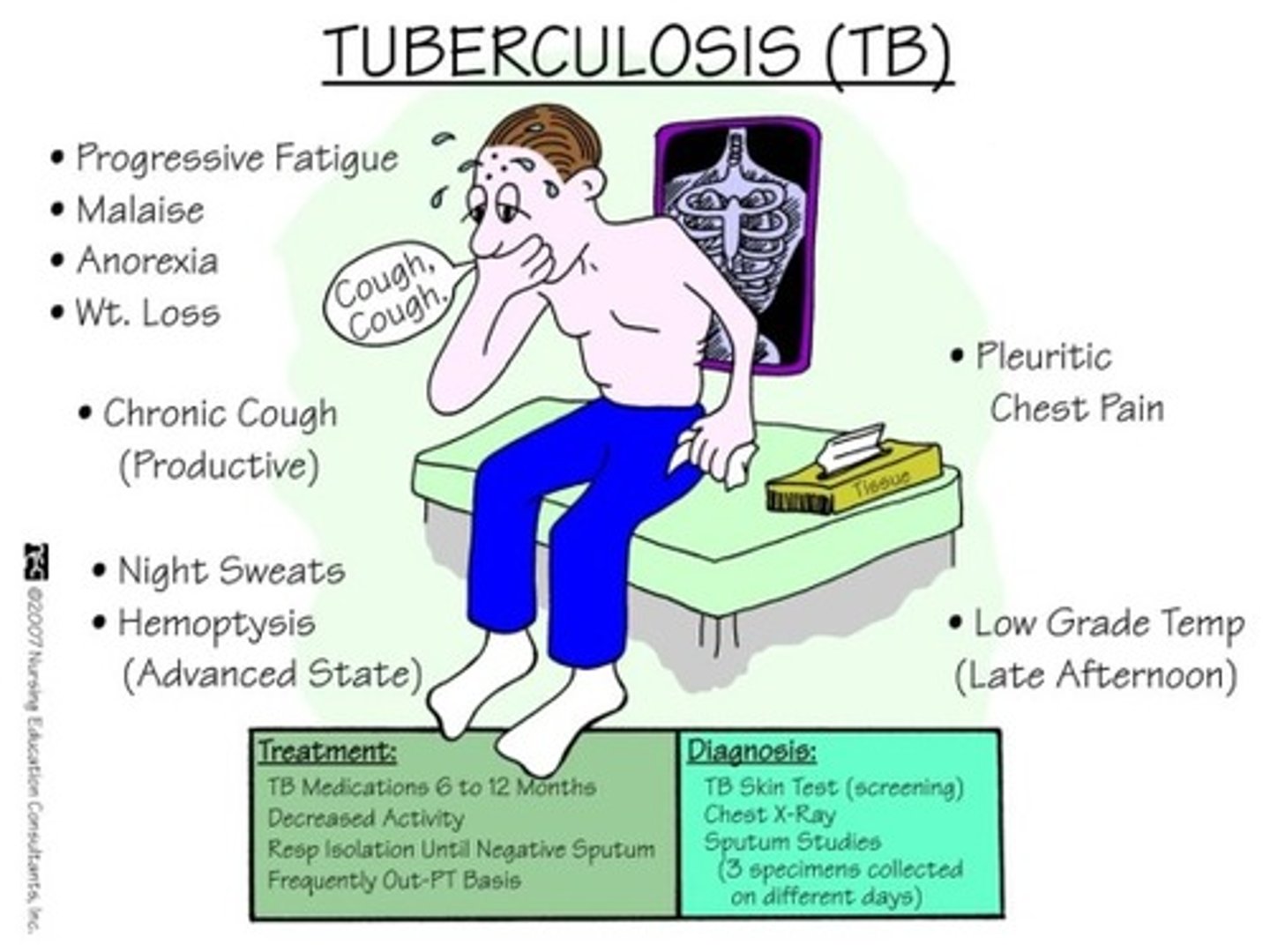
Tuberulosis
a disease caused by bacteria that are transmitted through coughing or sneezing and is not transmitted on surfaces
Laws
written by both federal and state legislatures that determine the scope of practice and that establish guidelines for regulatory agencies to make rules
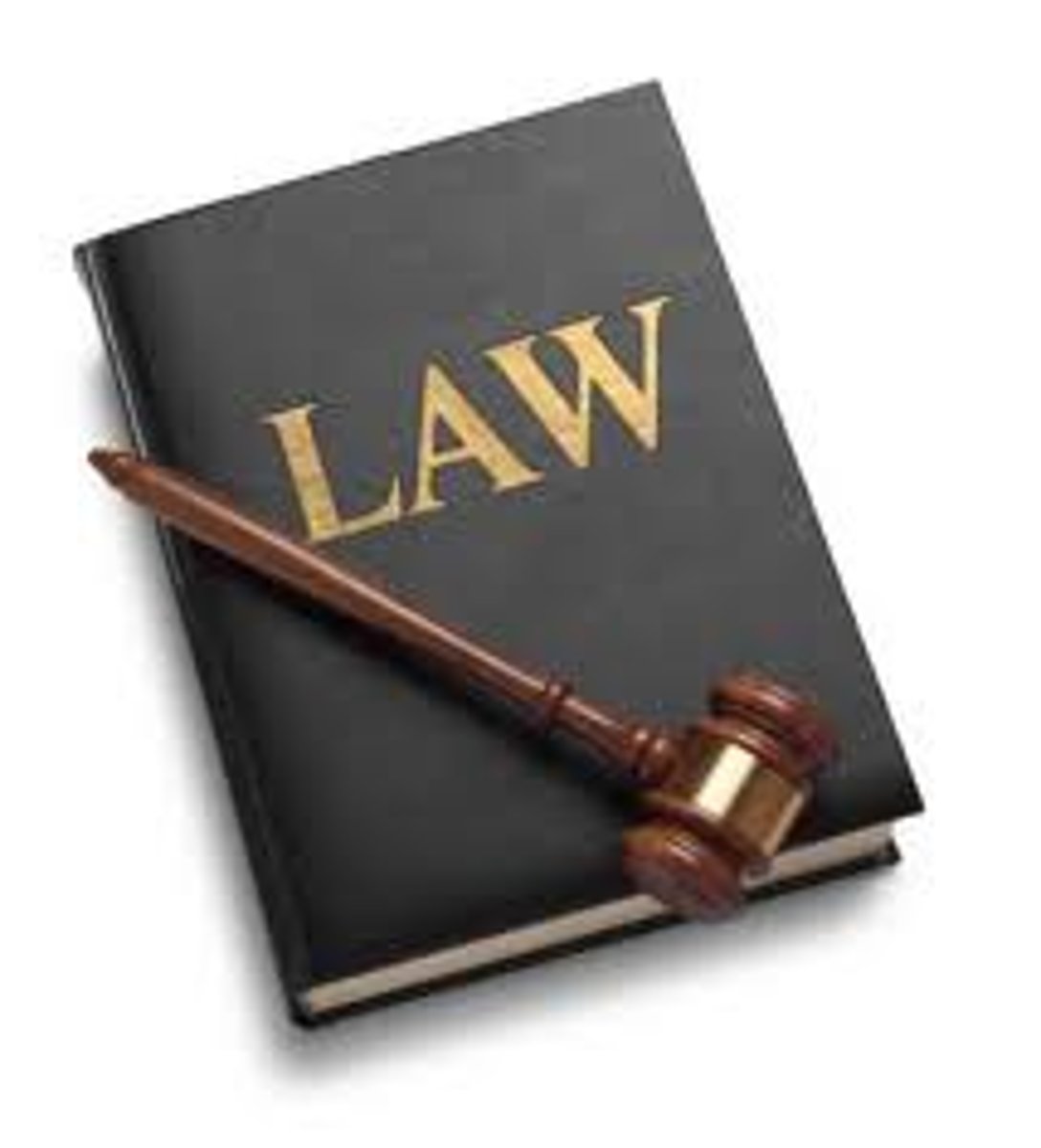
Rules/Regulations
more specific than laws and are written by the regulatory agency or the state board. They determine how the law must be applied
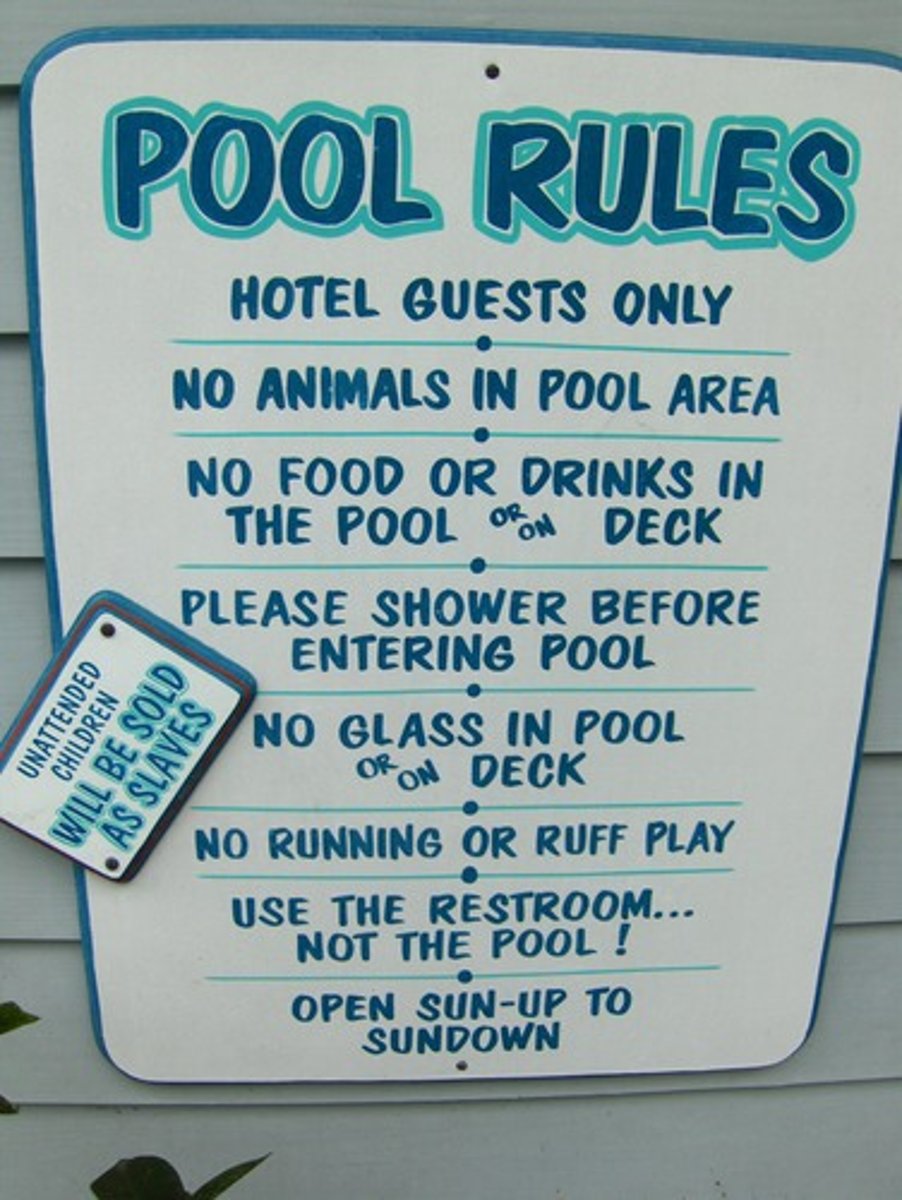
Infection
the invasion of body tissues by disease-causing pathogens
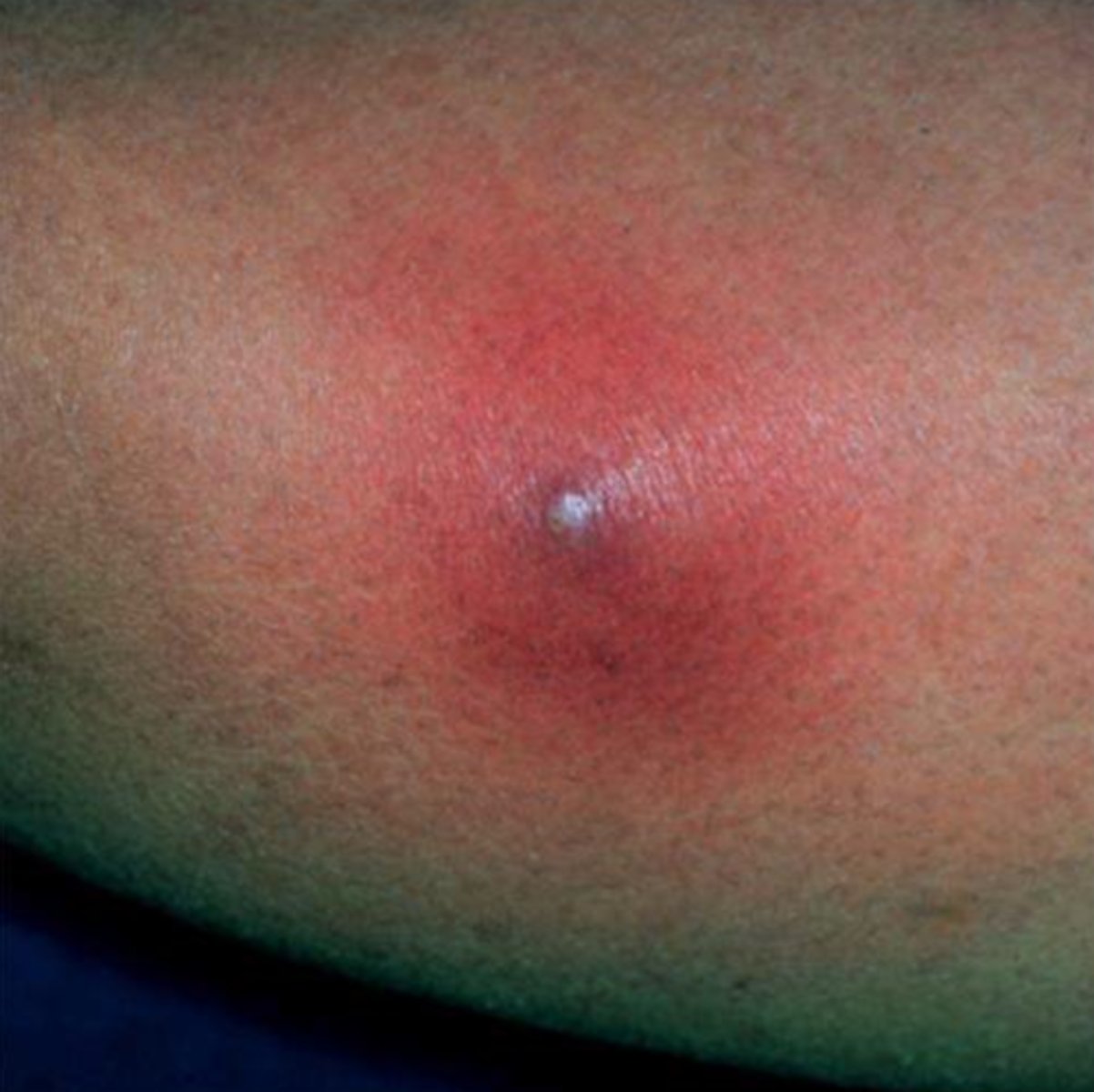
Infection Control
the methods used to eliminate or reduce the transmission of infectious organisms
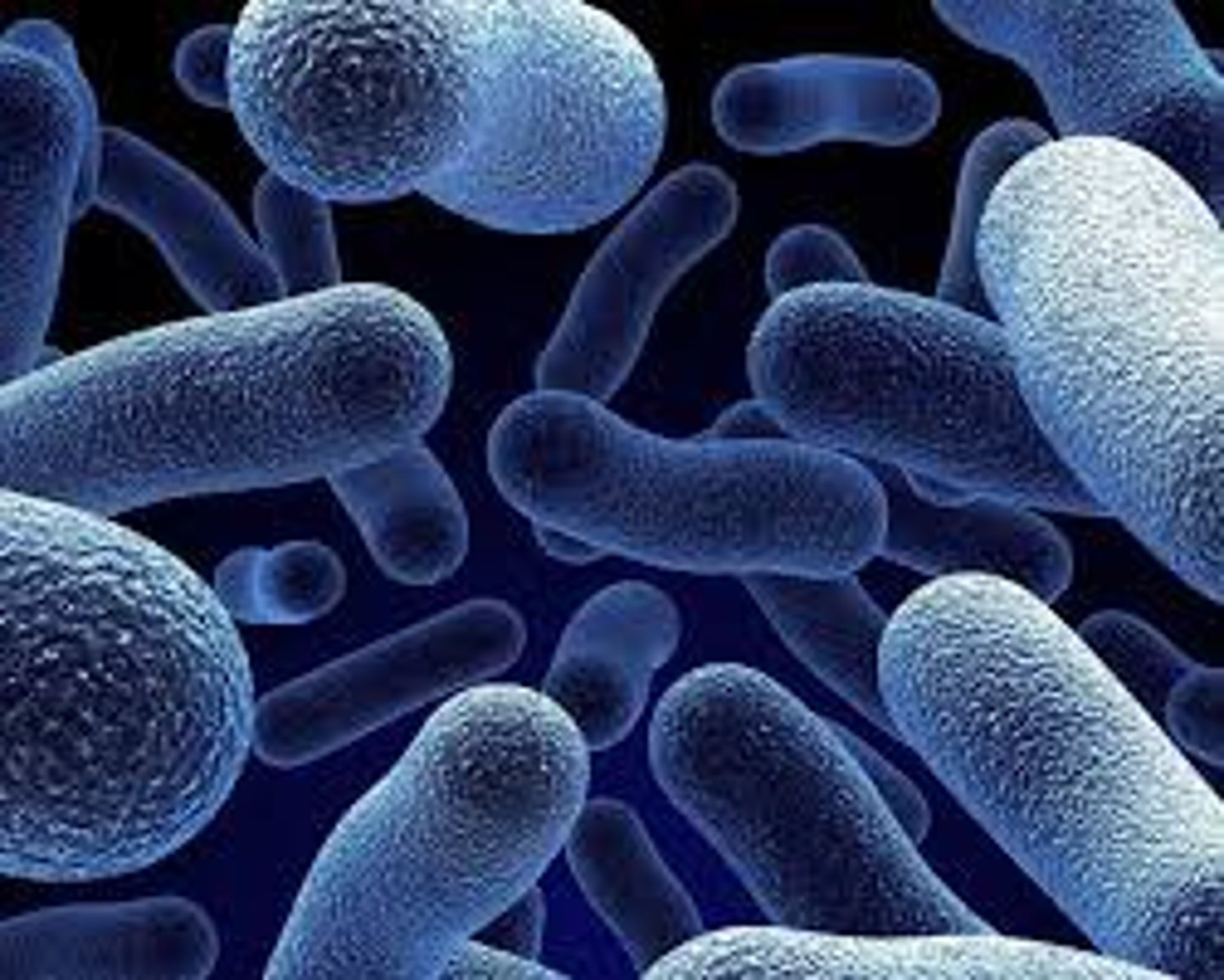
Four types of Microorganisms
Bacteria
Viruses
Fungi
Parasites
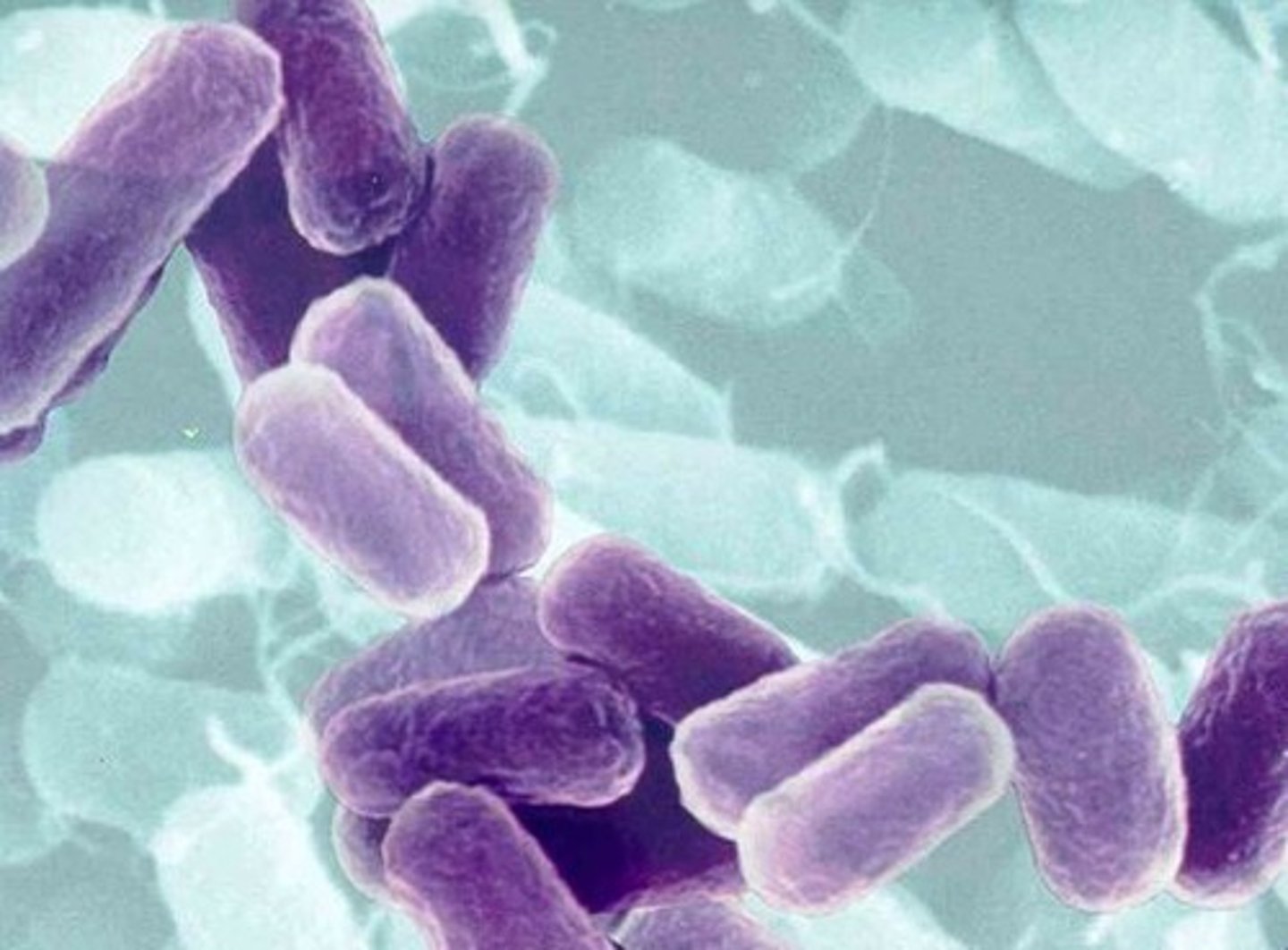
Infectious Disease
caused by harmful organisms that enter the body
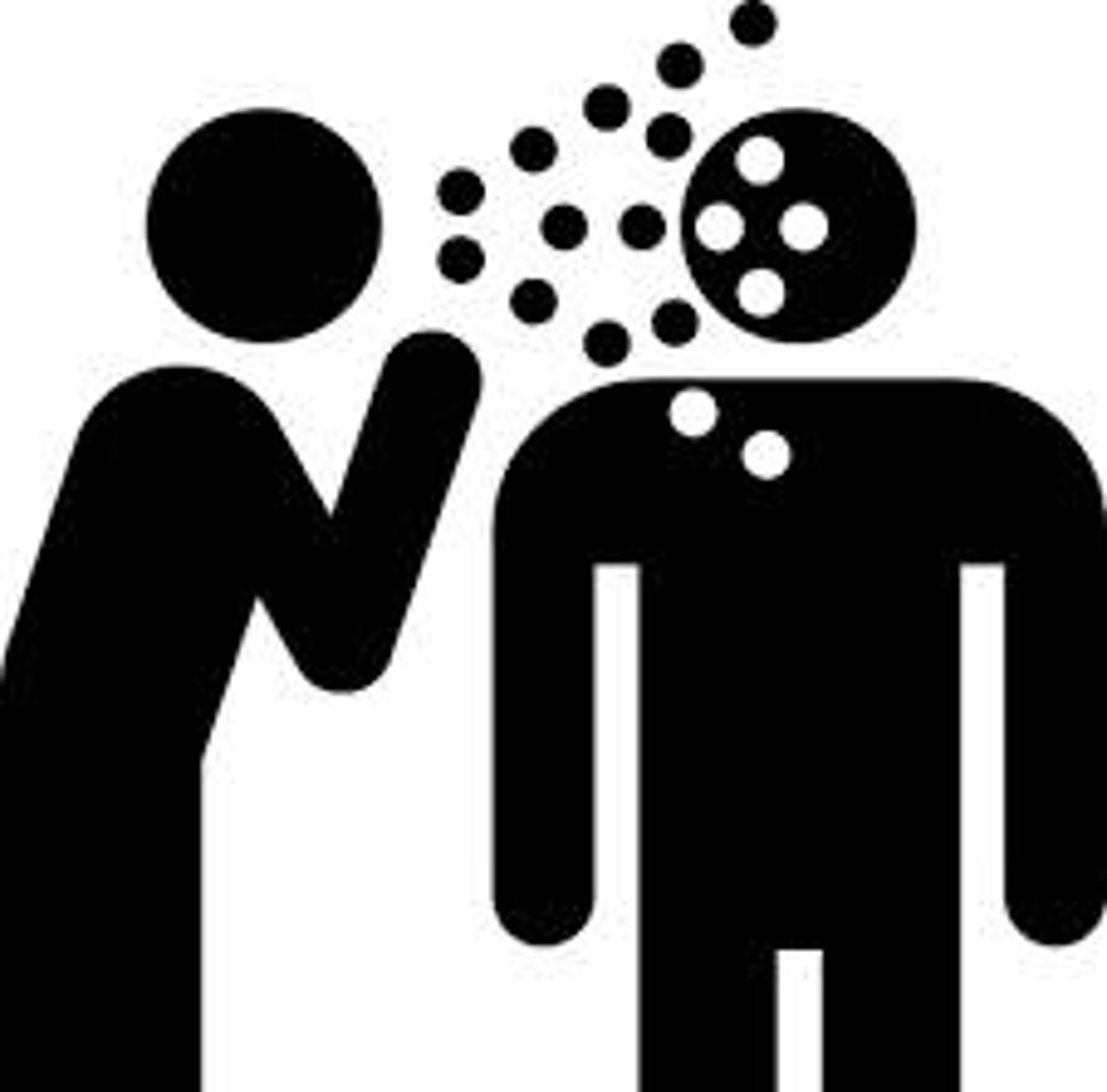
Bacteria
one-celled microorganisms that have both plant and animal characteristics
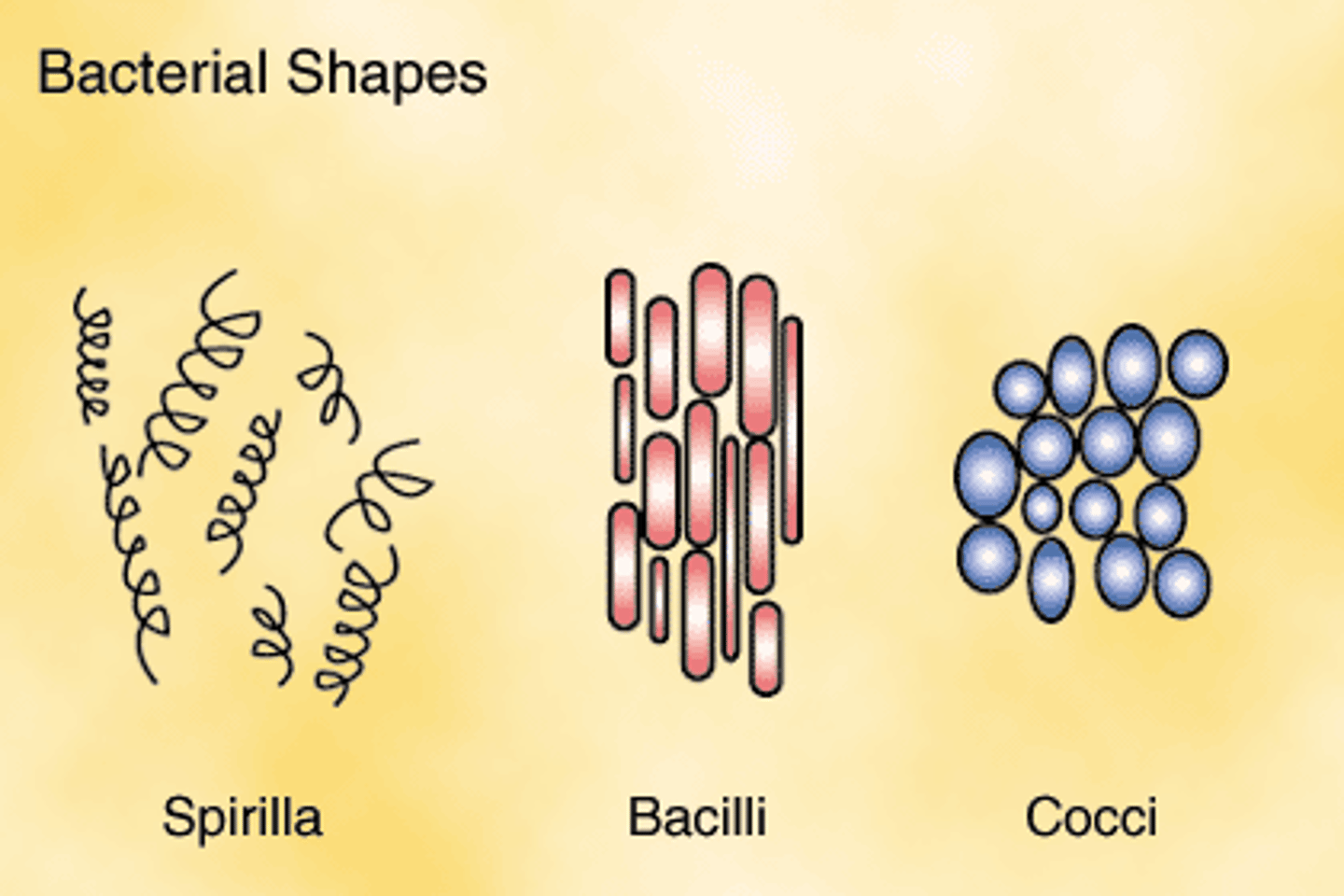
Microorganism
any organism of microscopic or submicroscopic size
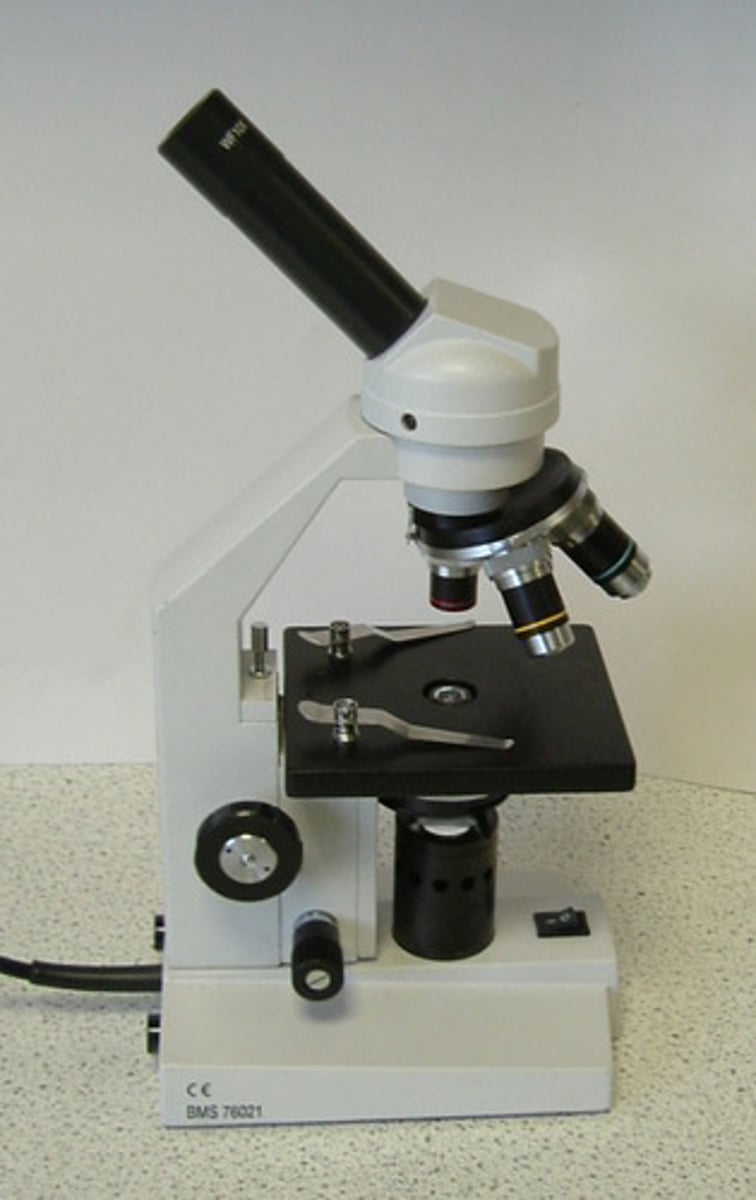
Non pathogenic
Harmless microorganisms that may perform useful functions
(most bacteria are non pathogenic)
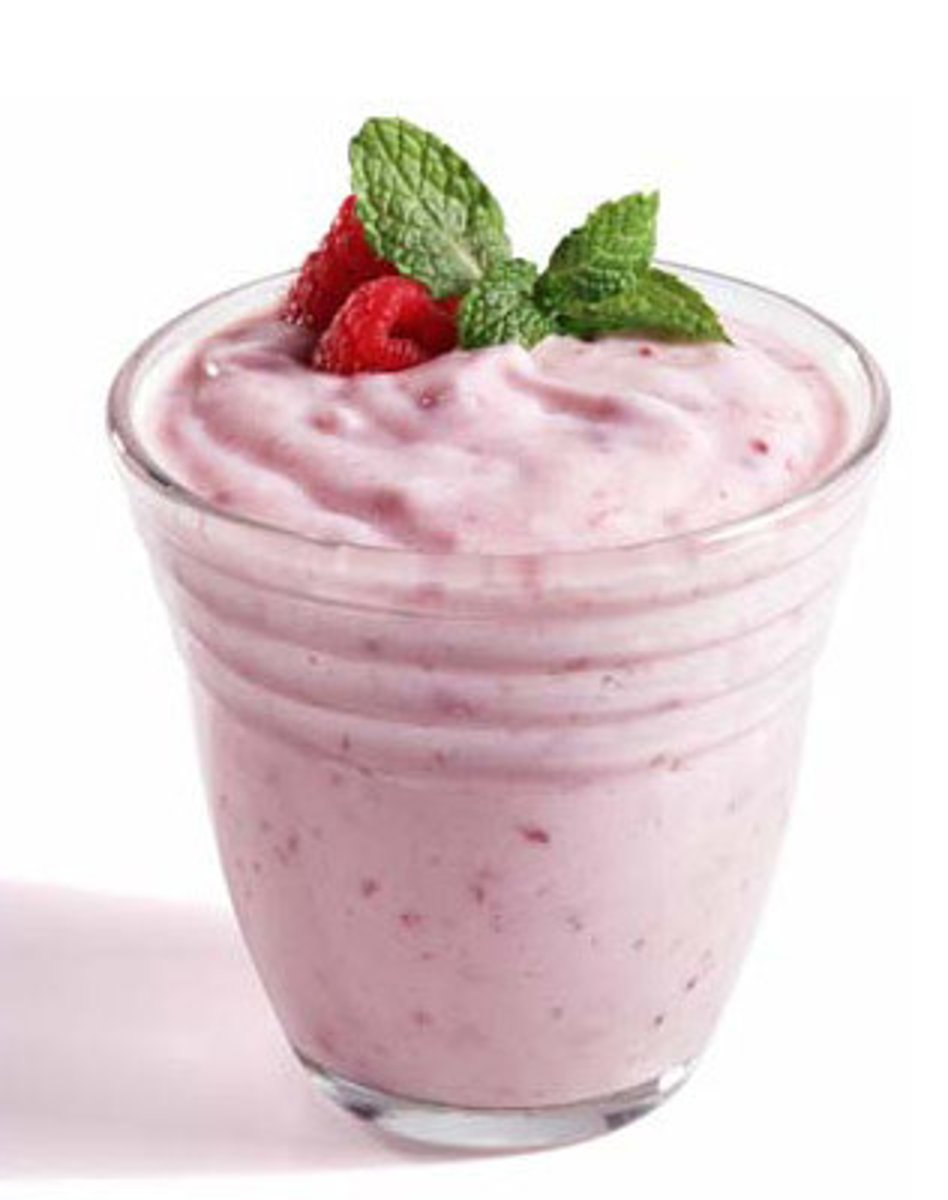
Pathogenic
harmful microorganisms that can cause disease or infection in humans when they invade the body
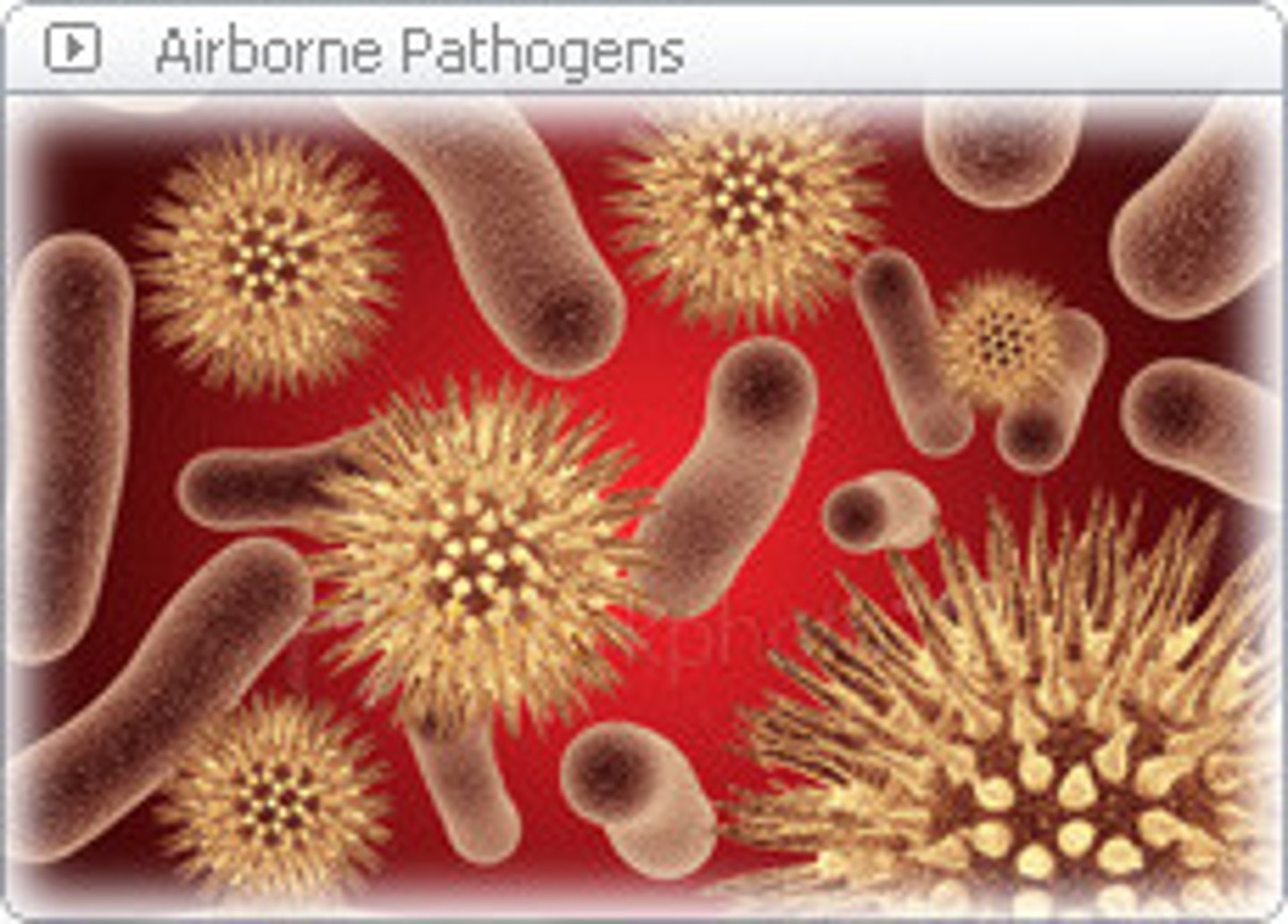
Cocci
round-shaped bacteria that appear singly (alone) or in groups
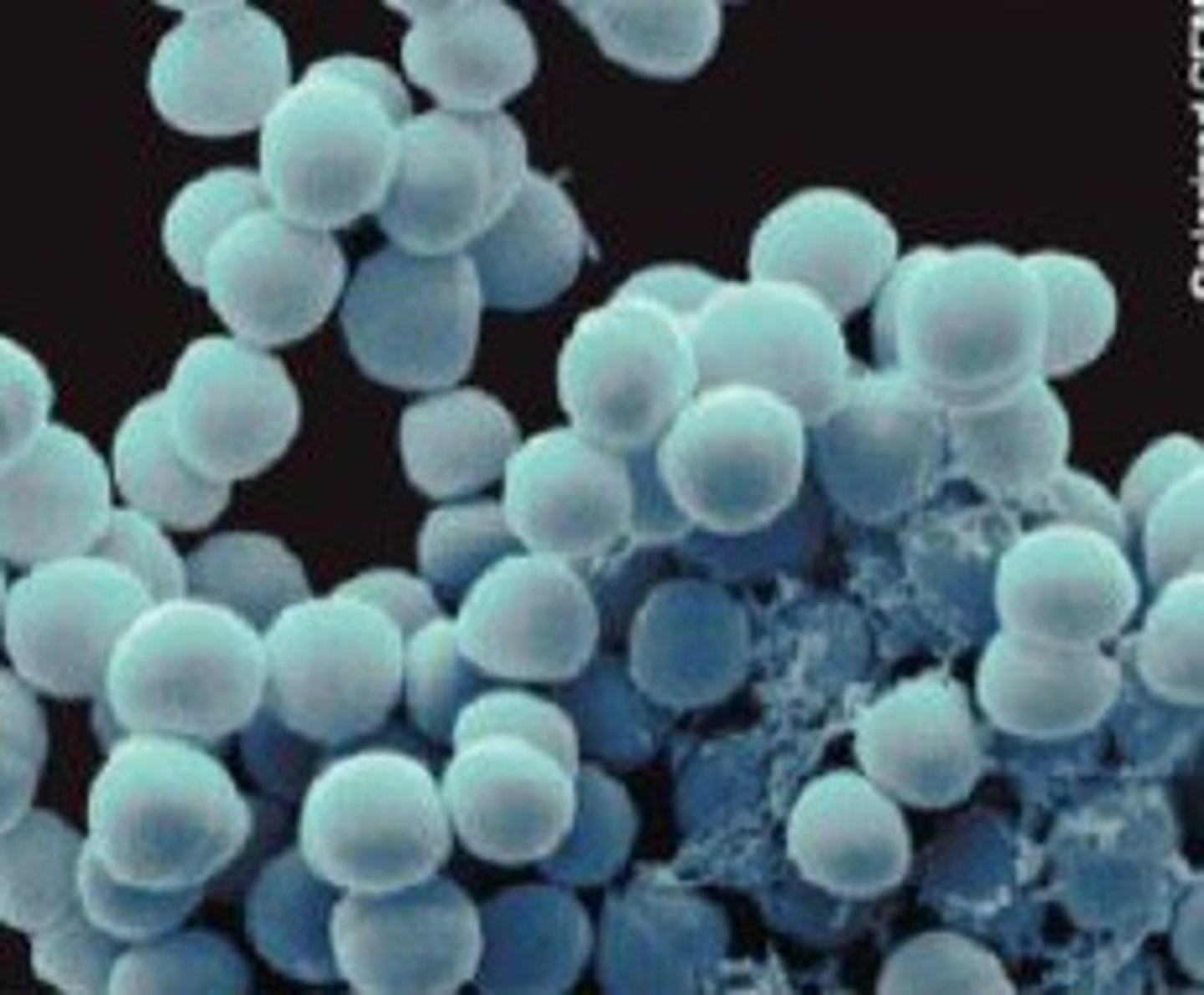
Staphylococci
pus-forming bacteria that grow in clusters like grapes. They cause abscesses, pustules, and boils.
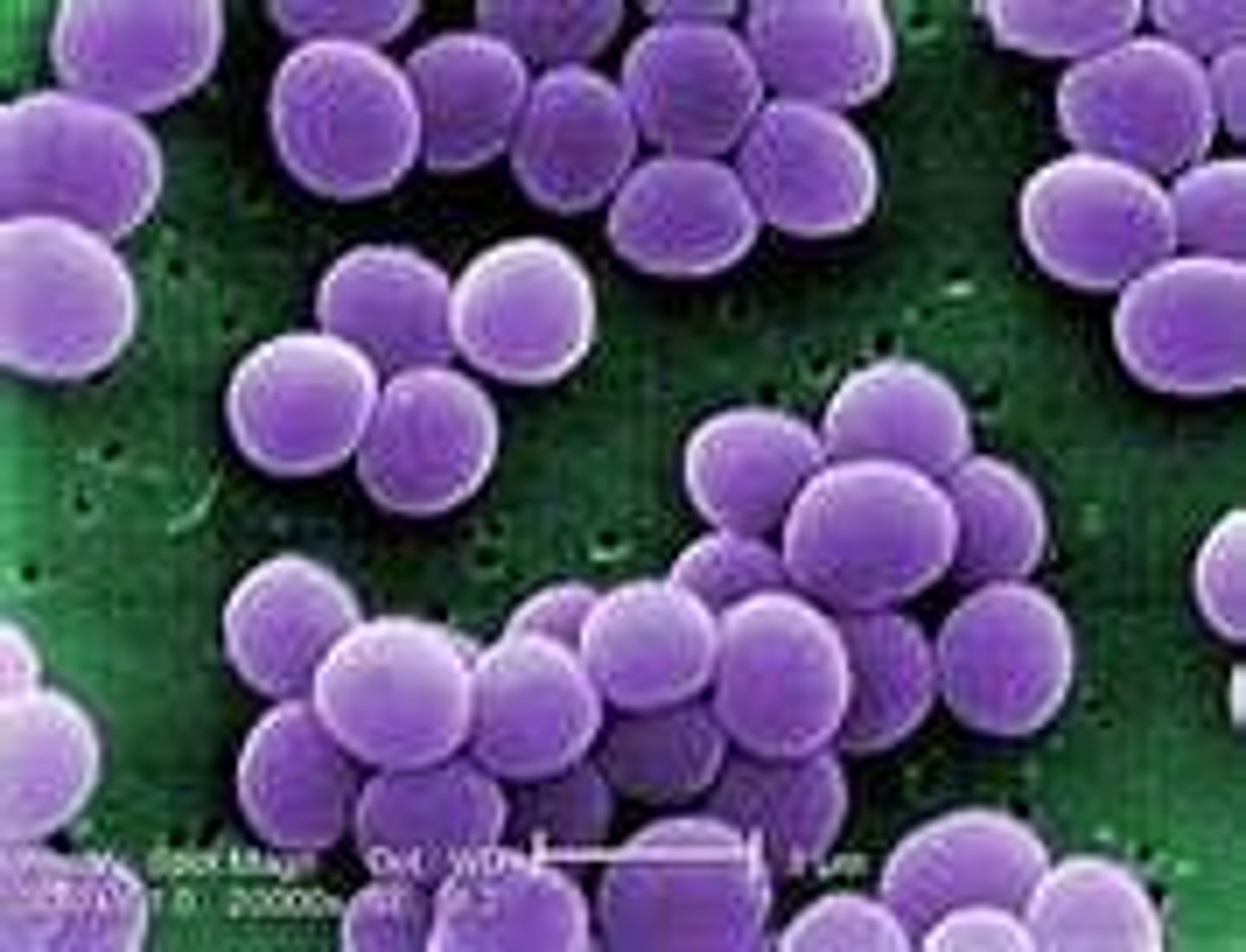
Streptococci
pus-forming bacteria arranged in curved lines resembling a string of beads. They cause infections such as strep throat and blood poisoning
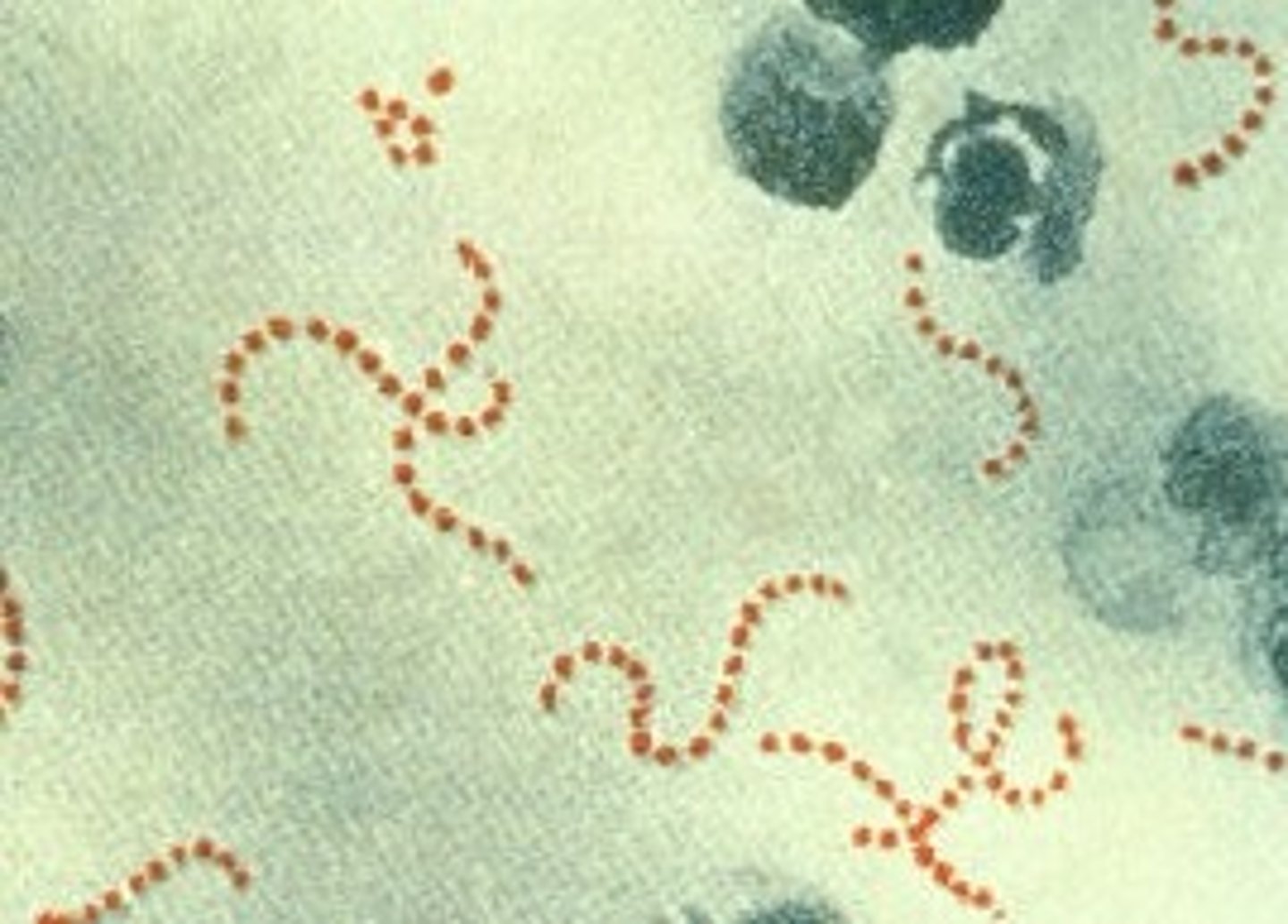
Diplococci
spherical bacteria that grow in pairs and cause diseases such as pneumonia
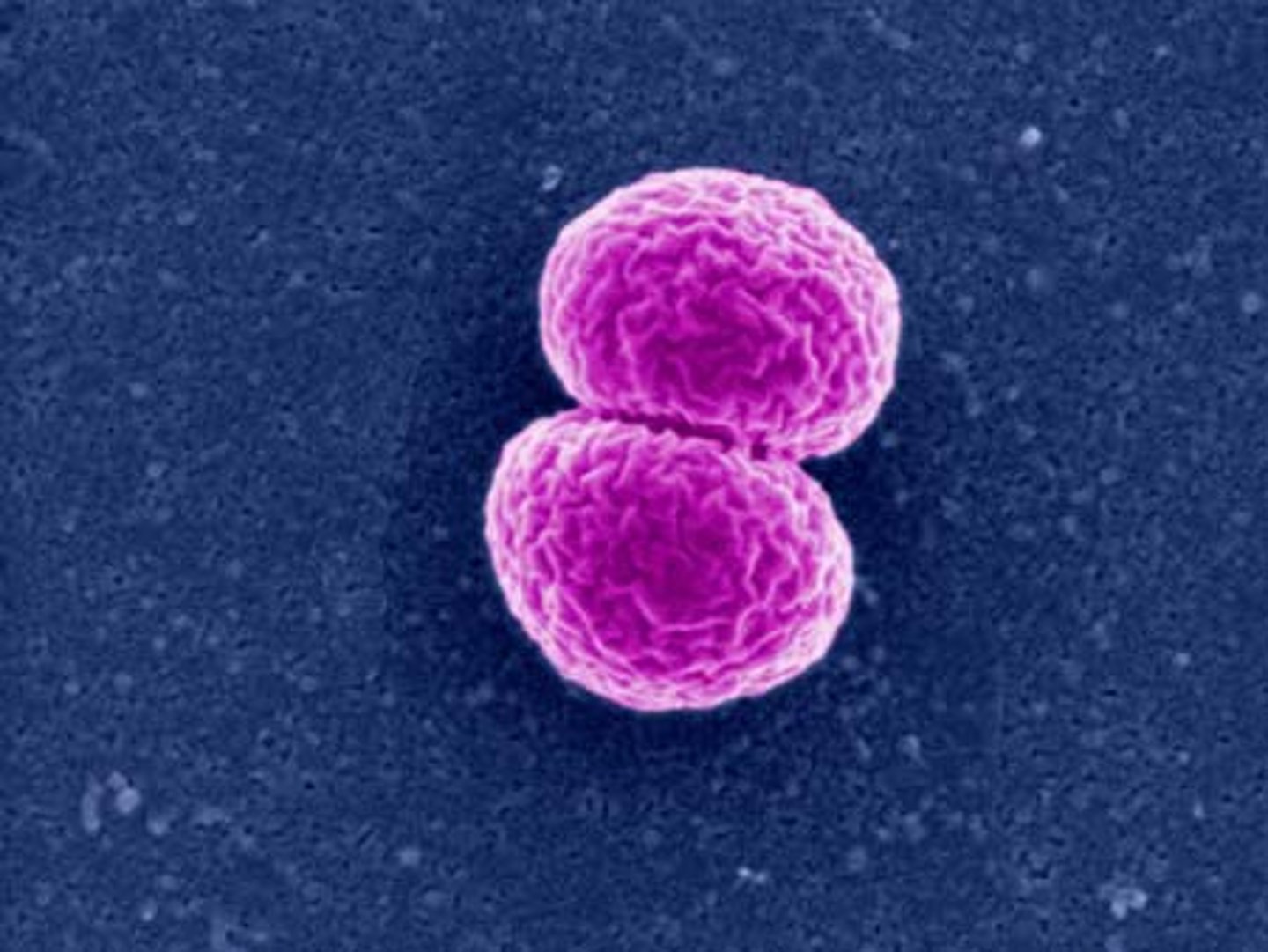
Bacilli
short, rod-shaped bacteria. They are the most common bacteria and produce diseases such as tetanus, typhoid fever, tuberculosis, and diphtheria
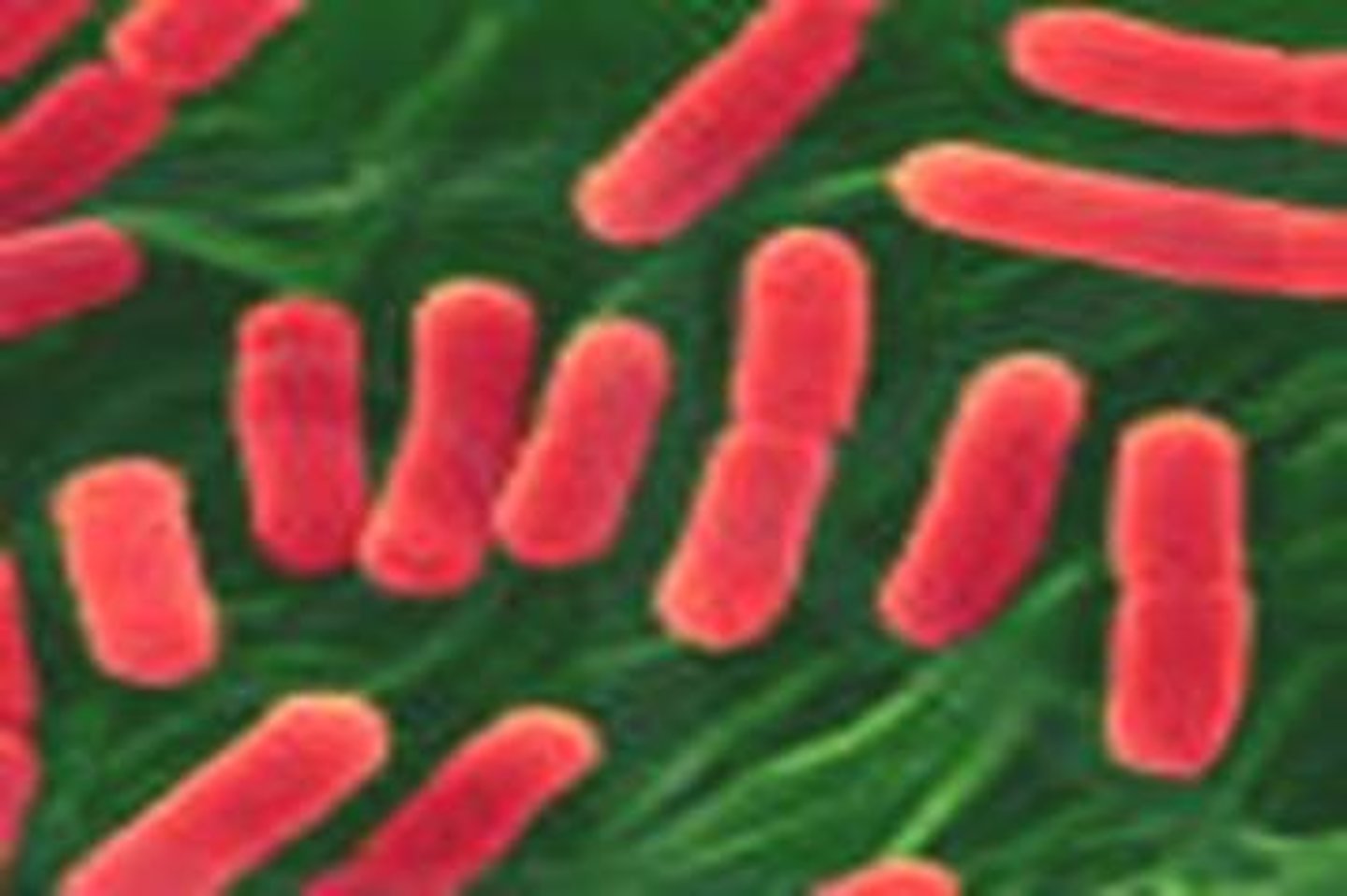
Spirilla
spiral or corkscrew-shaped bacteria. They are subdivided into subgroups such as syphilis and Lyme disease
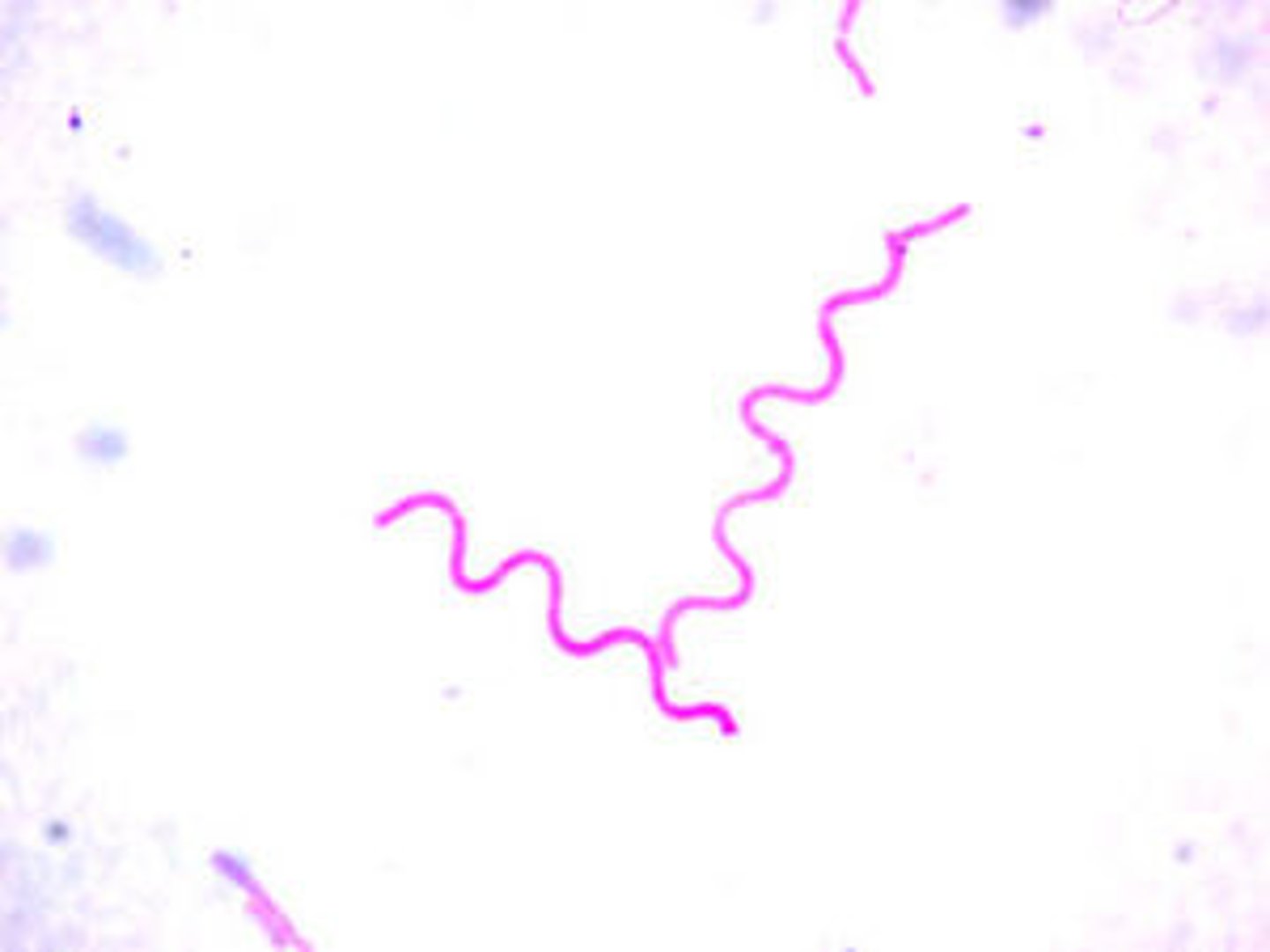
Motility
the term used to describe self-movement
Flagella
hair-like extensions for locomotion
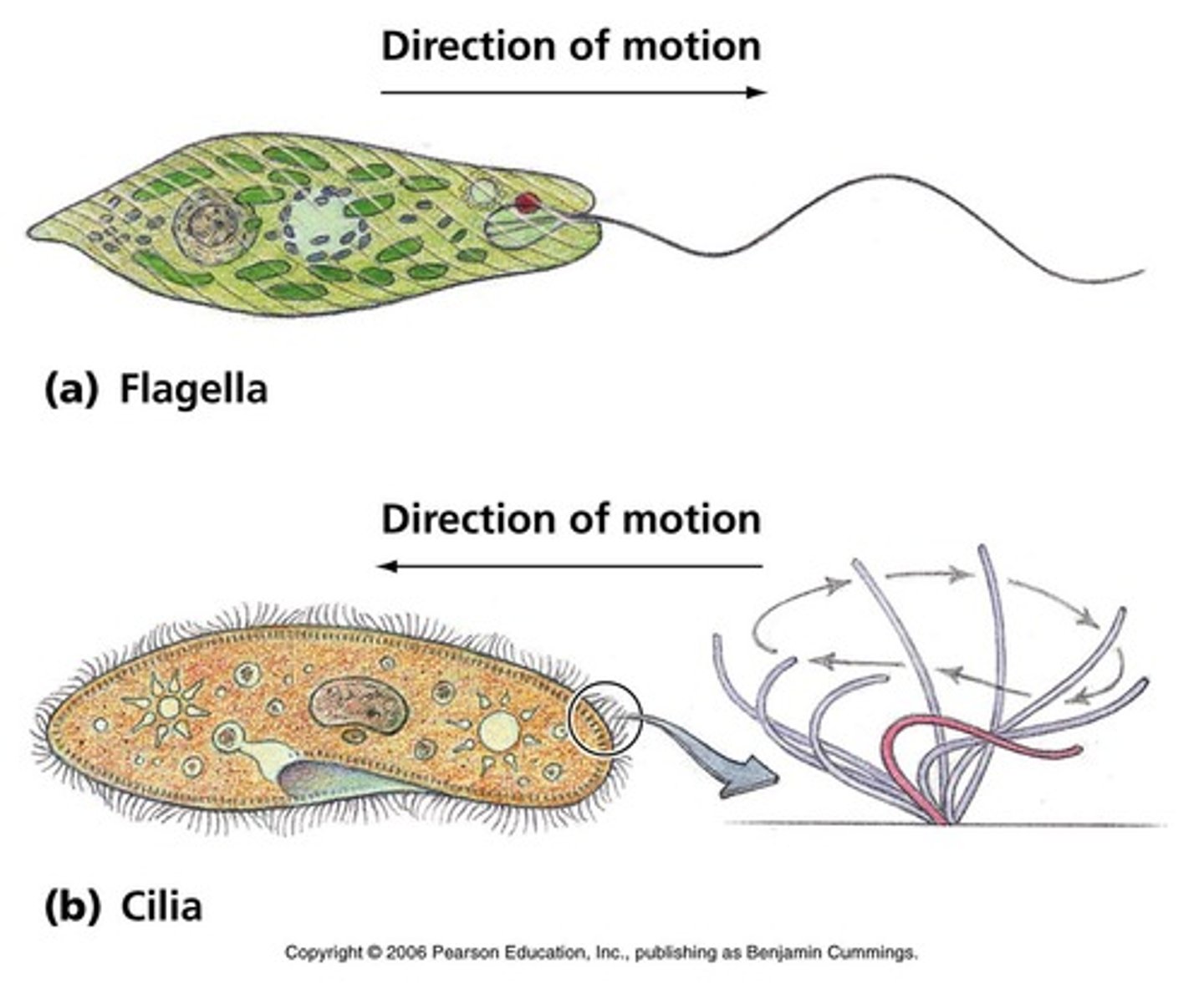
Cilia
hair-like extensions for locomotion (shorter than flagella)
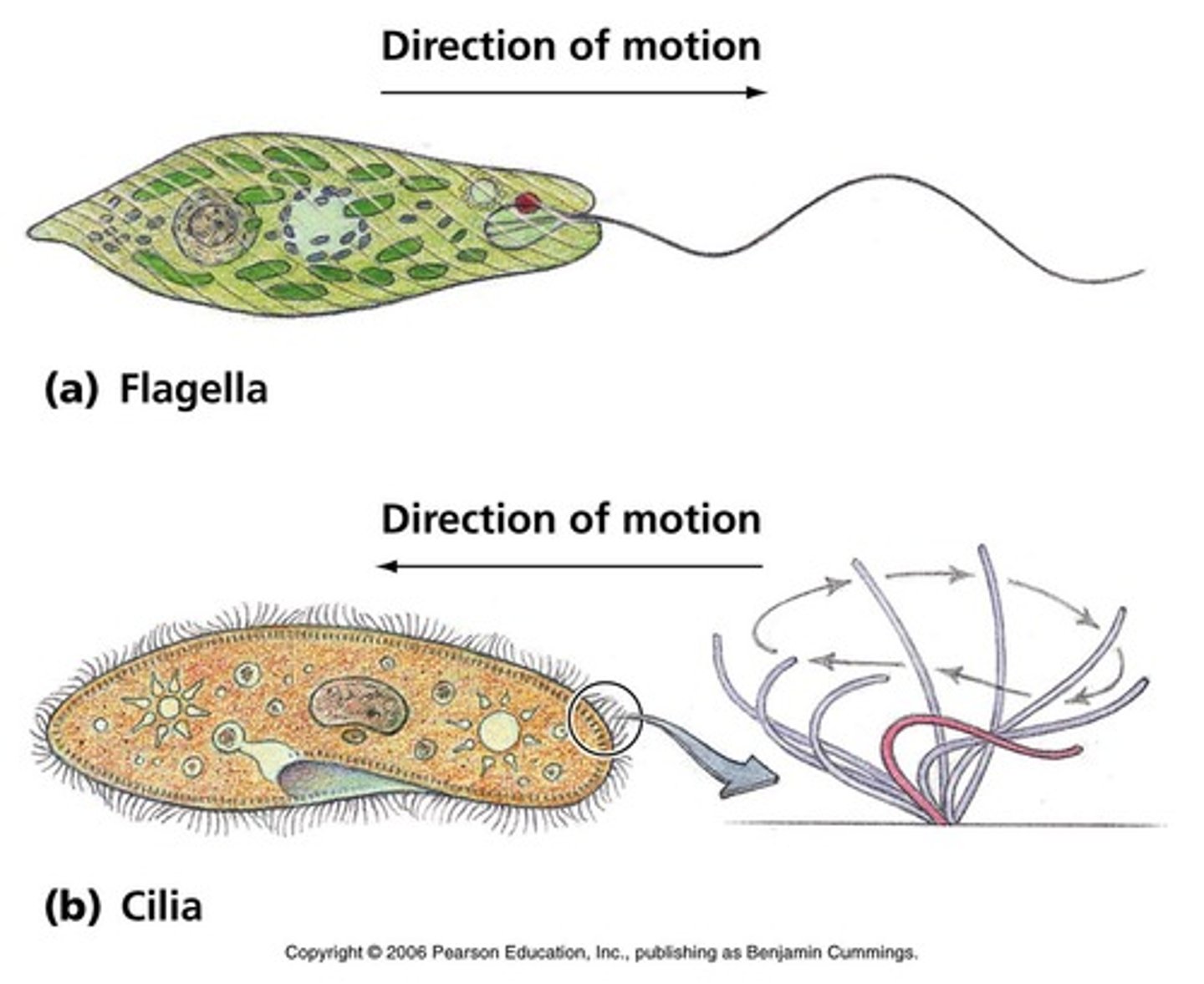
Active Stage
the stage in which bacteria grow and reproduce
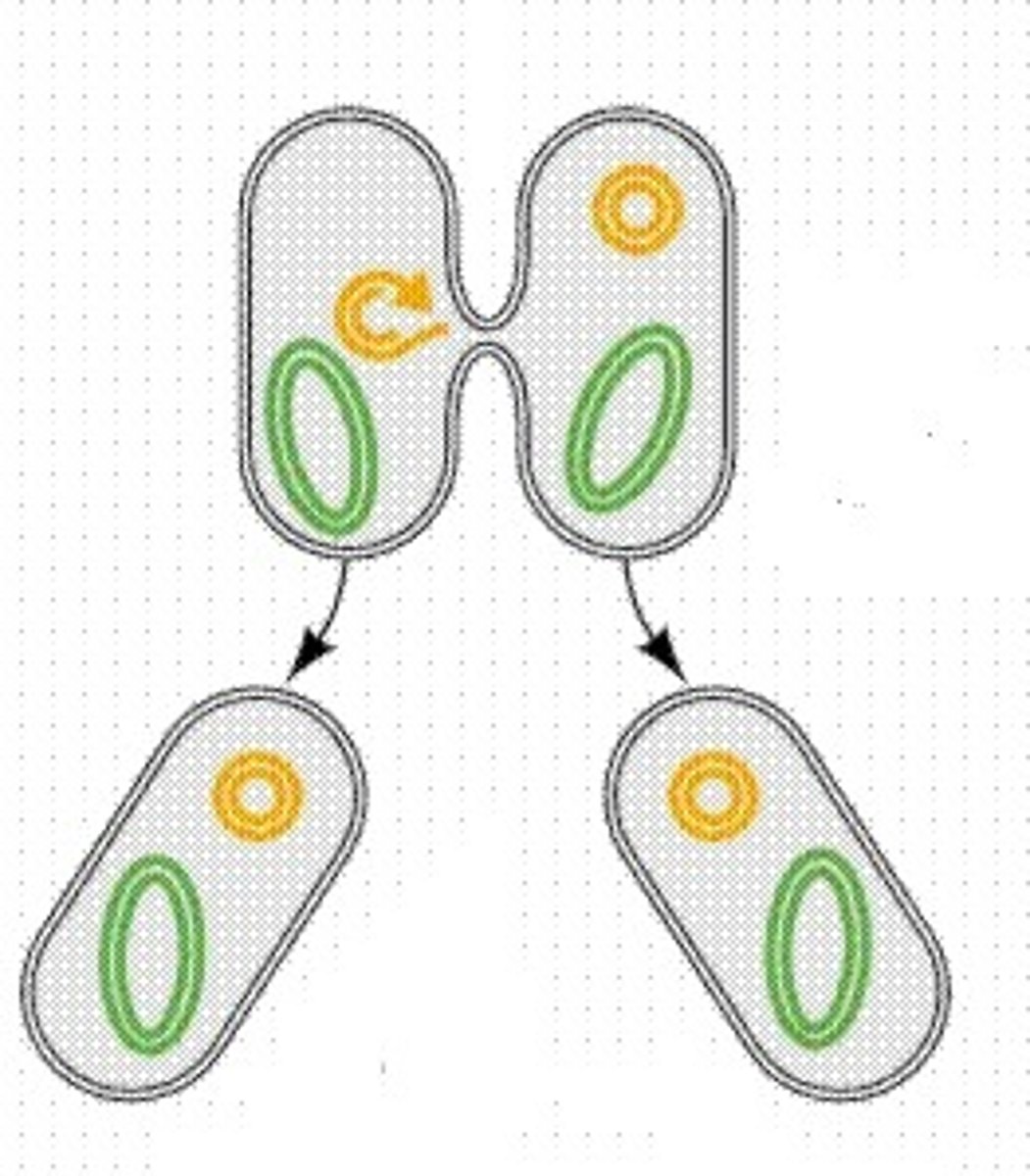
Binary Fission
the division of cells into new cells, called daughter cells
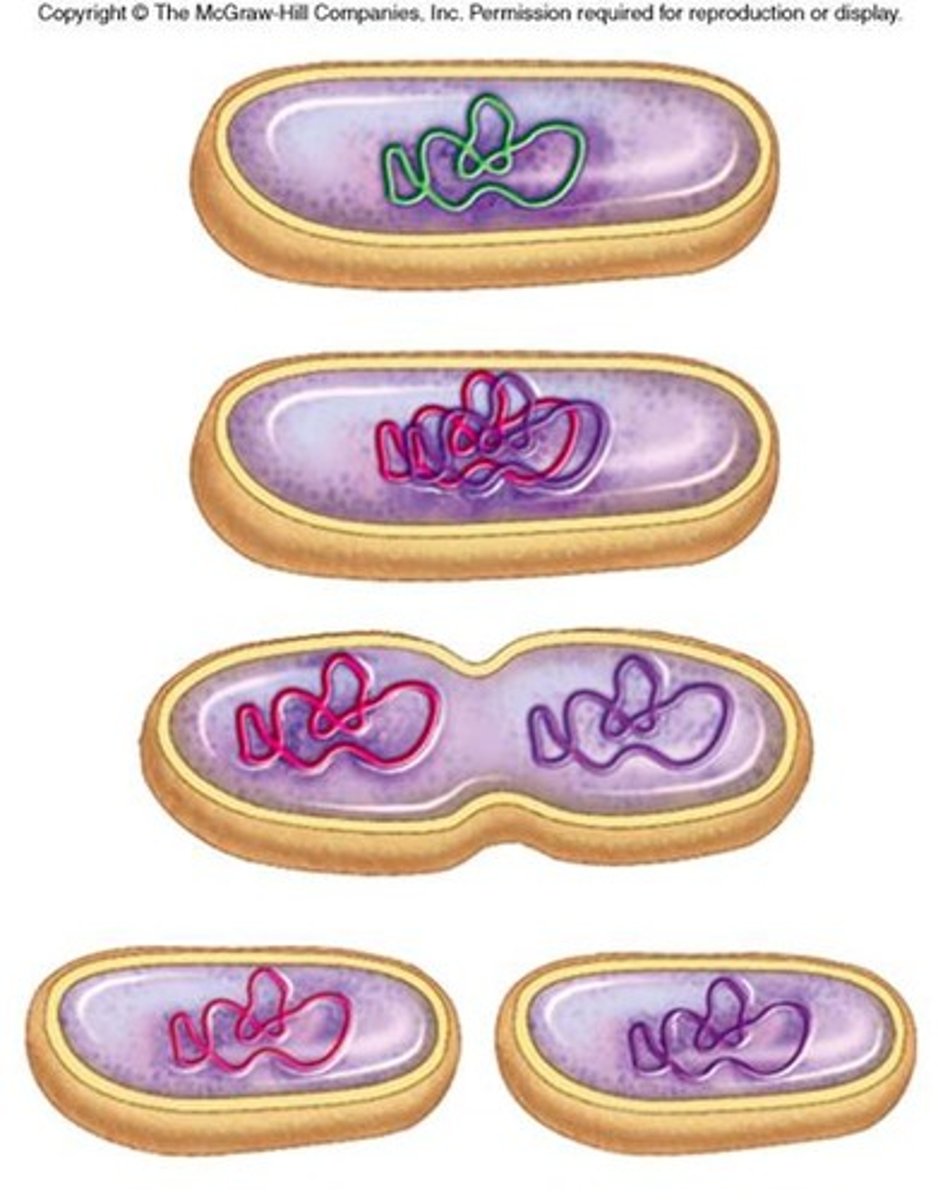
Inactive/Spore-forming stage
the stage in which bacteria that is capable of forming a spore to protect itself dos so to withstand an environment incompatible with its existence
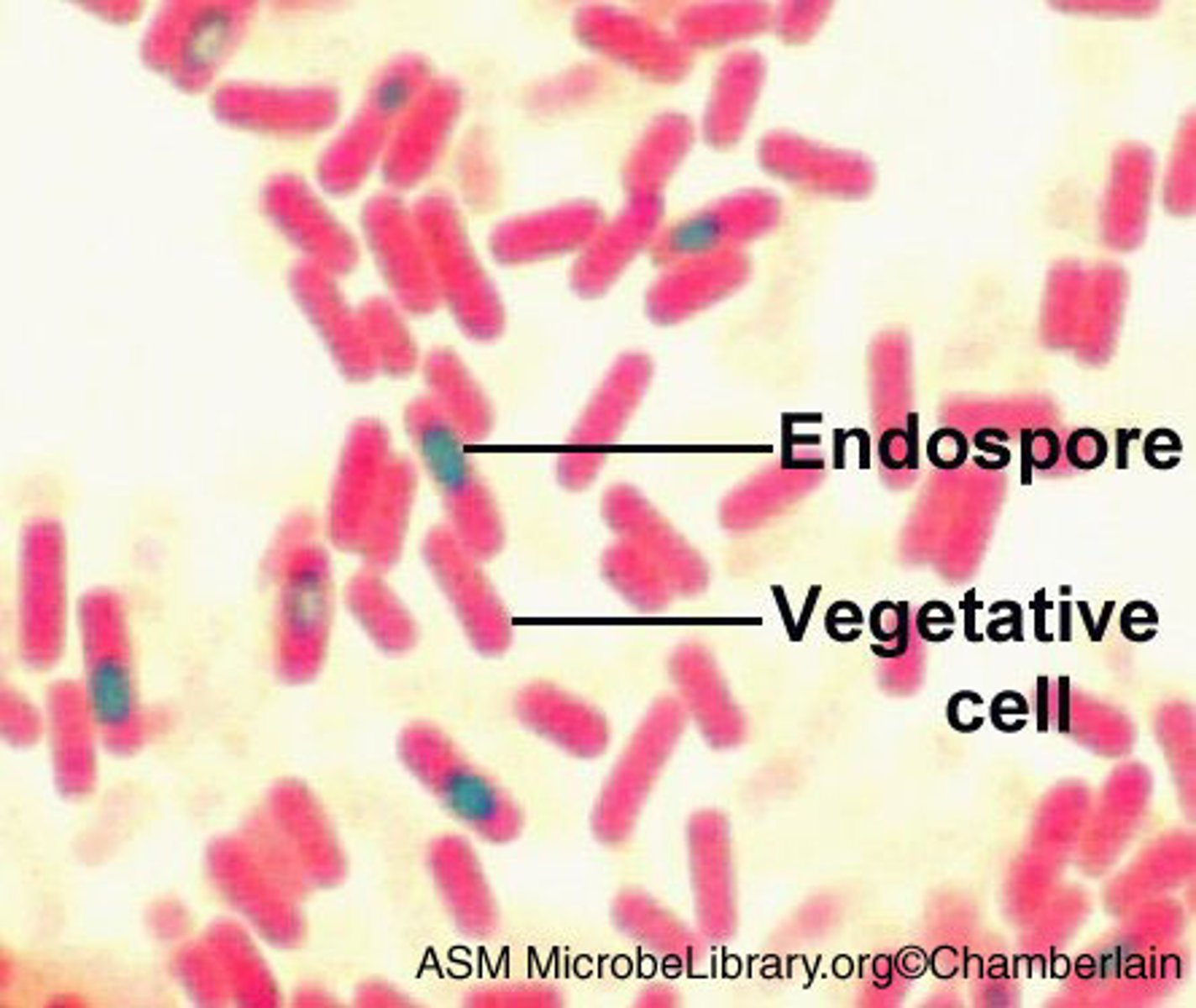
Bacterial spore
the ability of certain types of bacteria to form a hard keratin coating that will protect it until the environment is more favorable
Direct Transmission
transmission of blood or body fluids through touching, kissing, coughing, sneezing, and talking
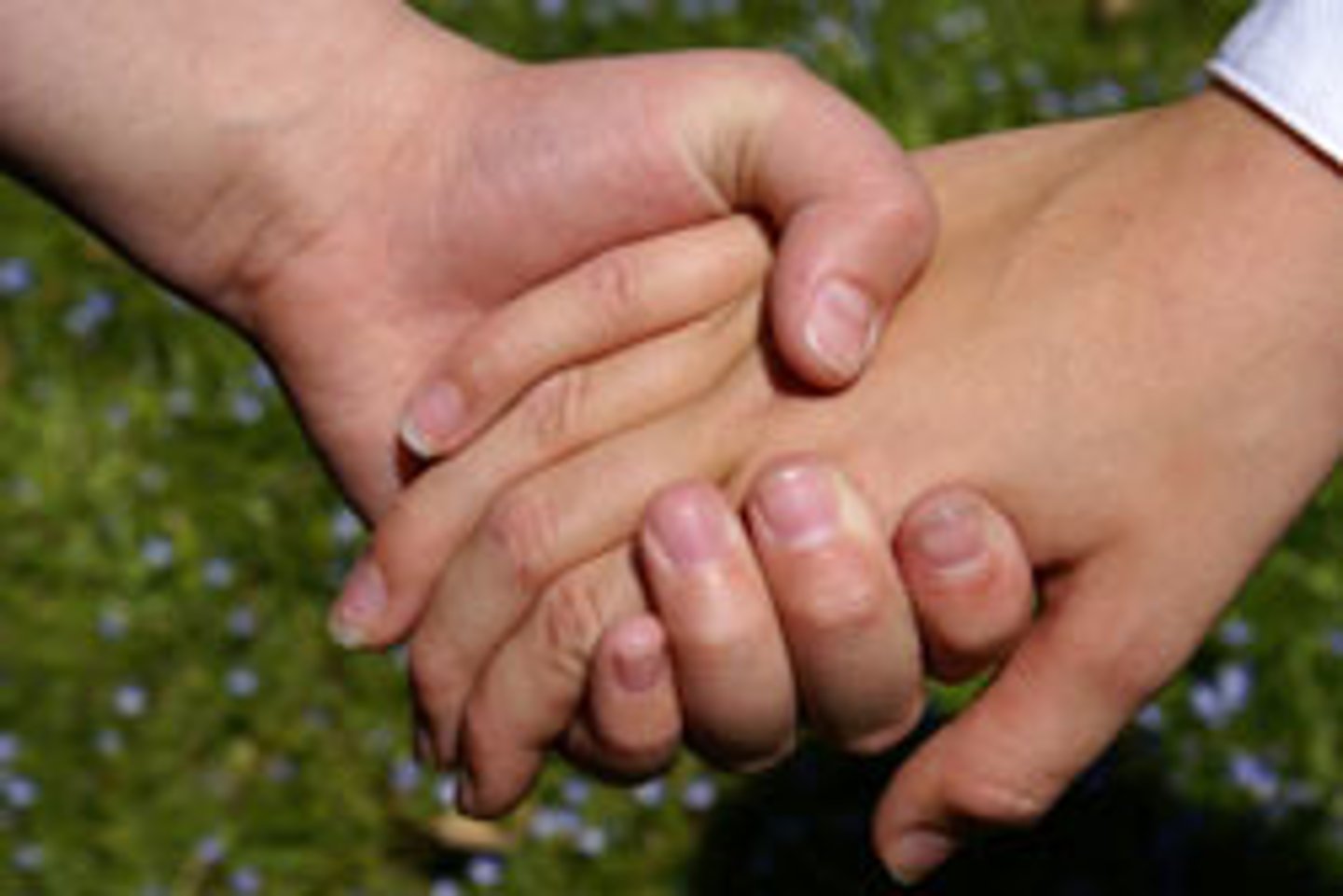
Indirect Transmission
transmission of blood or body fluids through contact with an intermediate contaminated object, such as a razor, extractor, nipper, or an environmental surface
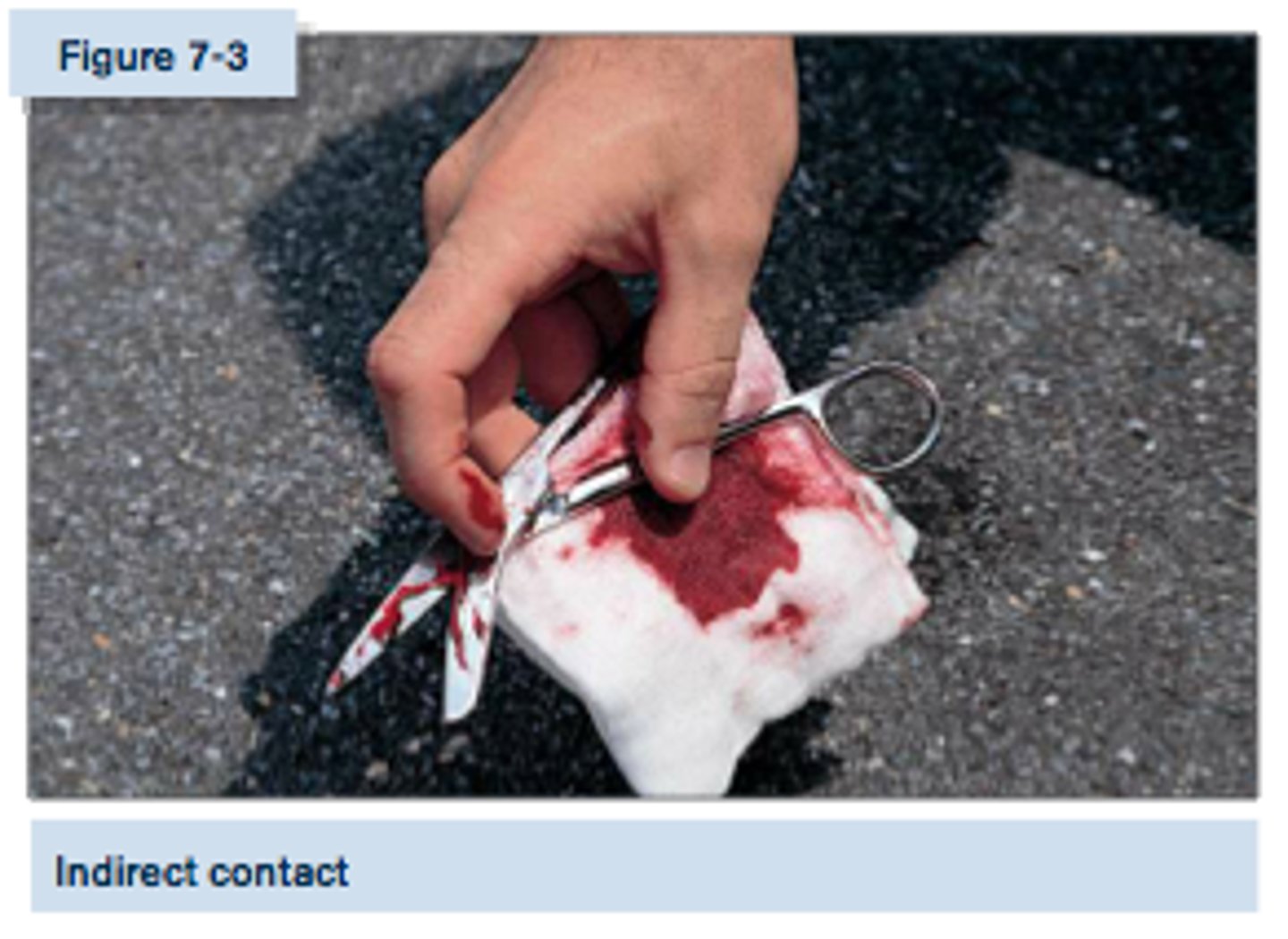
Germs
nonscientific synonym for disease-producing organisms
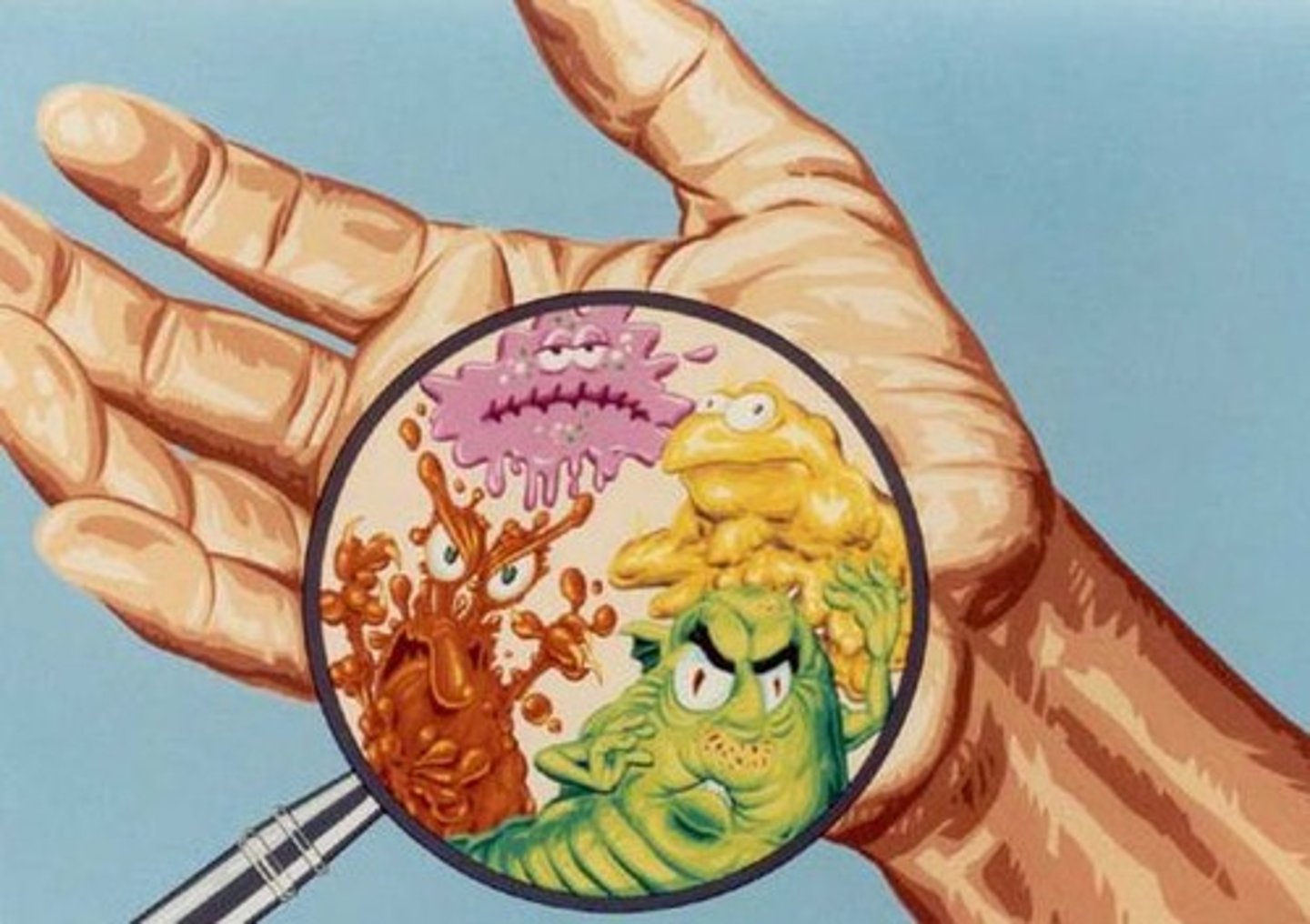
Toxins
various poisonous substances produced by some microorganisms
Virus
a submicroscopic particle that infects and resides in cells of biological organisms
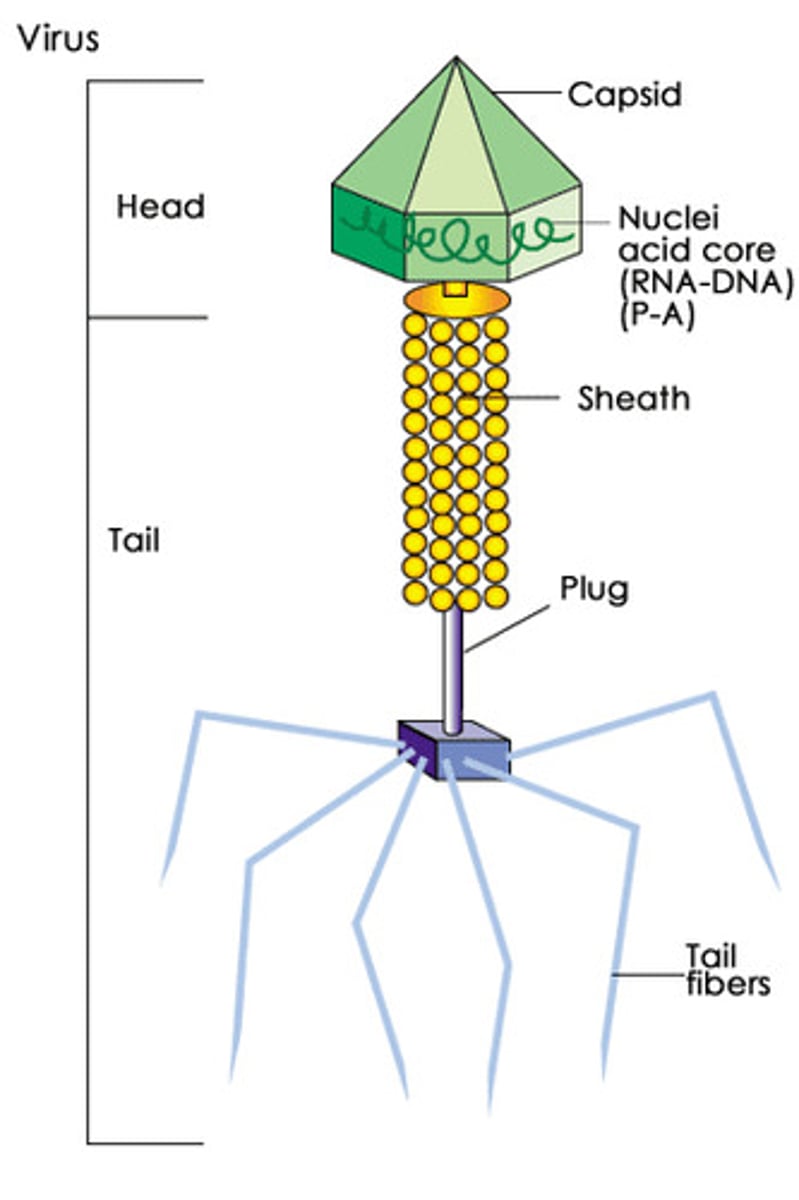
Inflammation
a condition in which the body reacts to injury, irritation, or infection
may be characterized by redness, heat, pain, and swelling
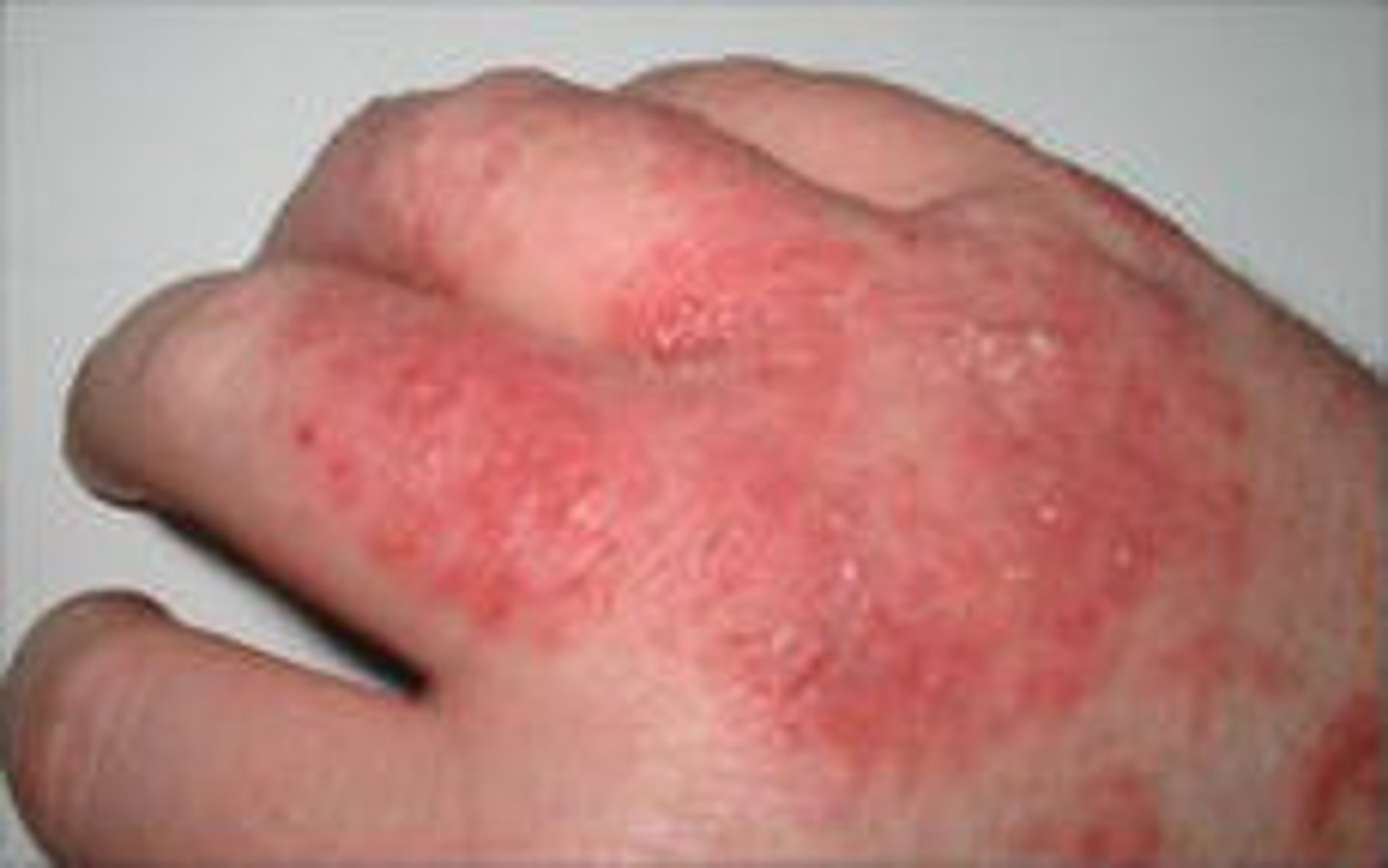
Pus
a fluid containing white blood cells, bacteria, and dead cells, and is the byproduct of the infectious process
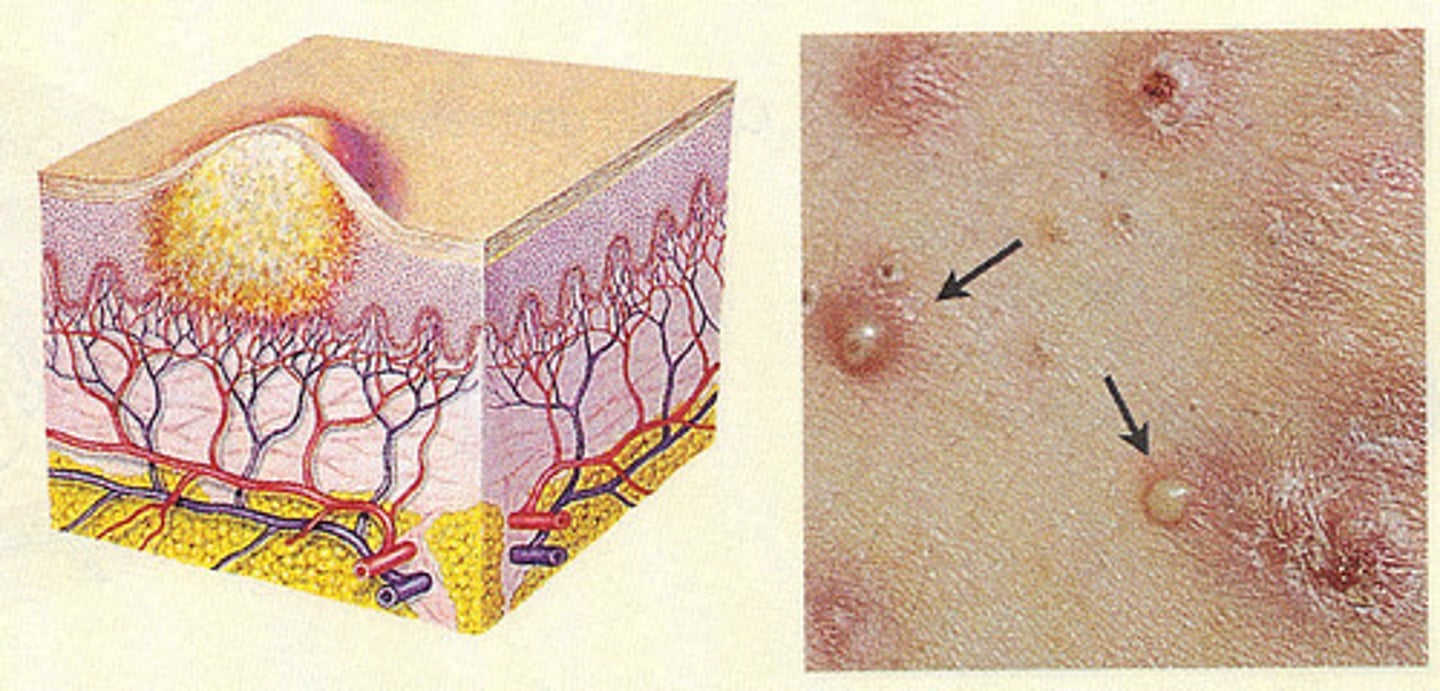
MRSA
methicillin-resistant Staphylococcus aureus
An infectious staph bacteria that is highly resistant to conventional treatments
occurs frequently among persons with weakened immune systems or among people who had undergone medical procedures
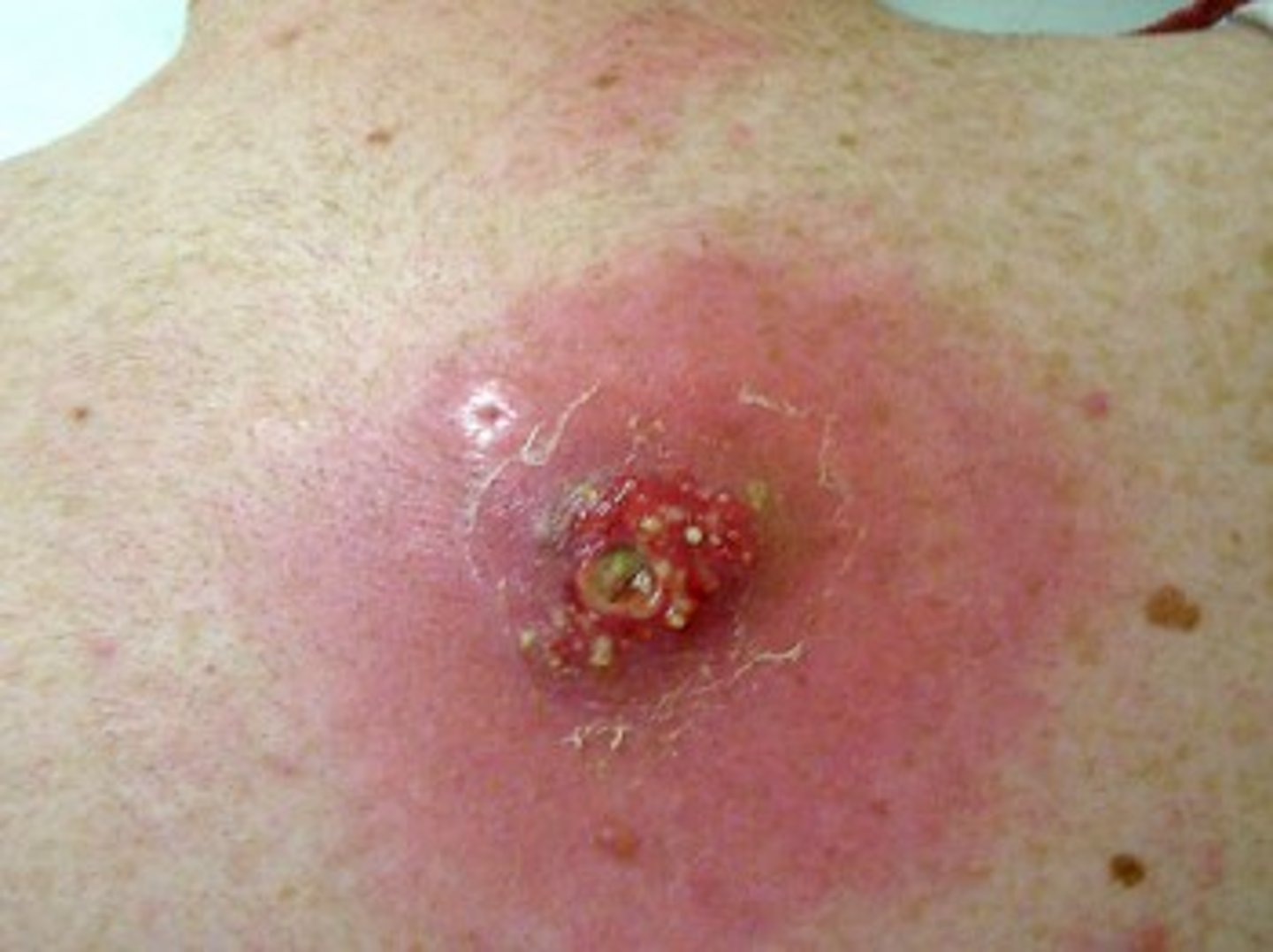
Contagious/Communicable Disease
when a disease can be spread from one person to another
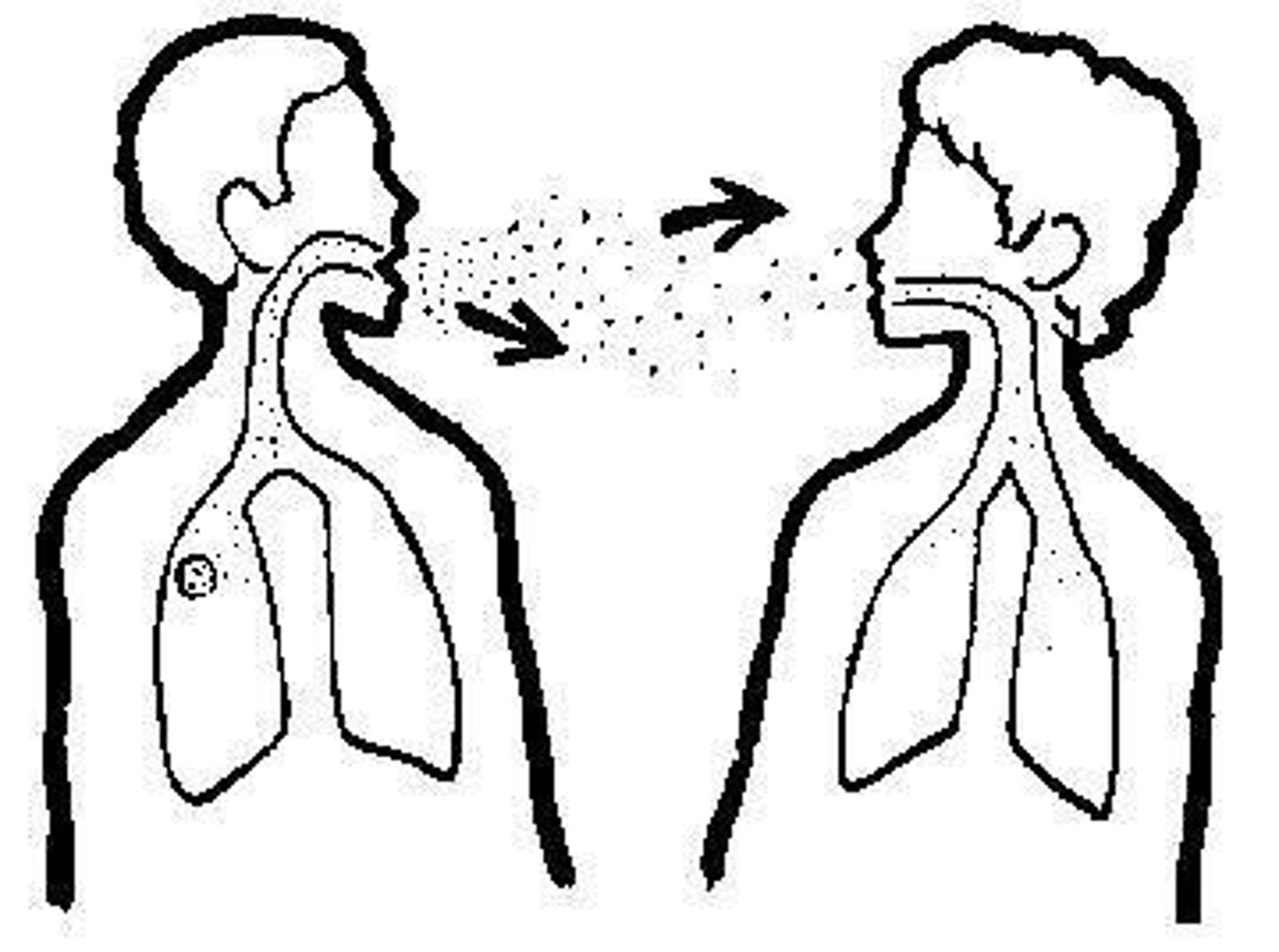
Biofilm
a colony of microorganisms that adhere to environmental surfaces as well as the human body. They secrete a sticky, protective coating that cements them together and is hard to penetrate
Allergy
reaction due to extreme sensitivity to certain foods, chemicals, or other normally harmless substances
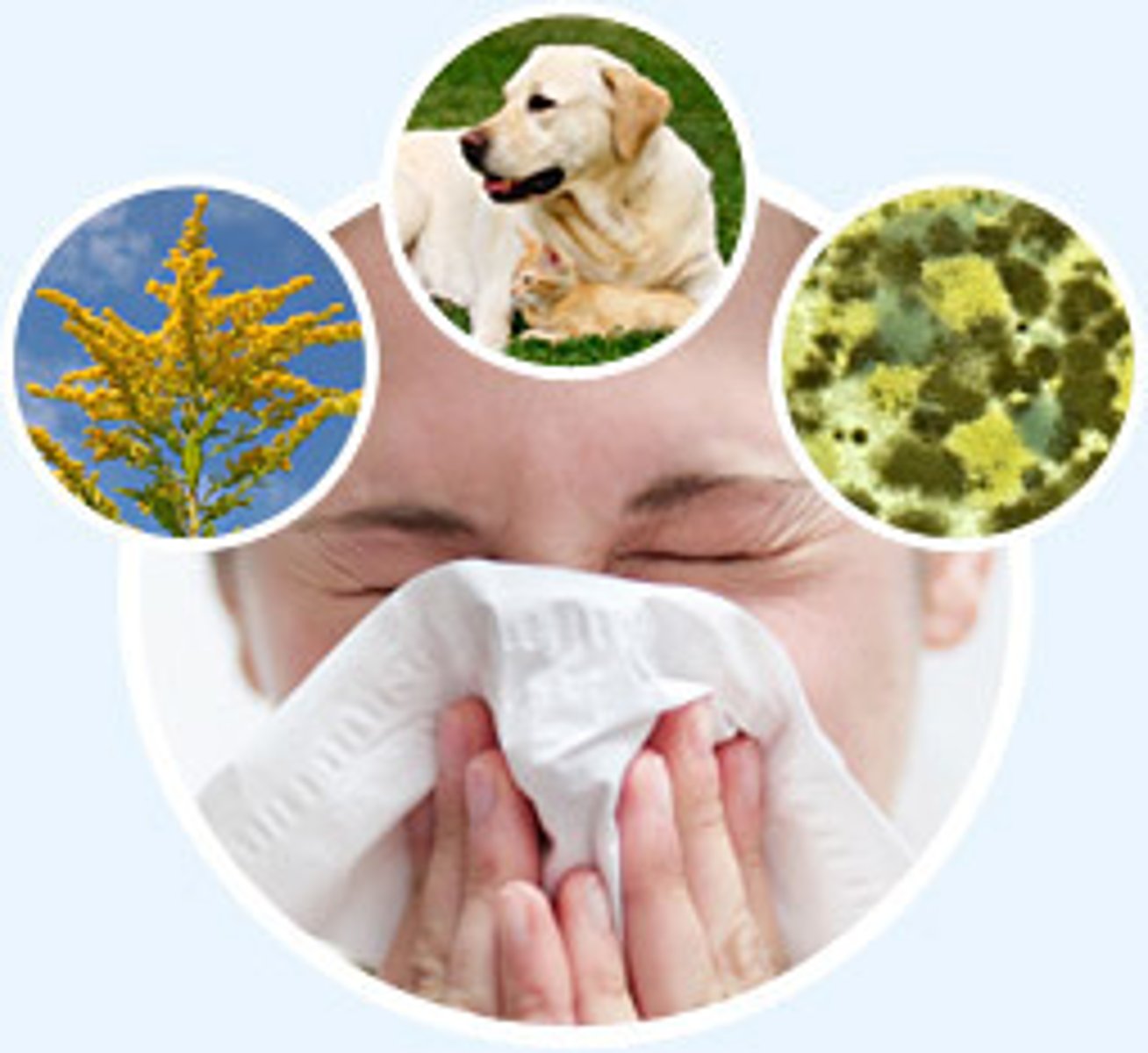
Contamination
the presence, or the reasonably anticipated presence, of blood or other potentially infectious materials on an item's surface or visible debris or residues such as dust, hair, and skin
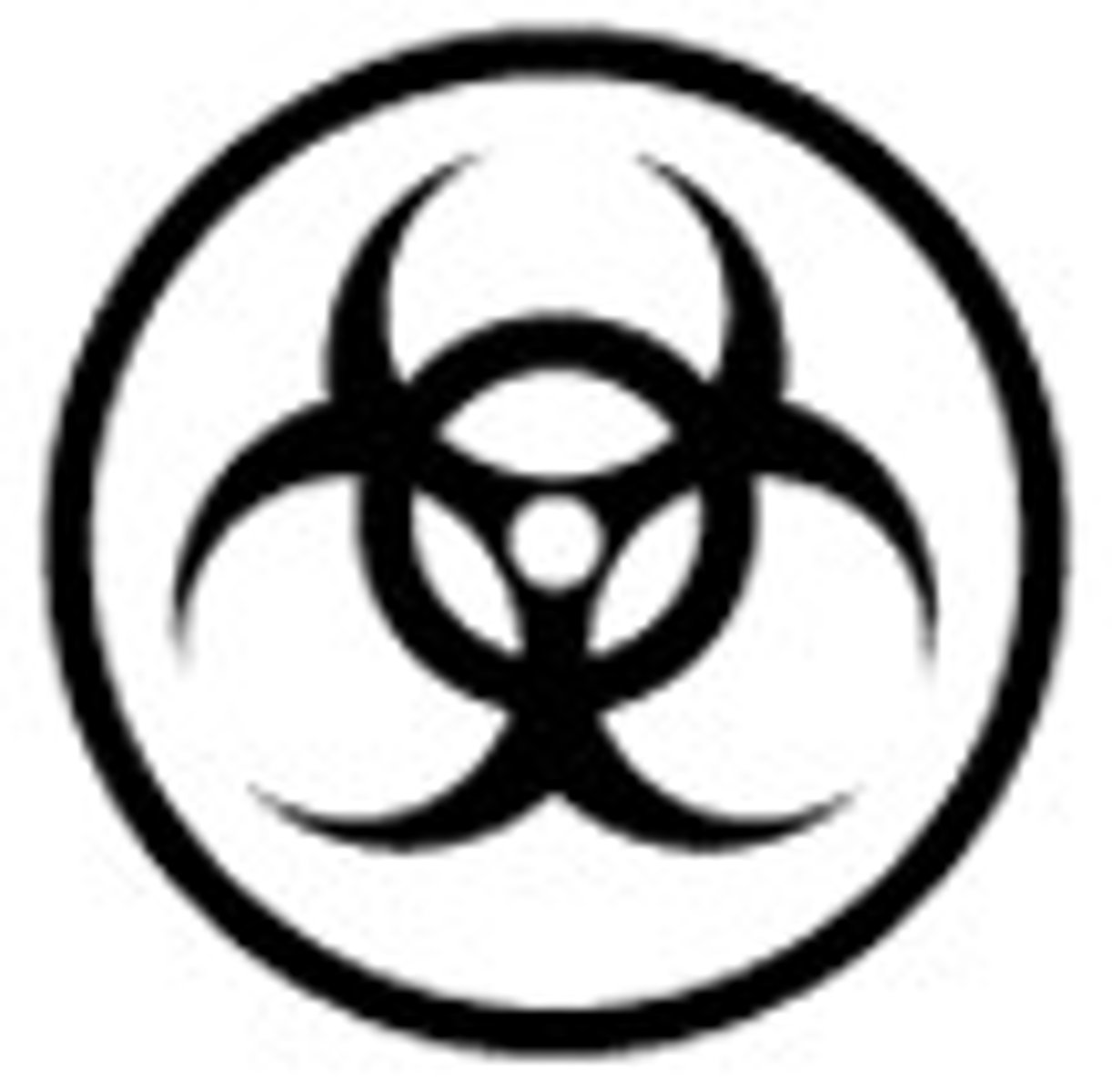
Decontamination
the removal of blood or other potentially infectious materials on an item's surface and the removal of visible debris or residue such as dust, hair, and skin
Diagnosis
determination of the nature of a disease from its symptoms and/or diagnostic tests
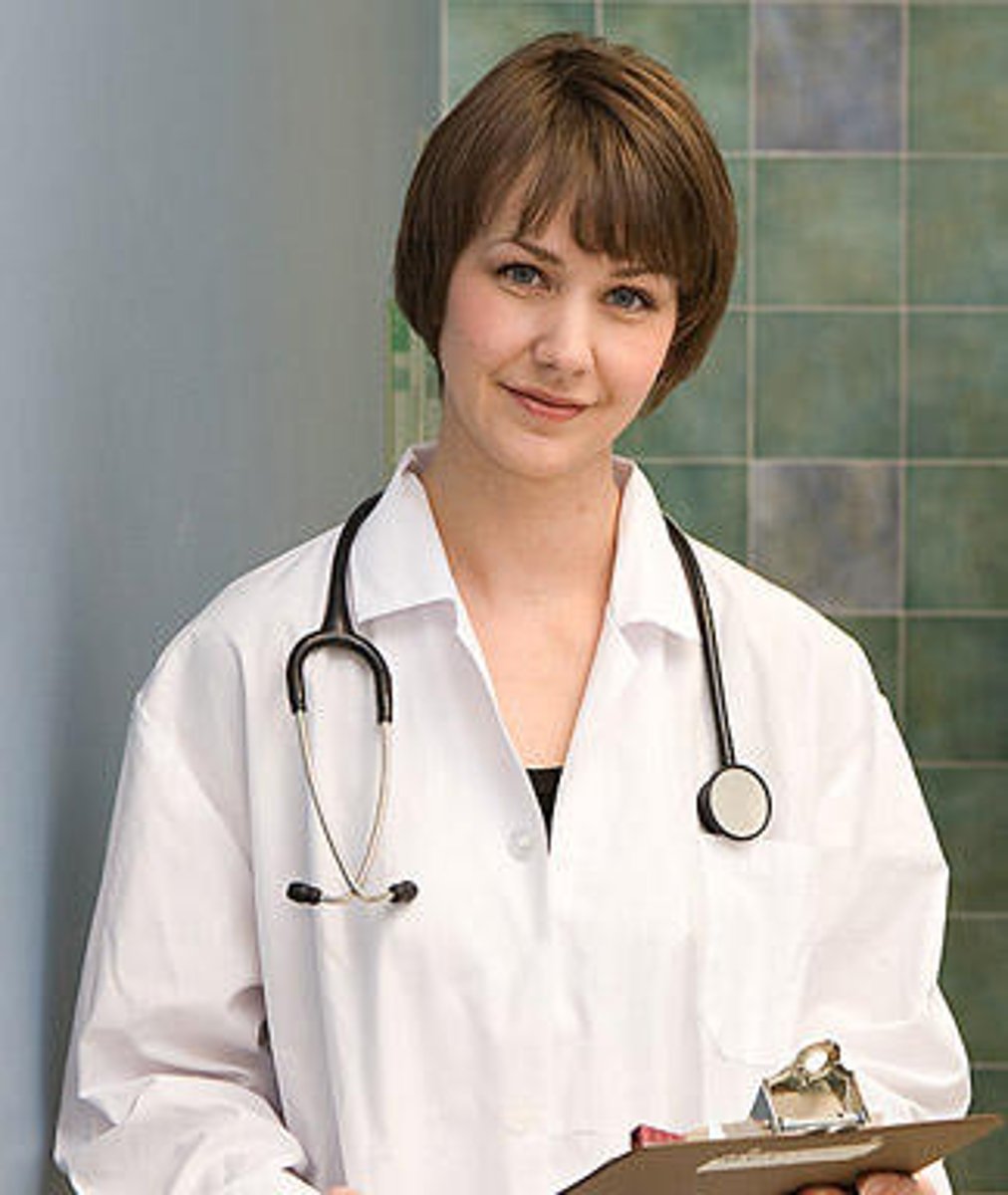
Exposure Incident
contact with non-intact (broken) skin, blood, body fluid, or other potentially infectious materials that are the result of the performance of an employee's duties
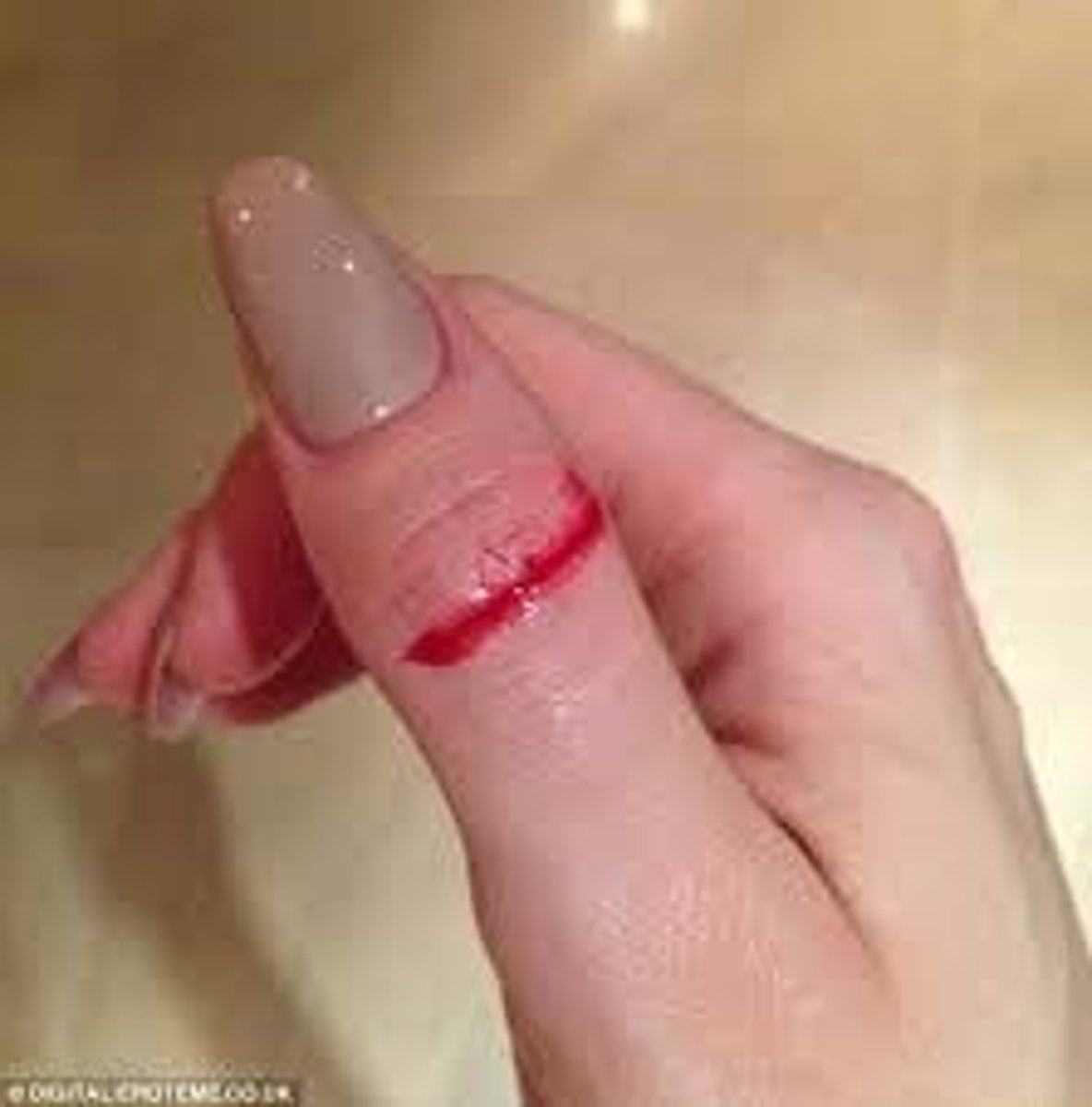
Occupational Disease
Illnesses resulting from conditions associated with employment, such as prolonged and repeated overexposure to certain products or ingredients
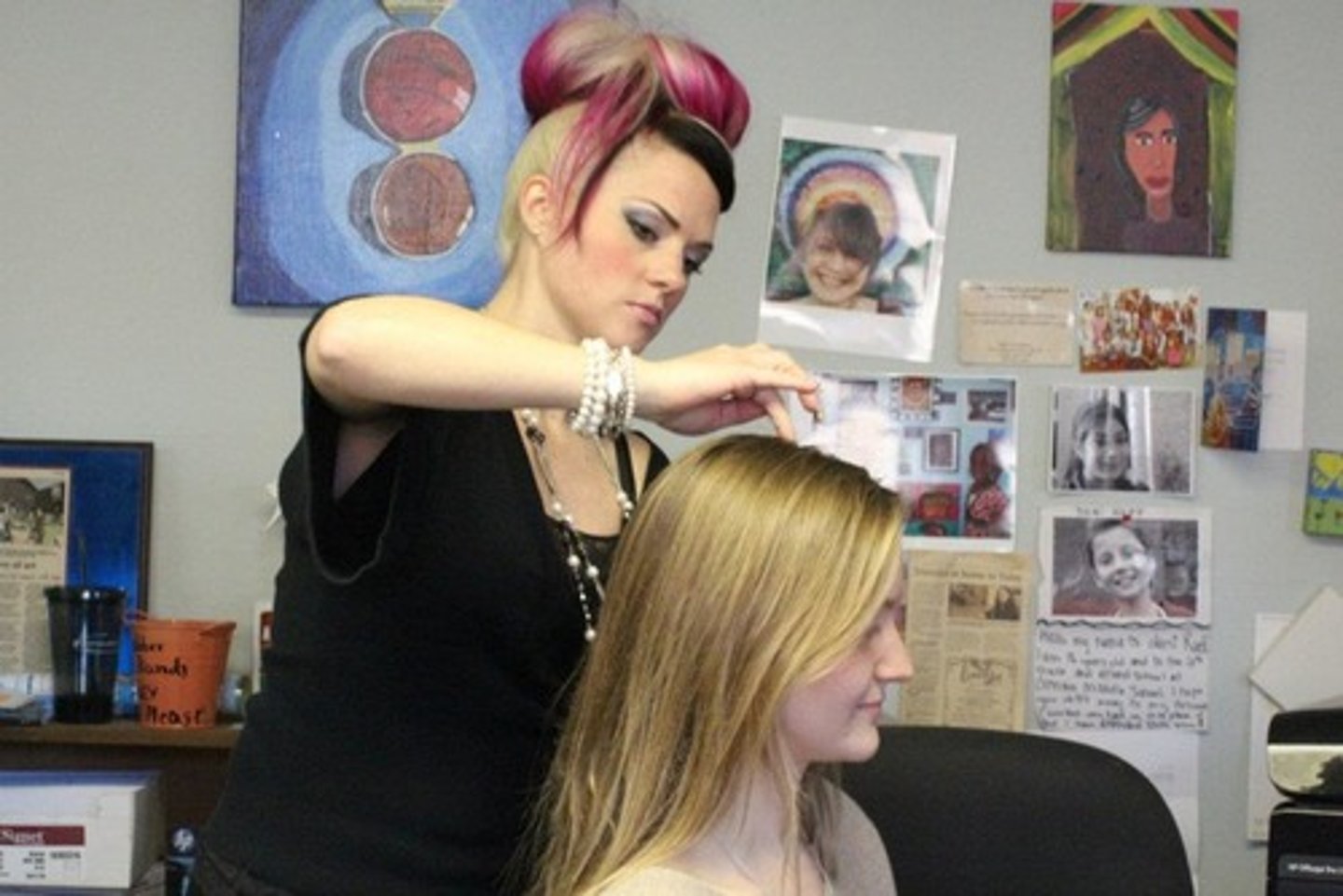
Parasitic Disease
disease caused by parasites, such as lice and mites
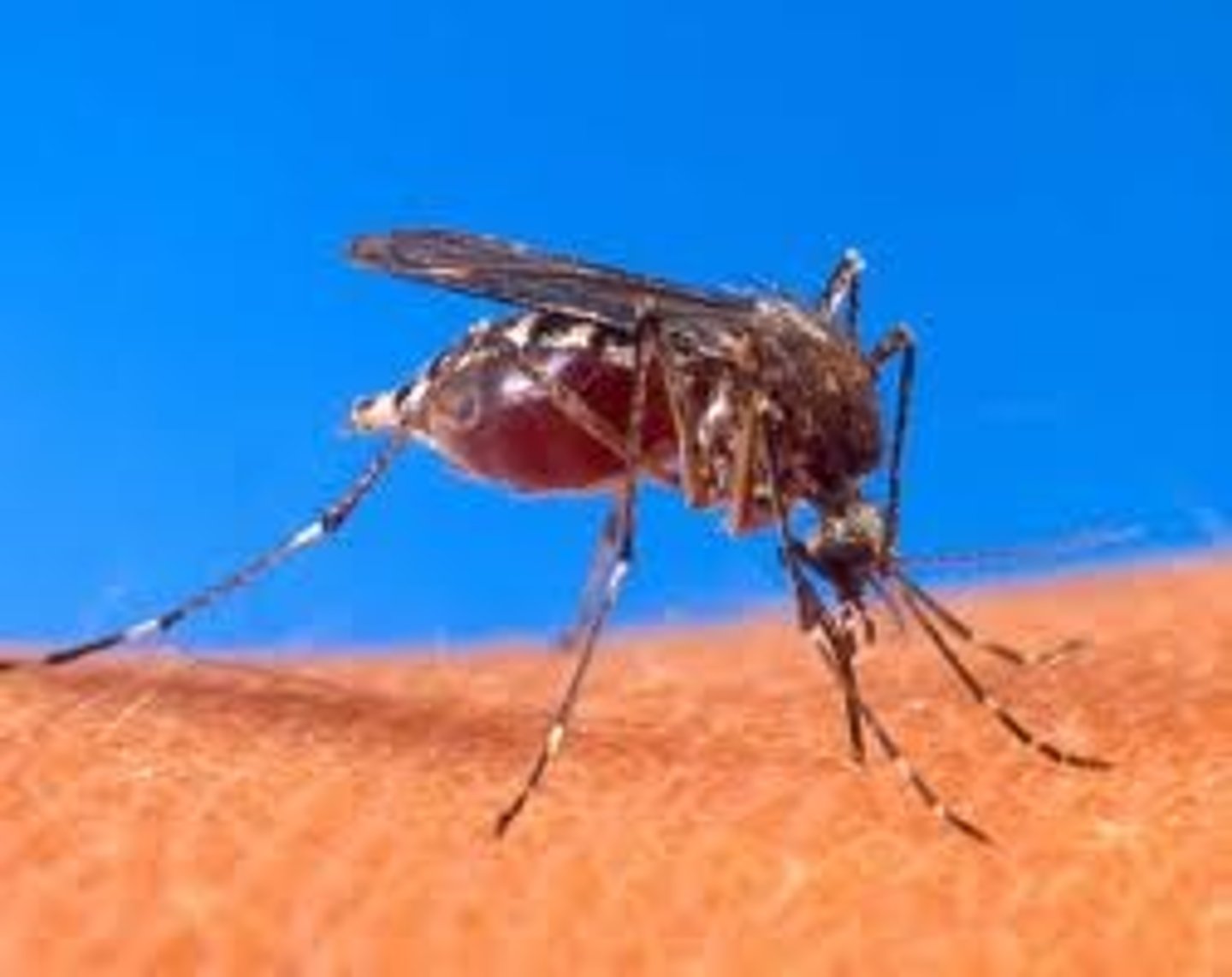
Systemic Disease
disease that affects the body as a whole, often due to under-functioning or over-functioning internal glands or organs. This disease is carried through the blood stream or the lymphatic system
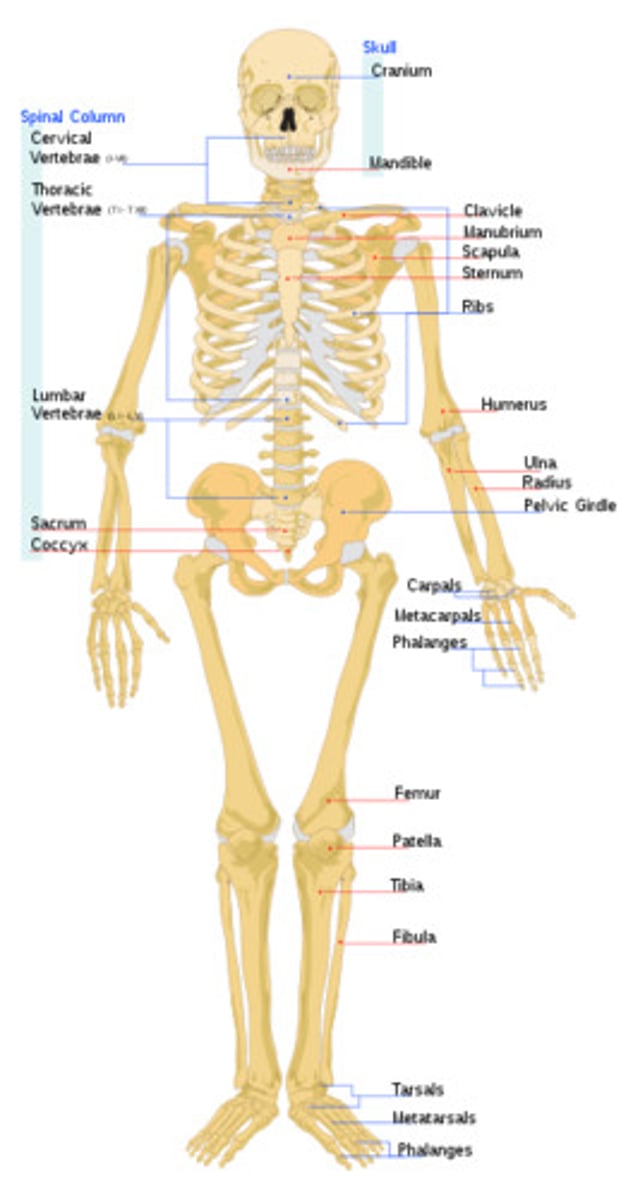
Bloodborne Pathogens
disease-causing microorganisms that are carried in the body by blood or body fluids, such as hepatitis and HIV
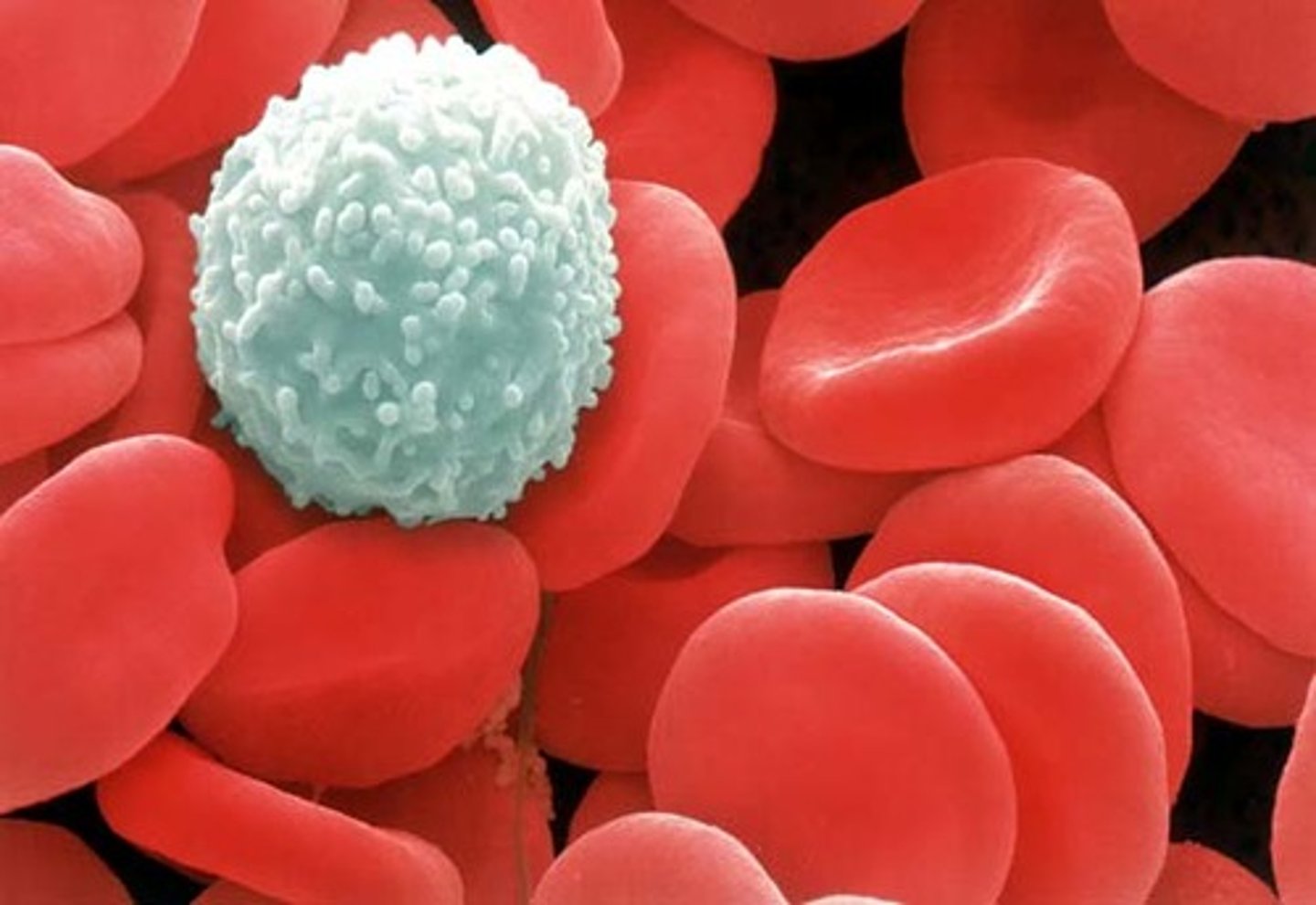
Hepatitis
a bloodborne virus that causes disease and can damage the liver
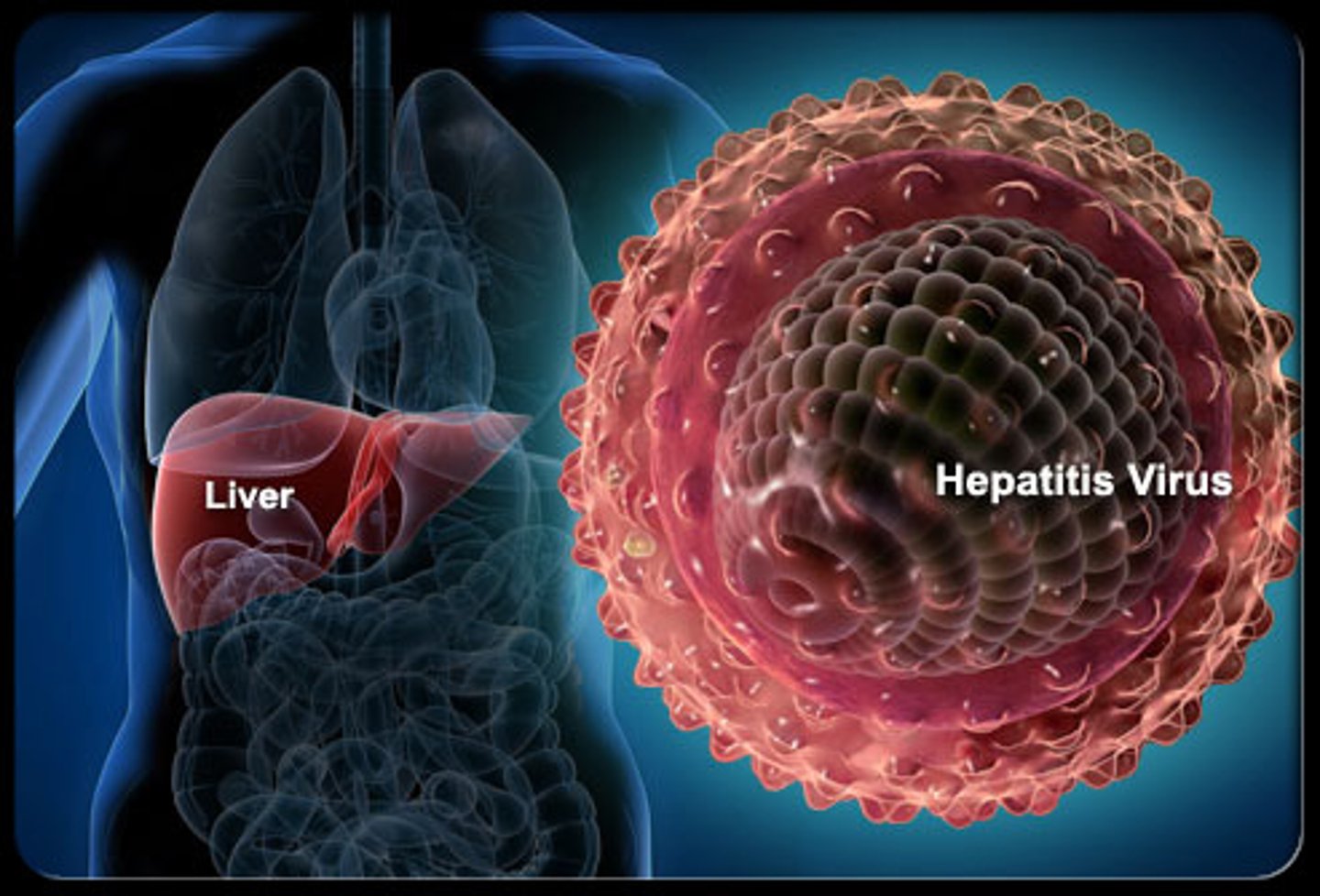
HIV
Human Immunodeficiency Virus-the virus that causes acquired immune deficiency syndrome (AIDS)
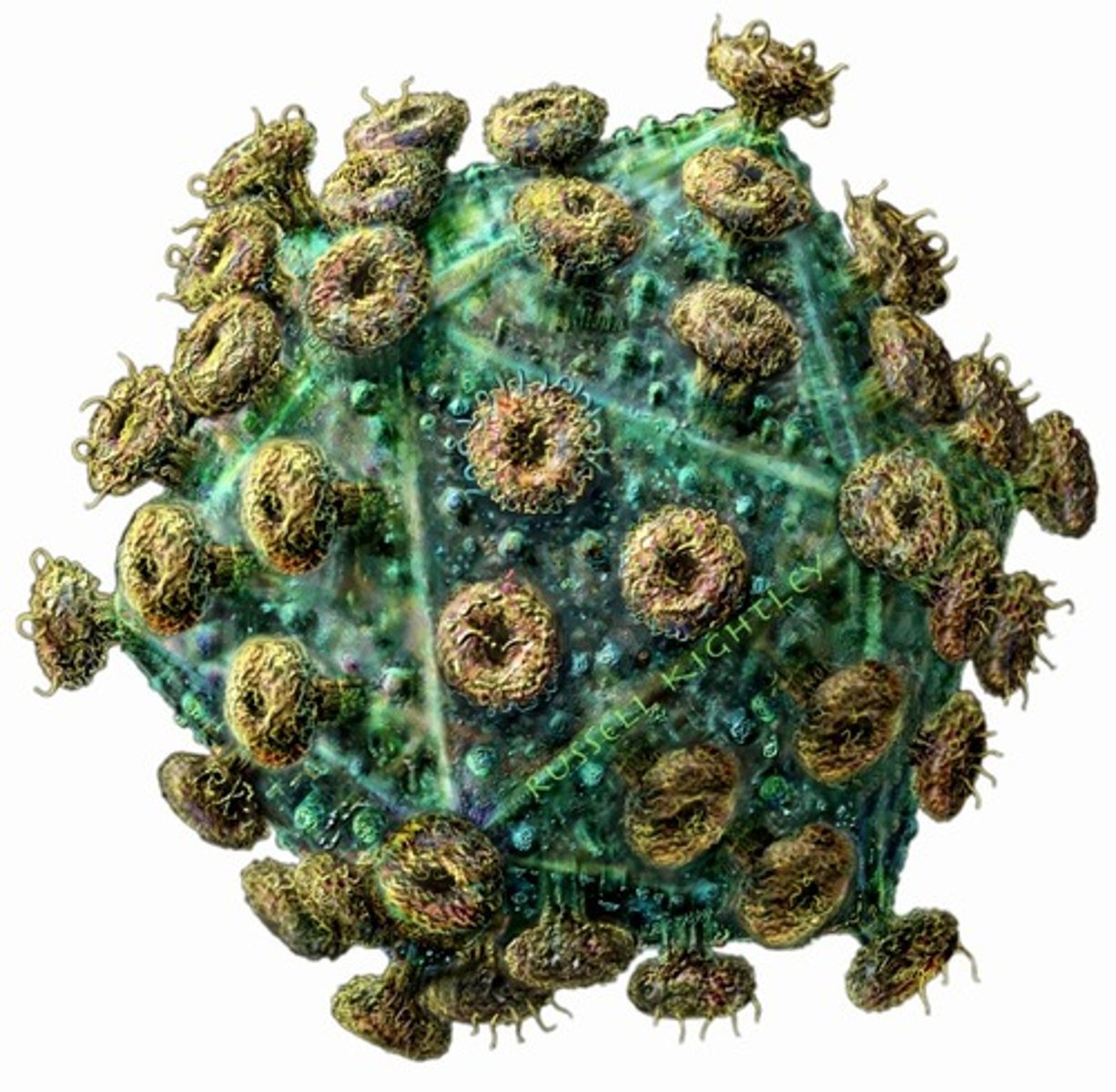
AIDS
a disease that breaks down the body's immune system
Fungi
single-cell organisms that grow in irregular masses that include molds, mildews, and yeasts
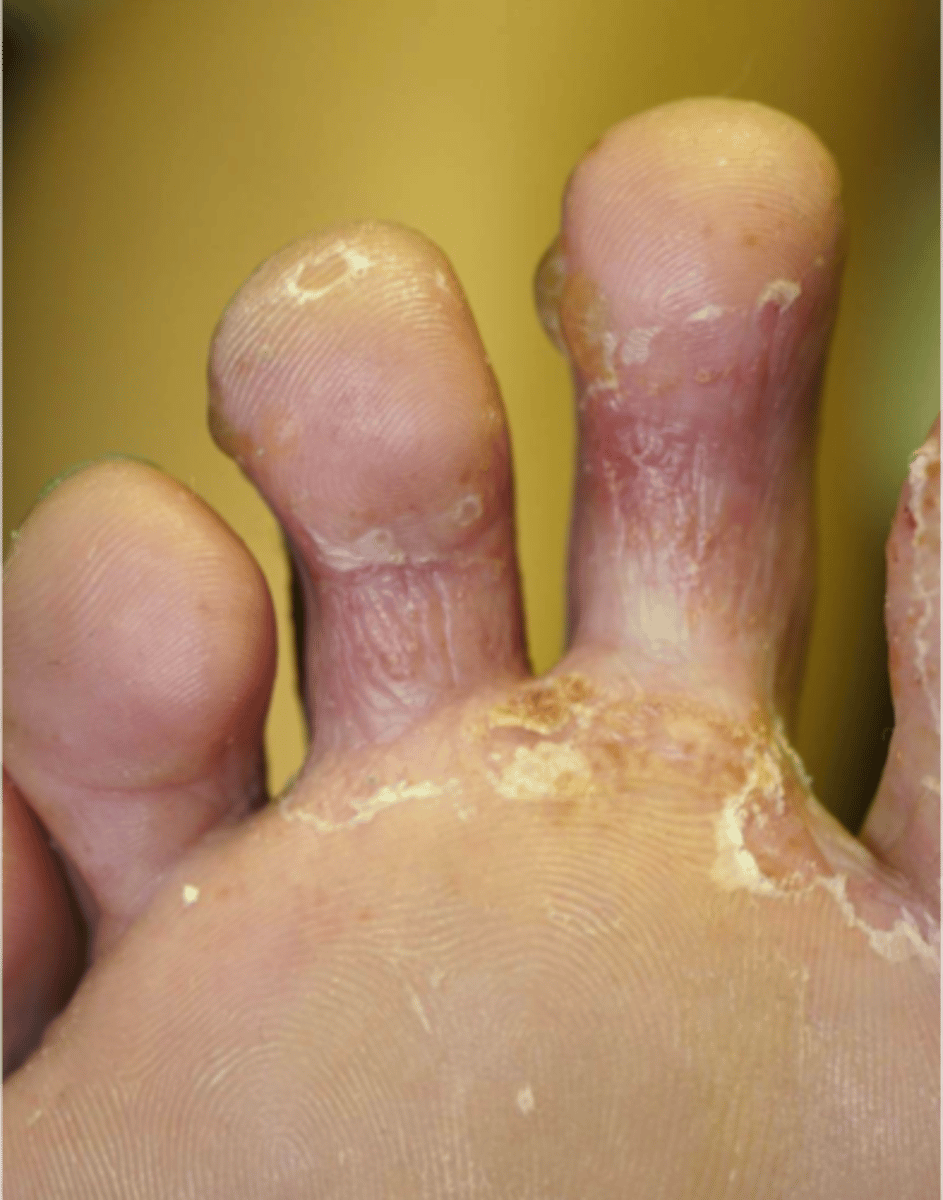
Mildew
another fungus, affects plants or grows on inanimate objects but does not cause human infections in the salon
Folliculitis barbae
an inflammation of hair follicles caused by a bacterial infection often caused by Staphylococcus aureus
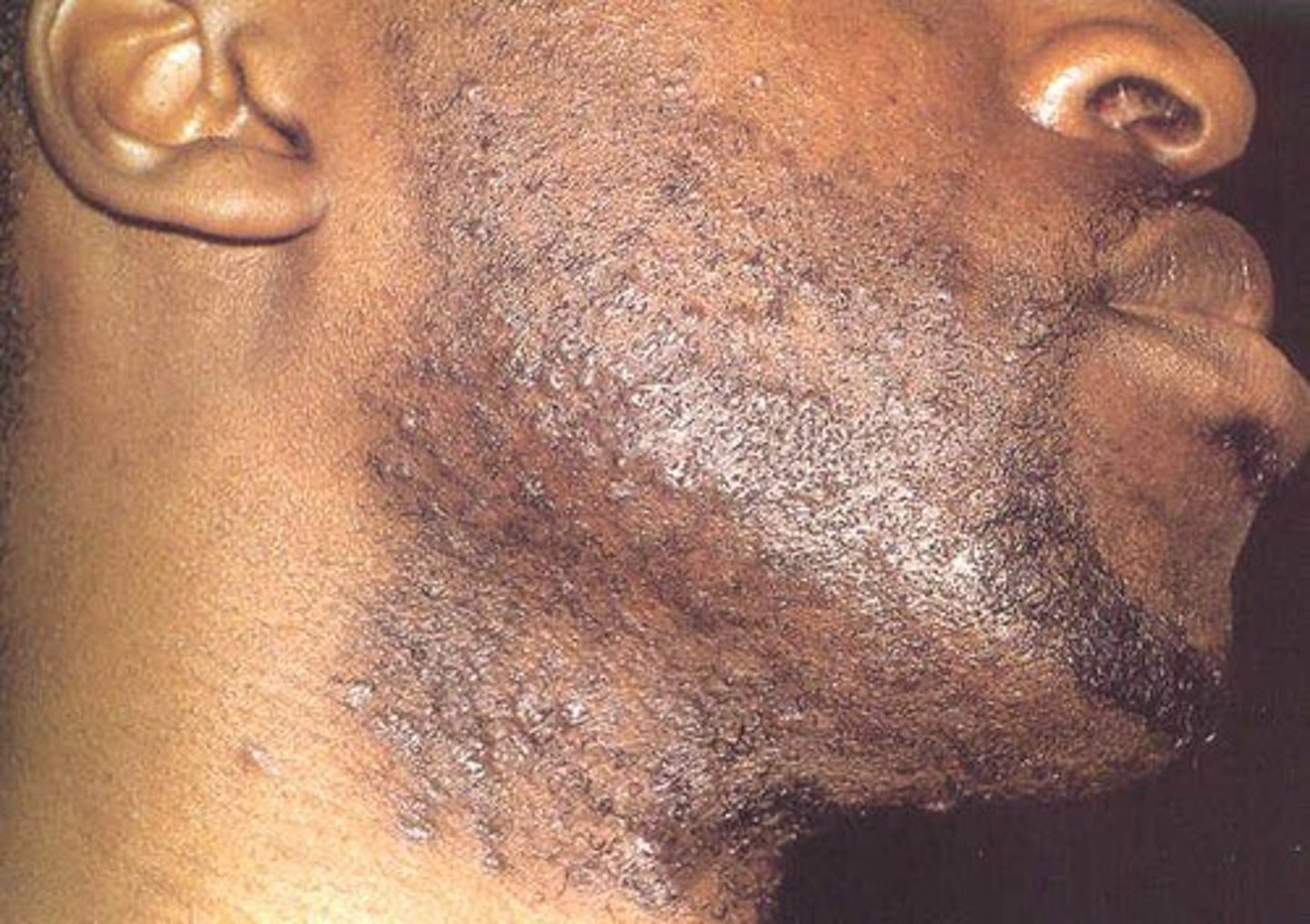
Tinea barbae
a superficial fungal infection caused by a variety of dermatophytes that commonly affects the skin
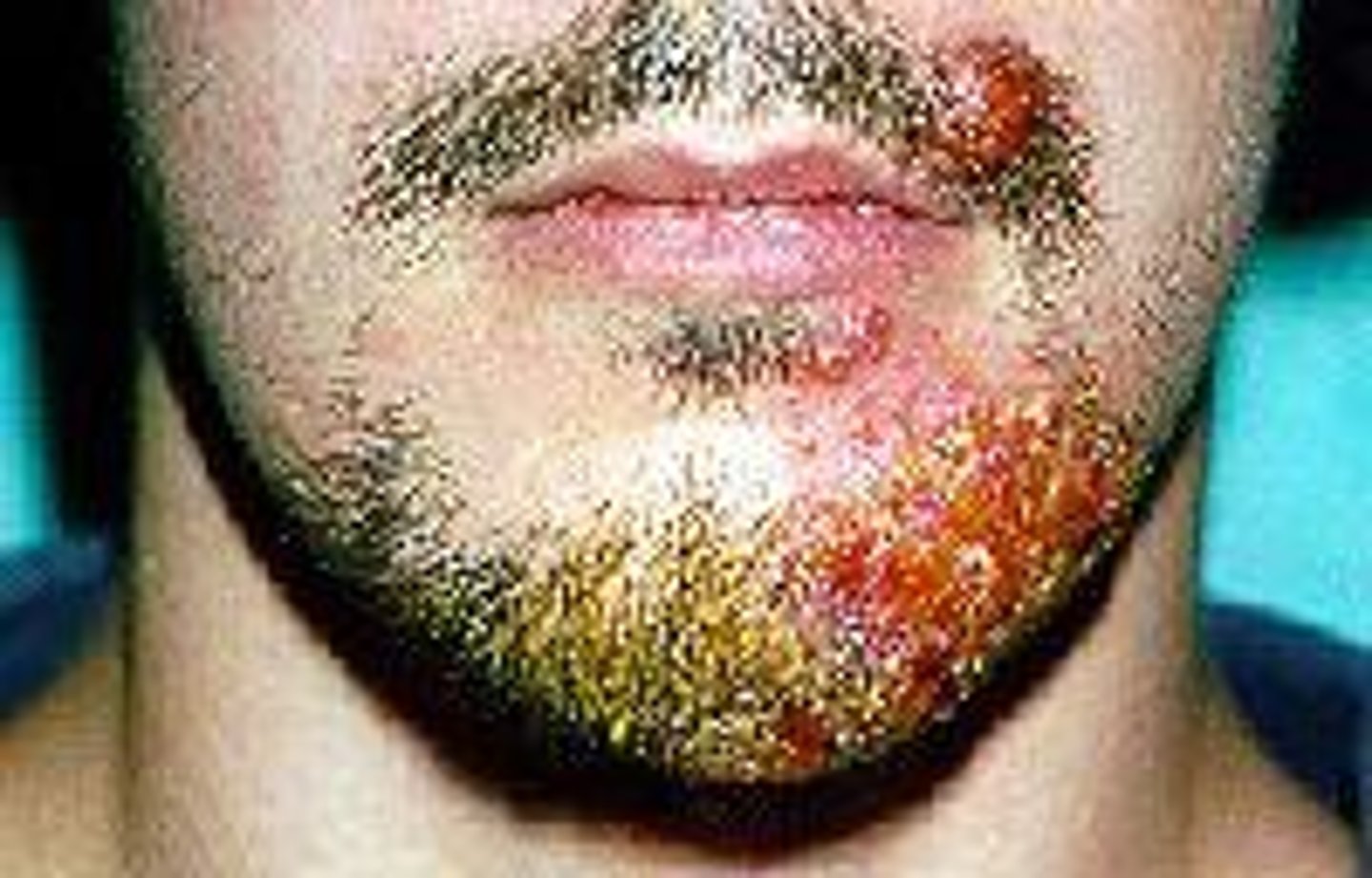
Tinea Capitis
a fungal infection of the scalp characterized by red papules at the opening of hair follicles
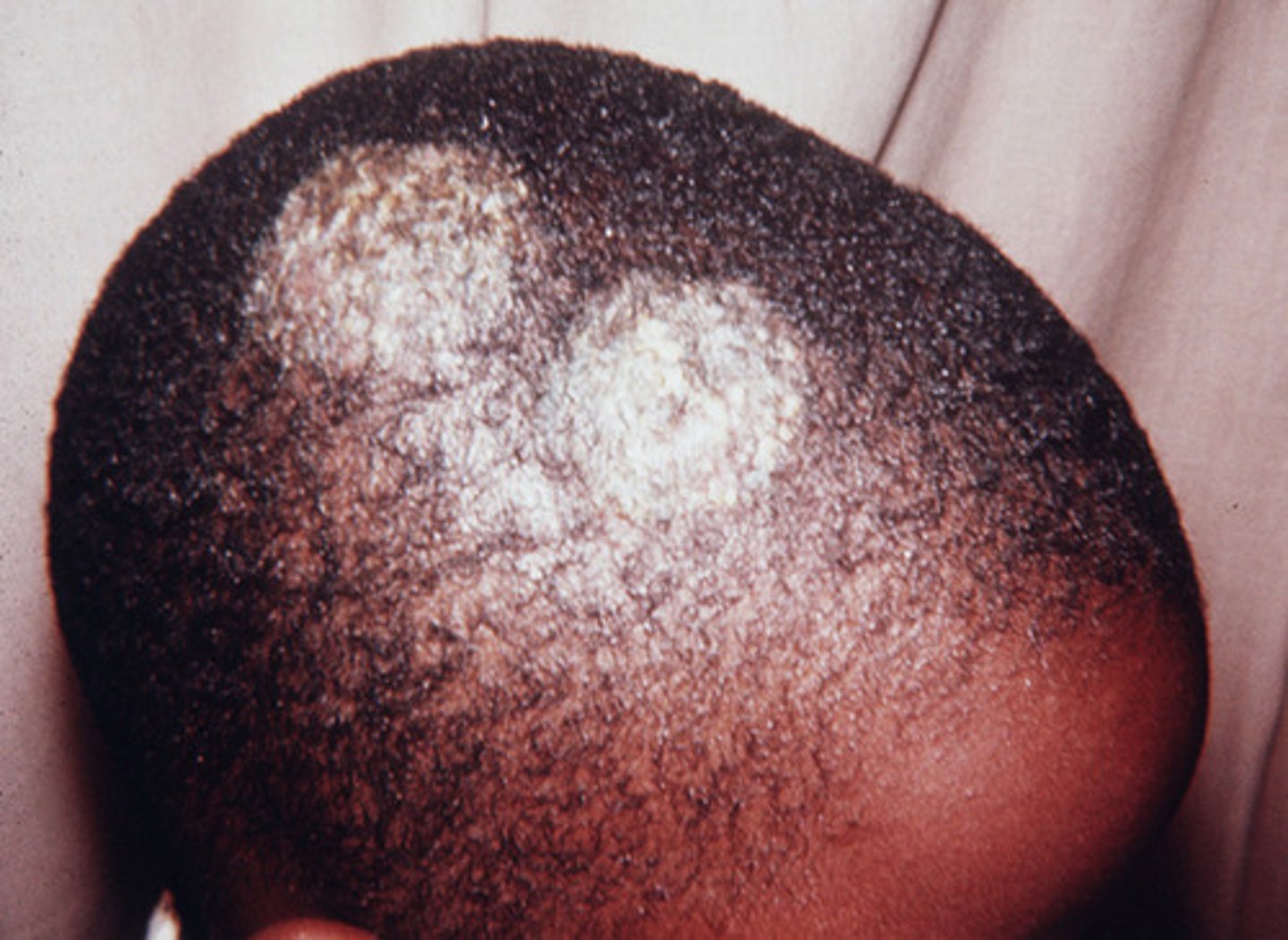
Tinea Pedis
a ringworm fungus of the foot
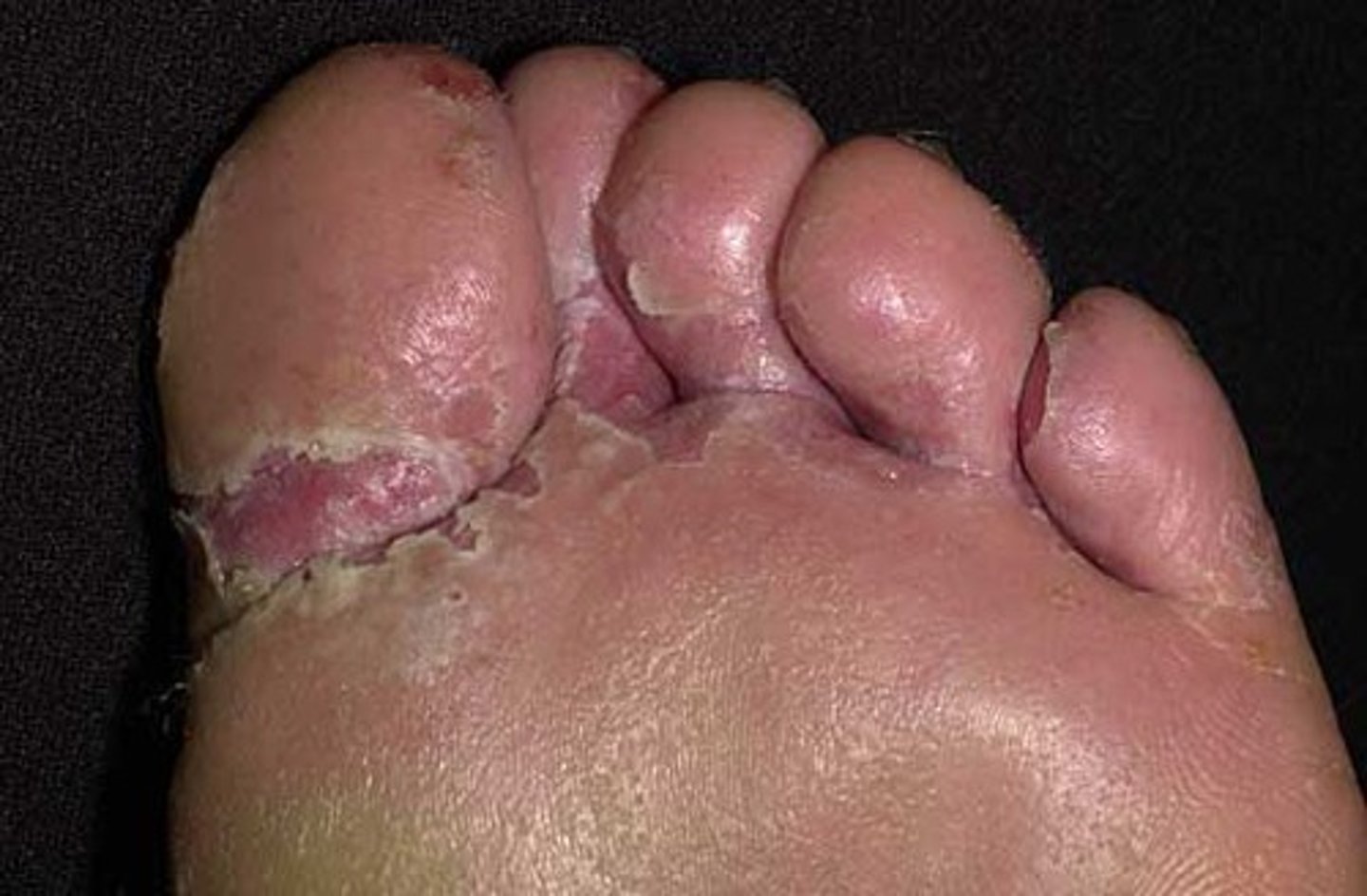
Parasites
organisms that grow, fee, and shelter on or in another organism while contributing nothing to the survival of that organism
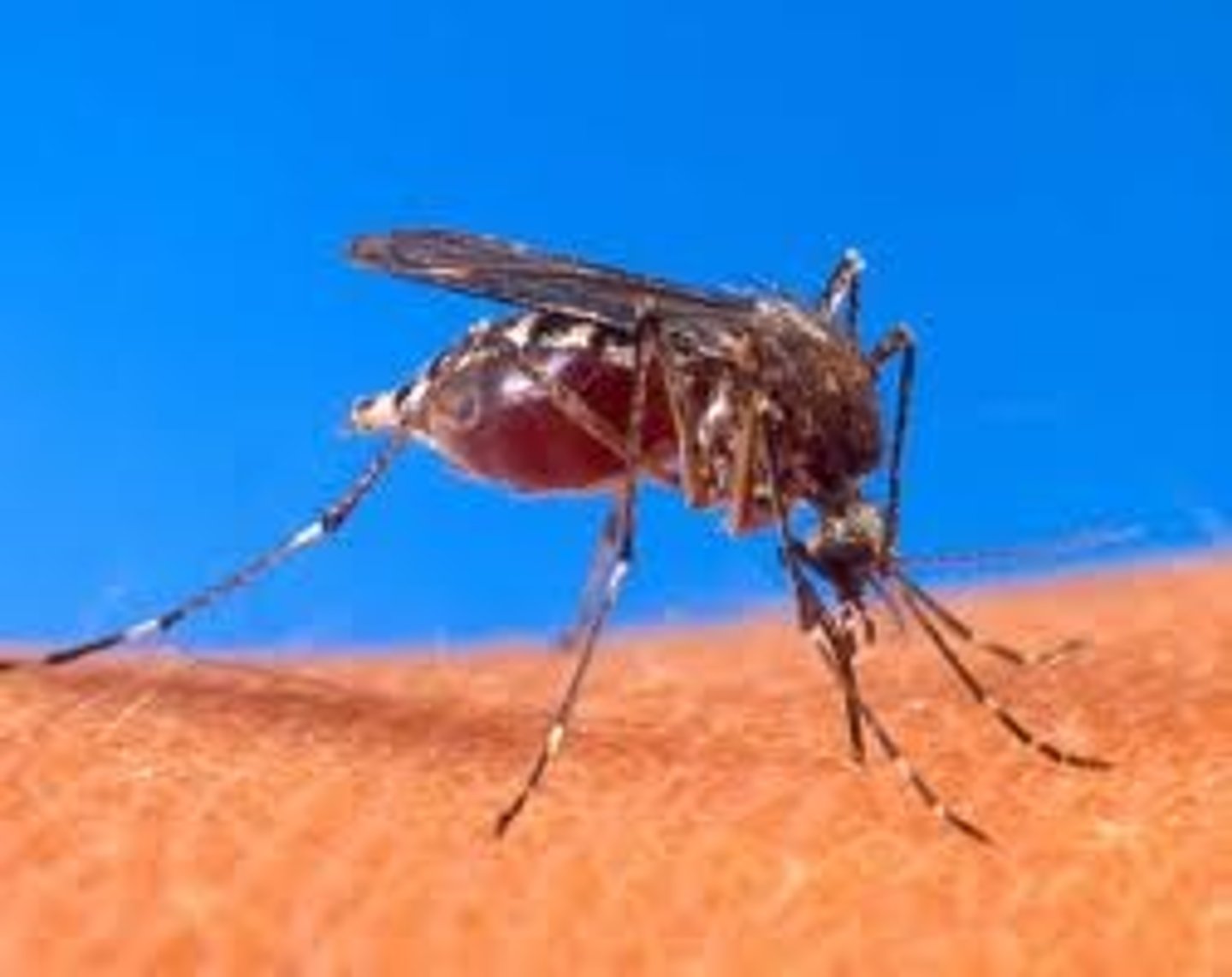
Pediculosis Capitis
head lice
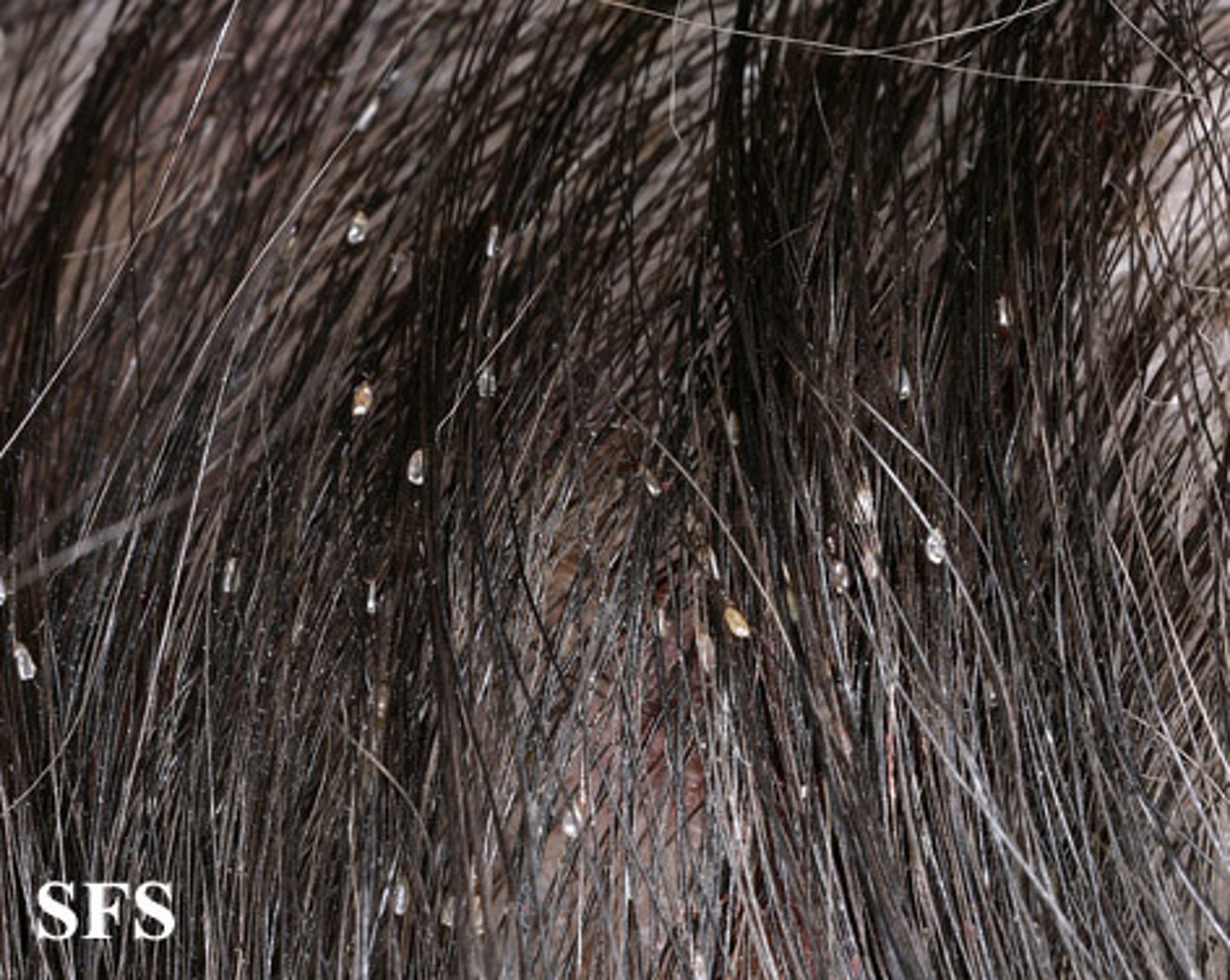
Scabies
a contagious skin disease caused by the itch mite, which burrows under the skin
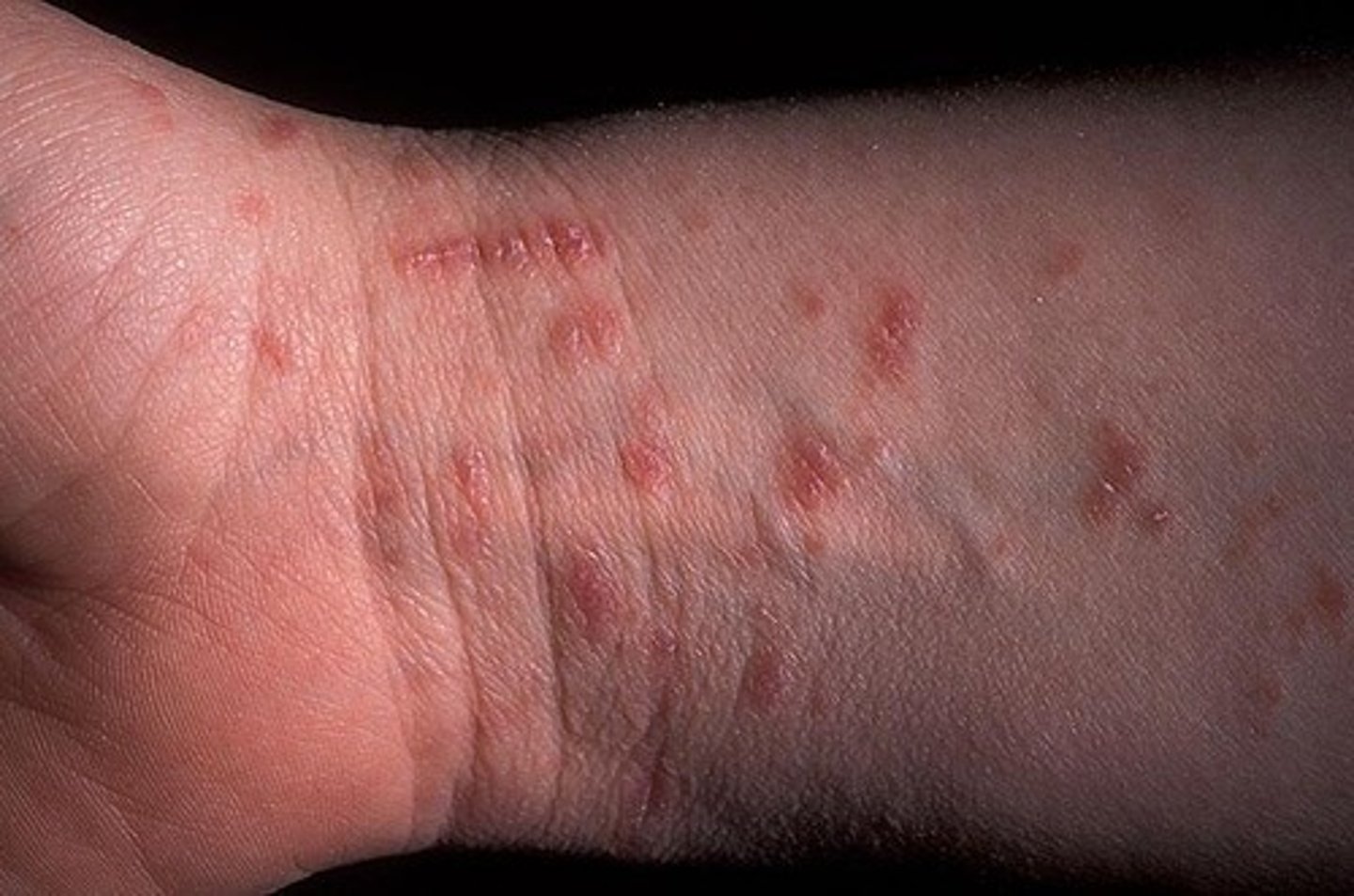
Immunity
the ability of the bod to destroy, resist, and recognize infection
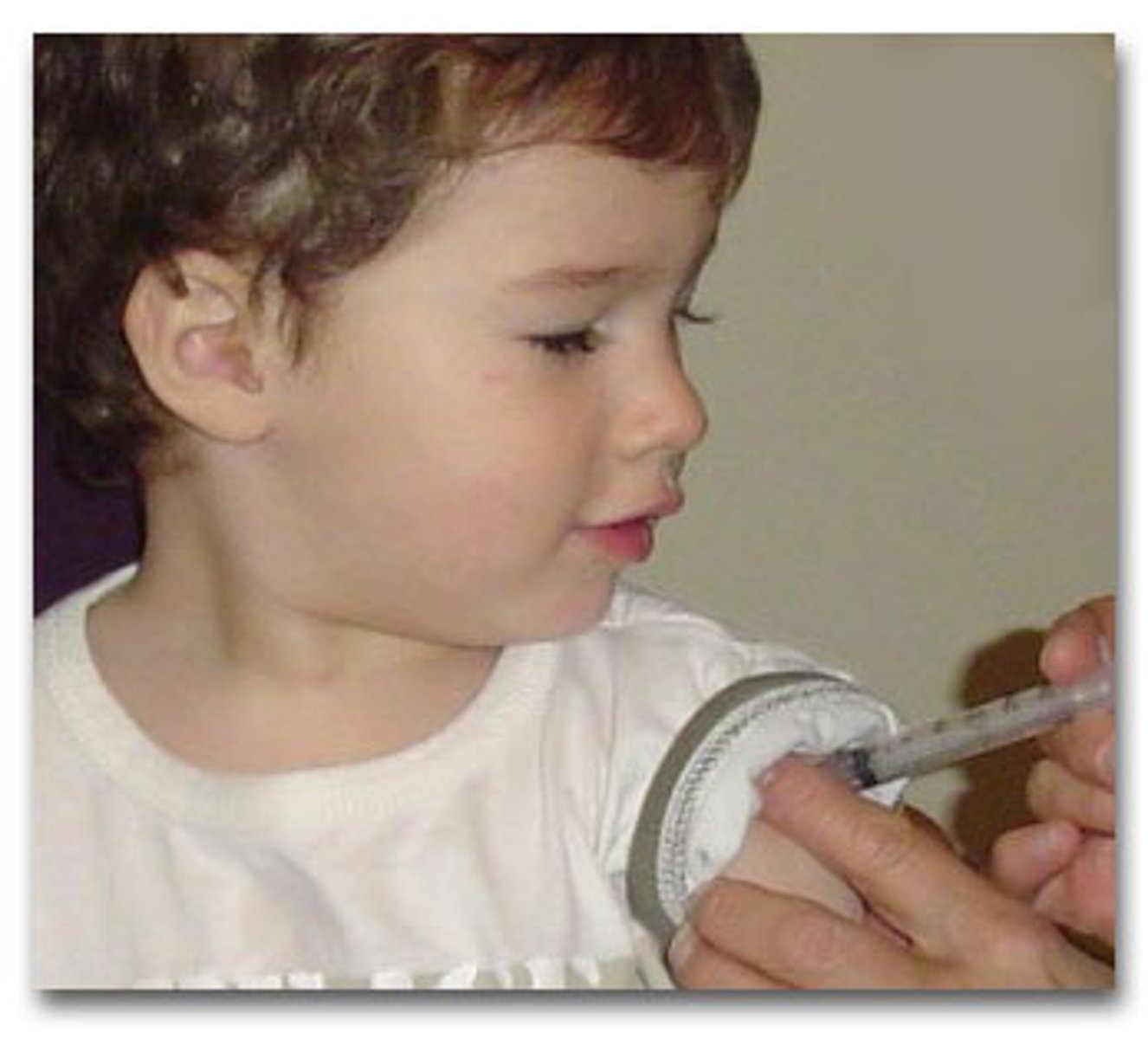
Natural immunity
partly inherited and partly developed through healthy living
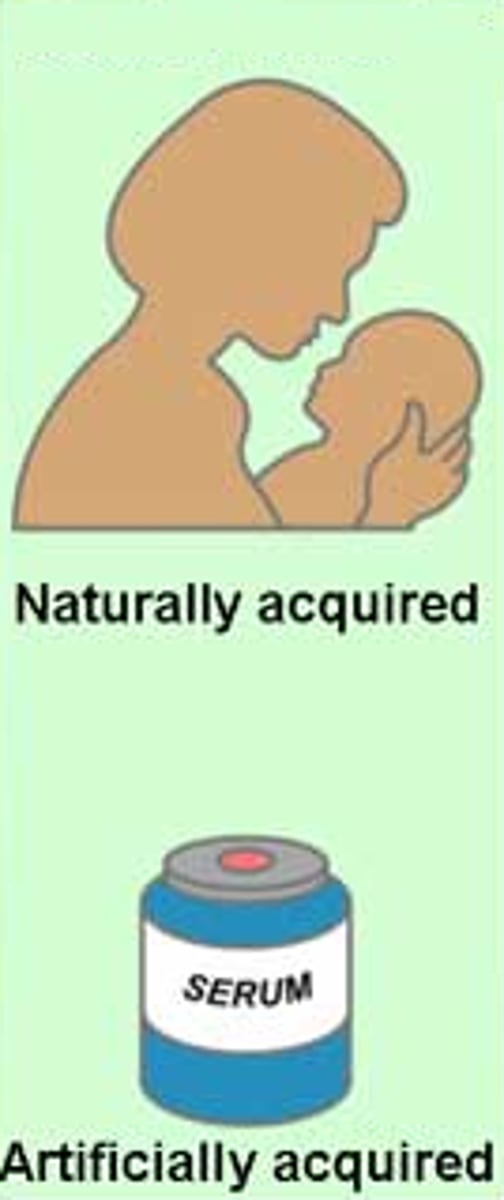
Acquired Immunity
the body develops this after overcoming a disease, through inoculation, or through exposure to natural allergens
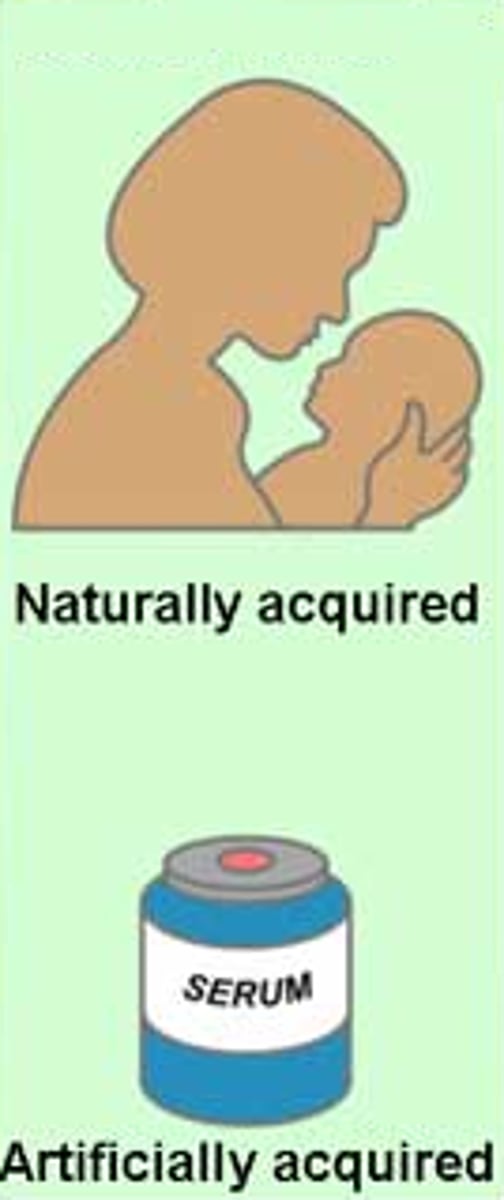
Sterilization
the process that destroys all microbial life
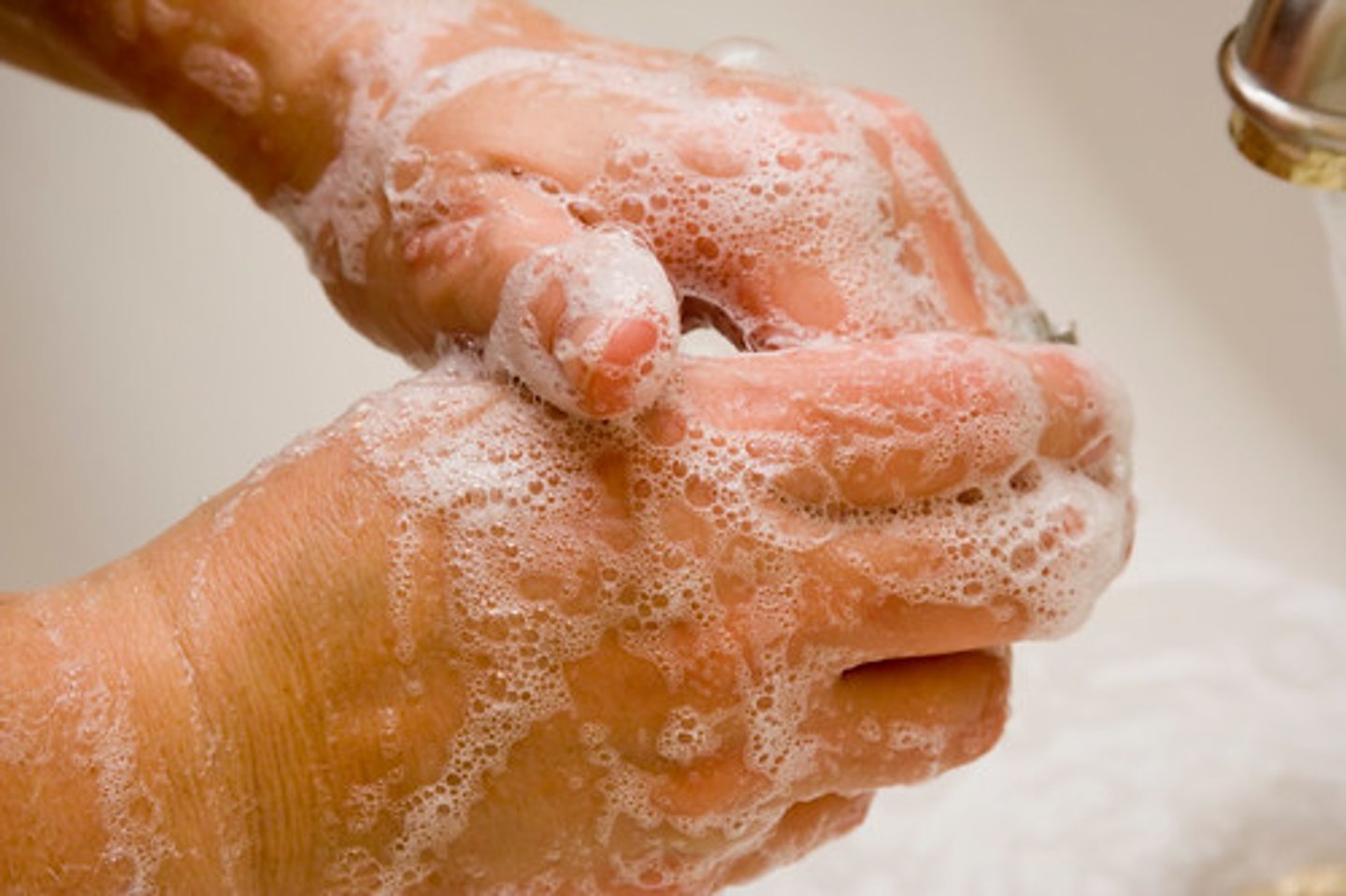
Two steps of infection Control
cleaning and then disinfecting
Three ways to clean tools/implements
washing with soap and warm water, then scrubbing them with a clean and properly disinfected nail brush
using an ultrasonic unit
using a cleaning solvent
Efficacy
the ability to produce an effect

Contact time
the amount of visibly moist time required to be effective against pathogens
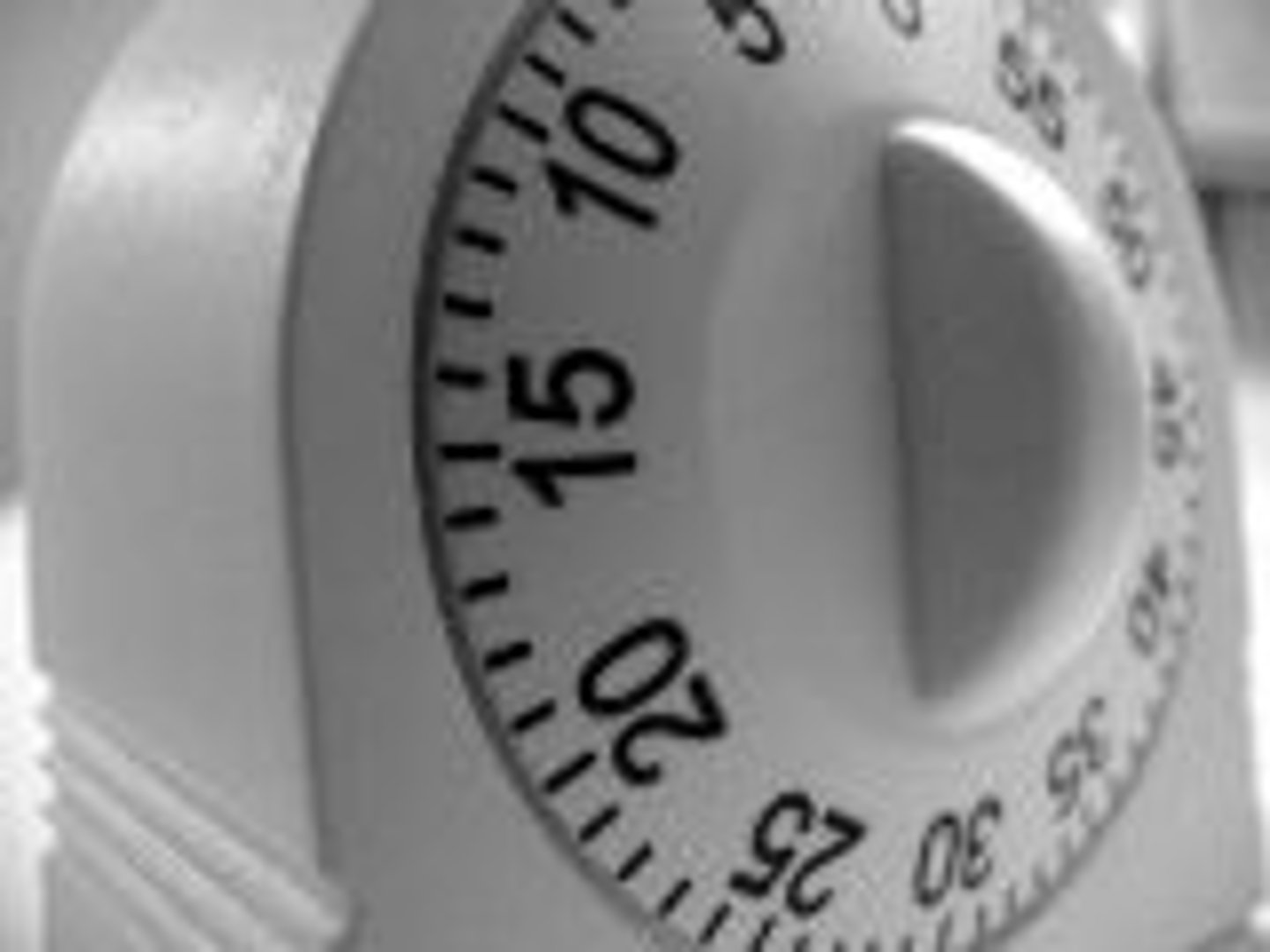
Complete immersion
there is enough liquid in the container to cover all surfaces of the item being disinfected, including the handles
QUATS
Quaternary ammonium compounds are disinfectants that are very effective when used properly in the salon
Phenolic Disinfectants
powerful tuberculocidals
a form of formaldehyde
Sodium Hypochlorite
Bleach
an effective disinfectant
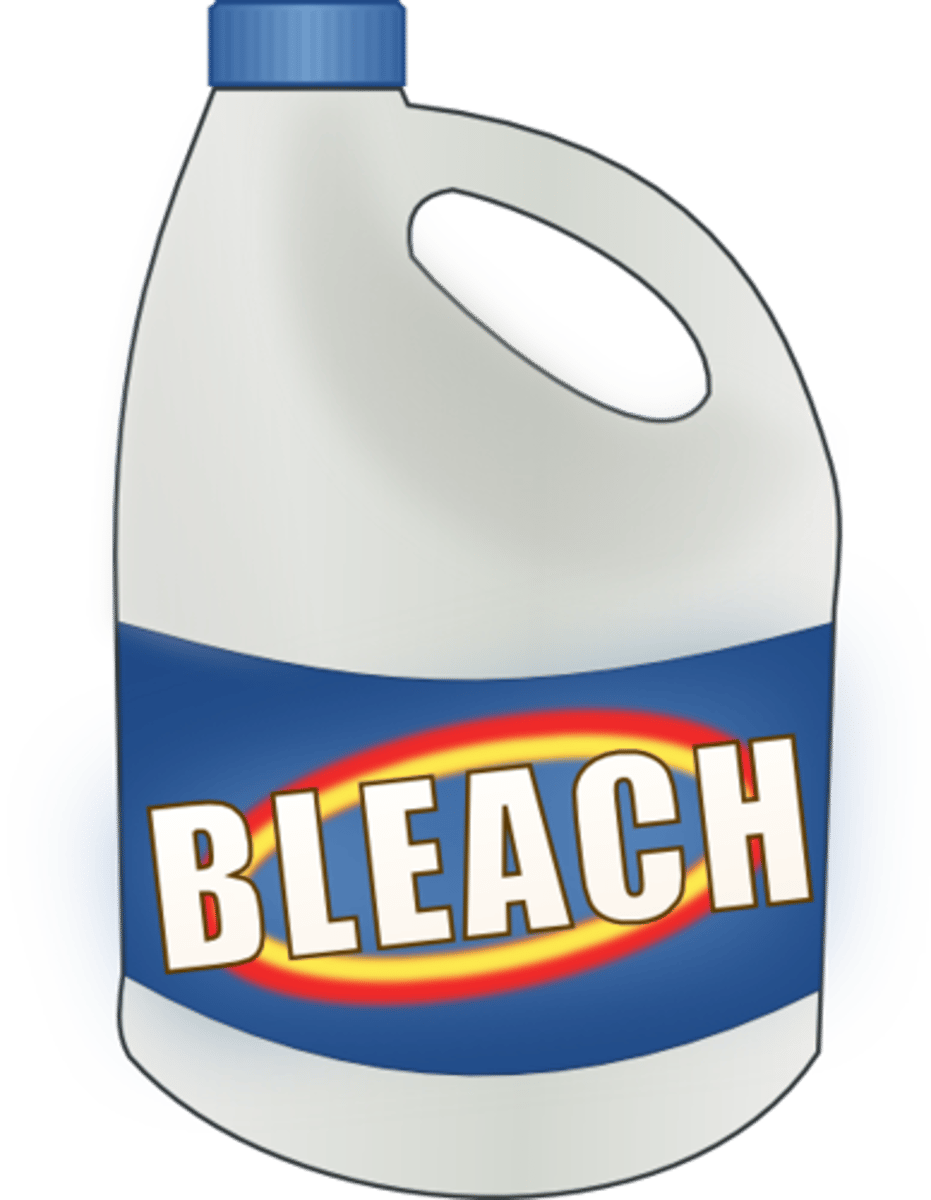
Multiuse
reusable
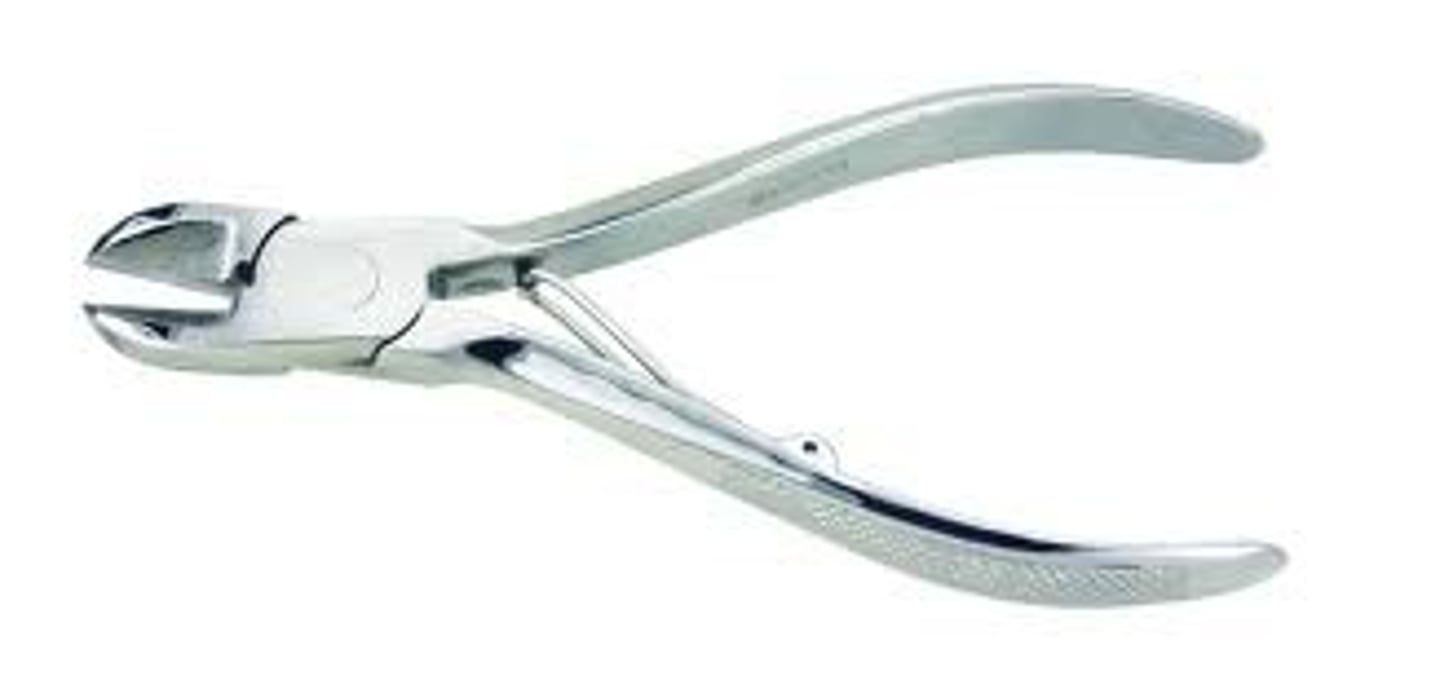
Single-use
disposable

porous
constructed of a material that has pores or openings and cannot be properly cleaned so that all visible residue is removed
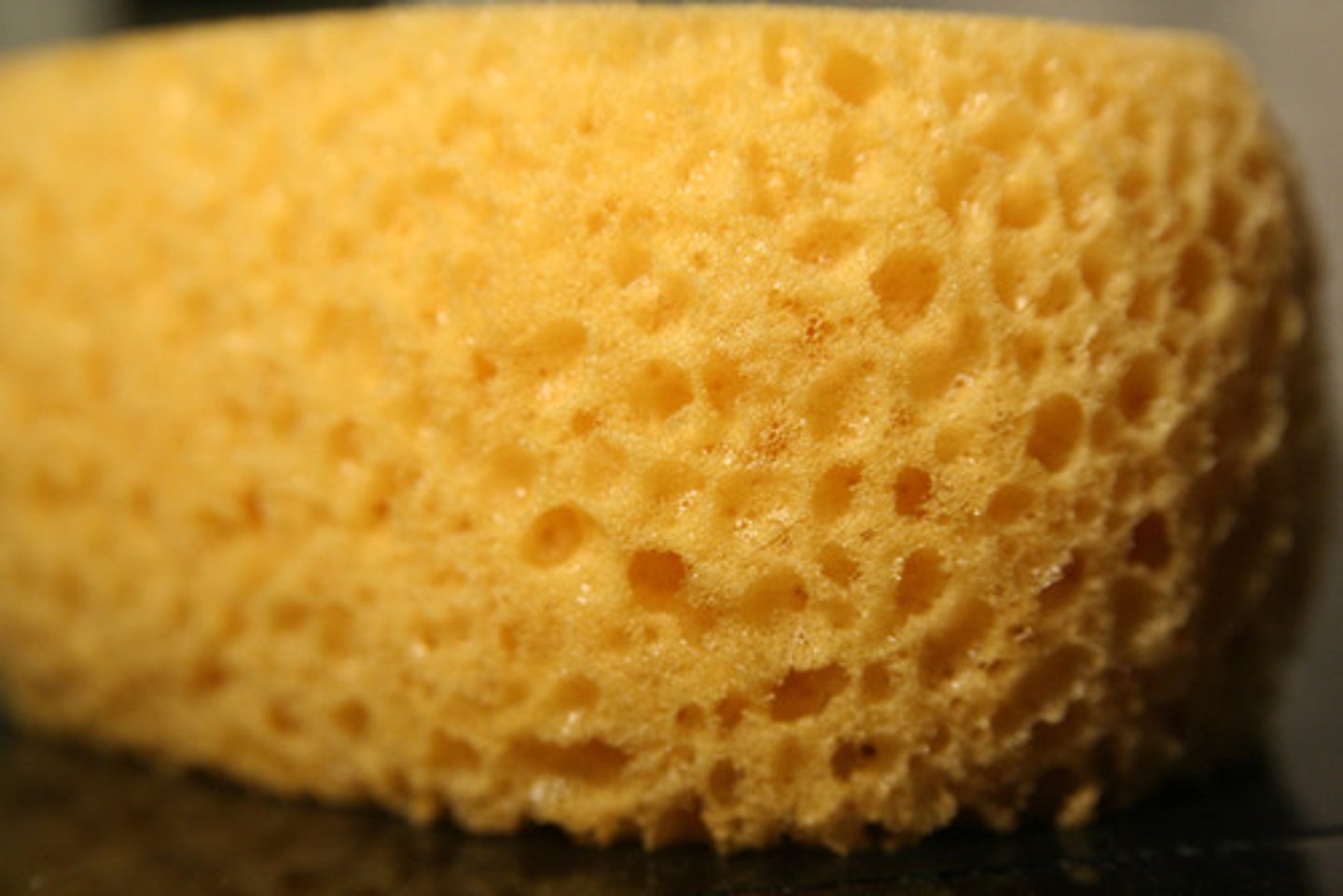
chelating soaps
work to break down stubborn films and remove the residue of pedicure products such as scrubs, salts, and masks
Antiseptics
chemical germicides formulated for use on skin and are registered and regulated by the FDA
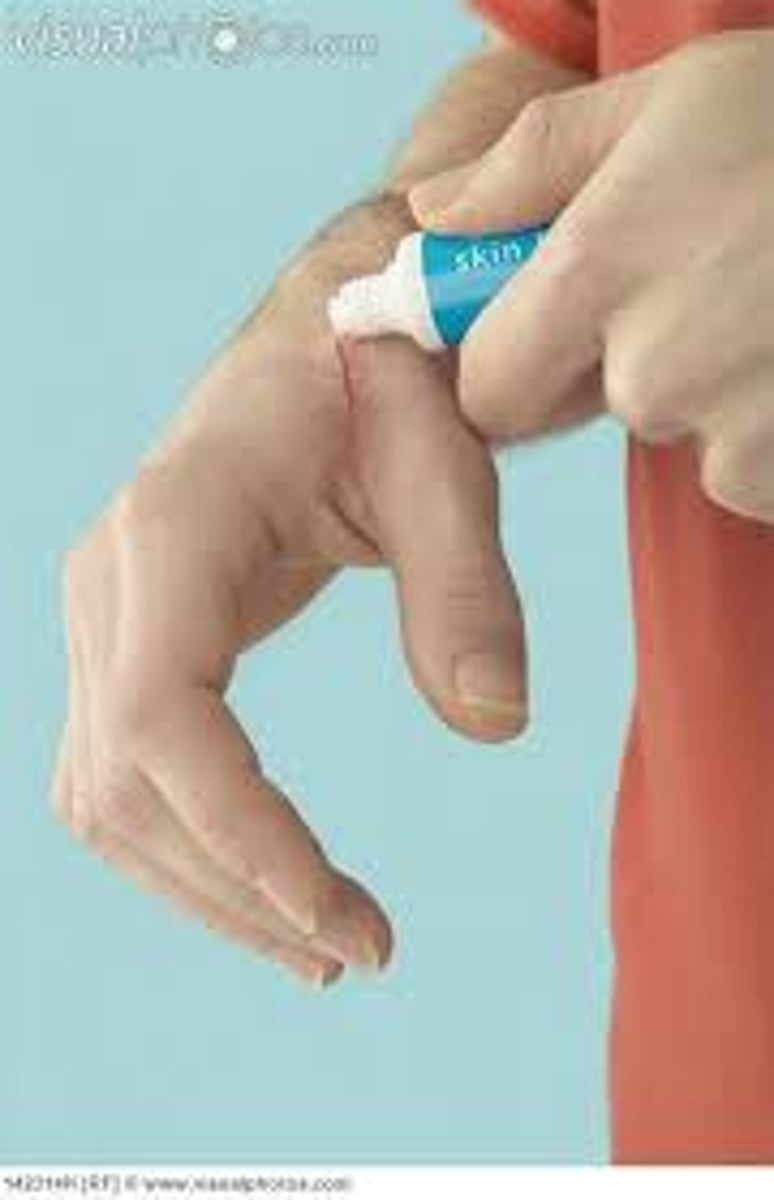
Standard Precautions
guidelines published by the CDC that require the employer and employee to assume that all human blood and body fluids are potentially infectious
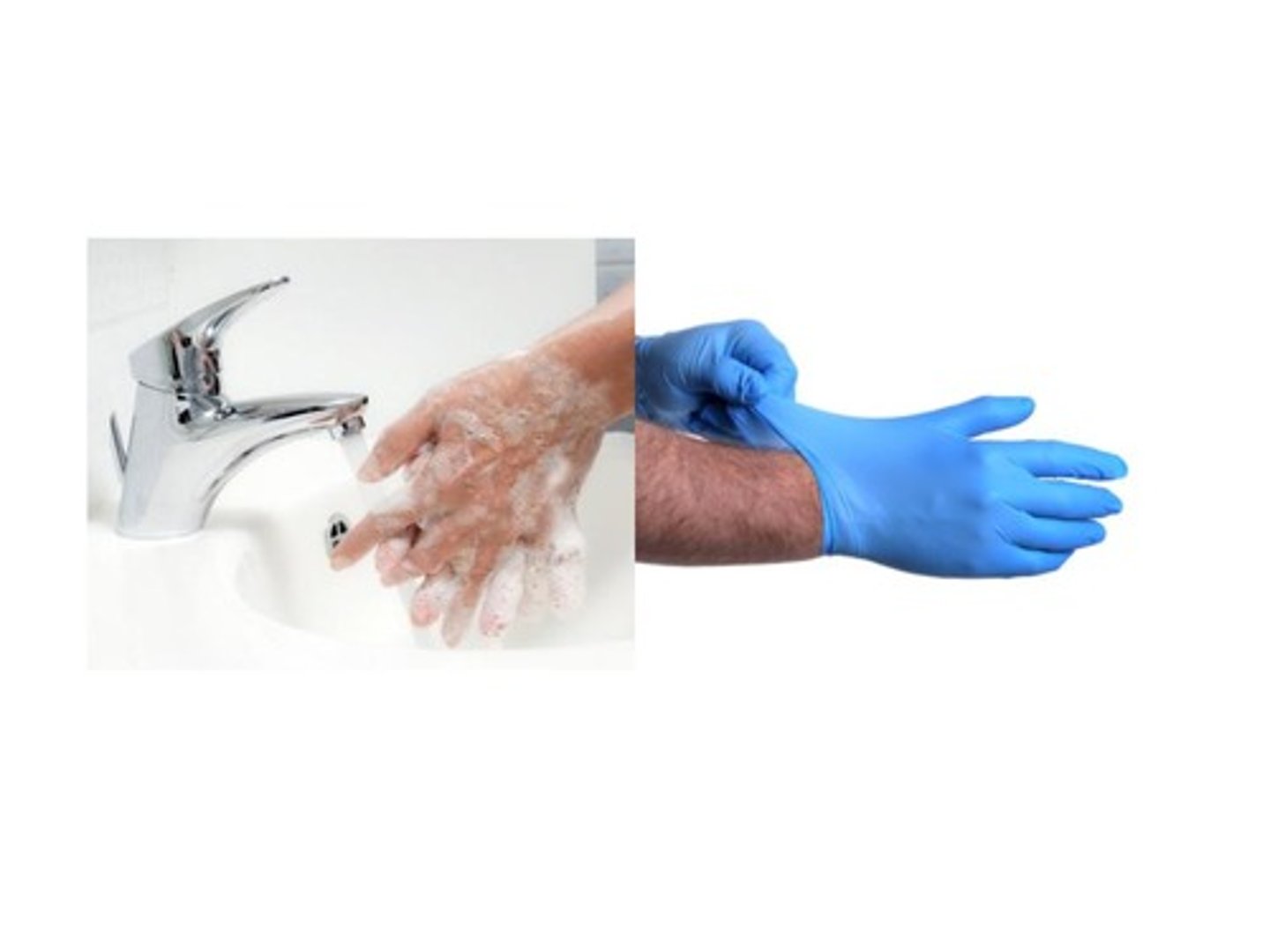
asymptomatic
no symptoms or signs of infection are shown